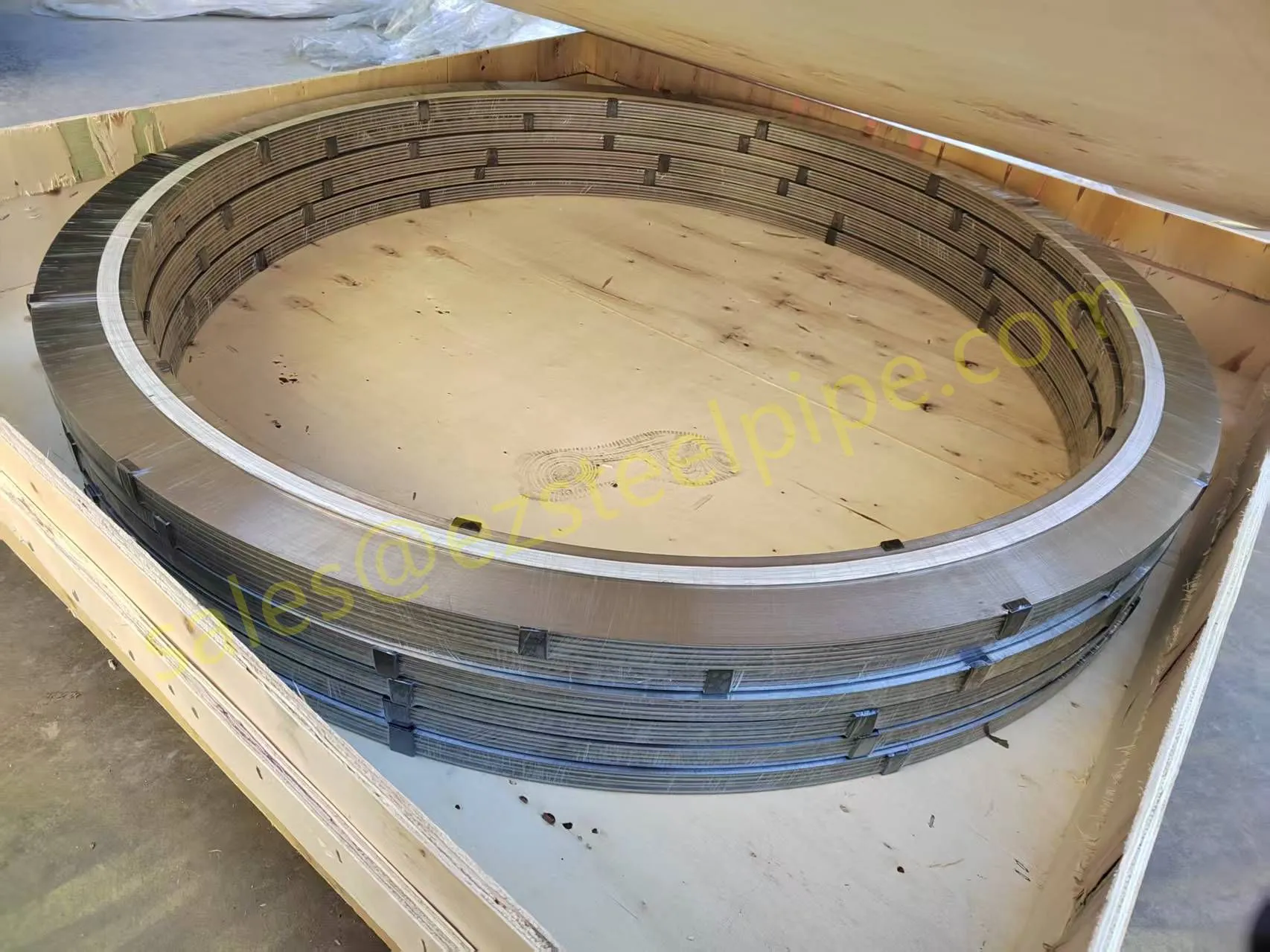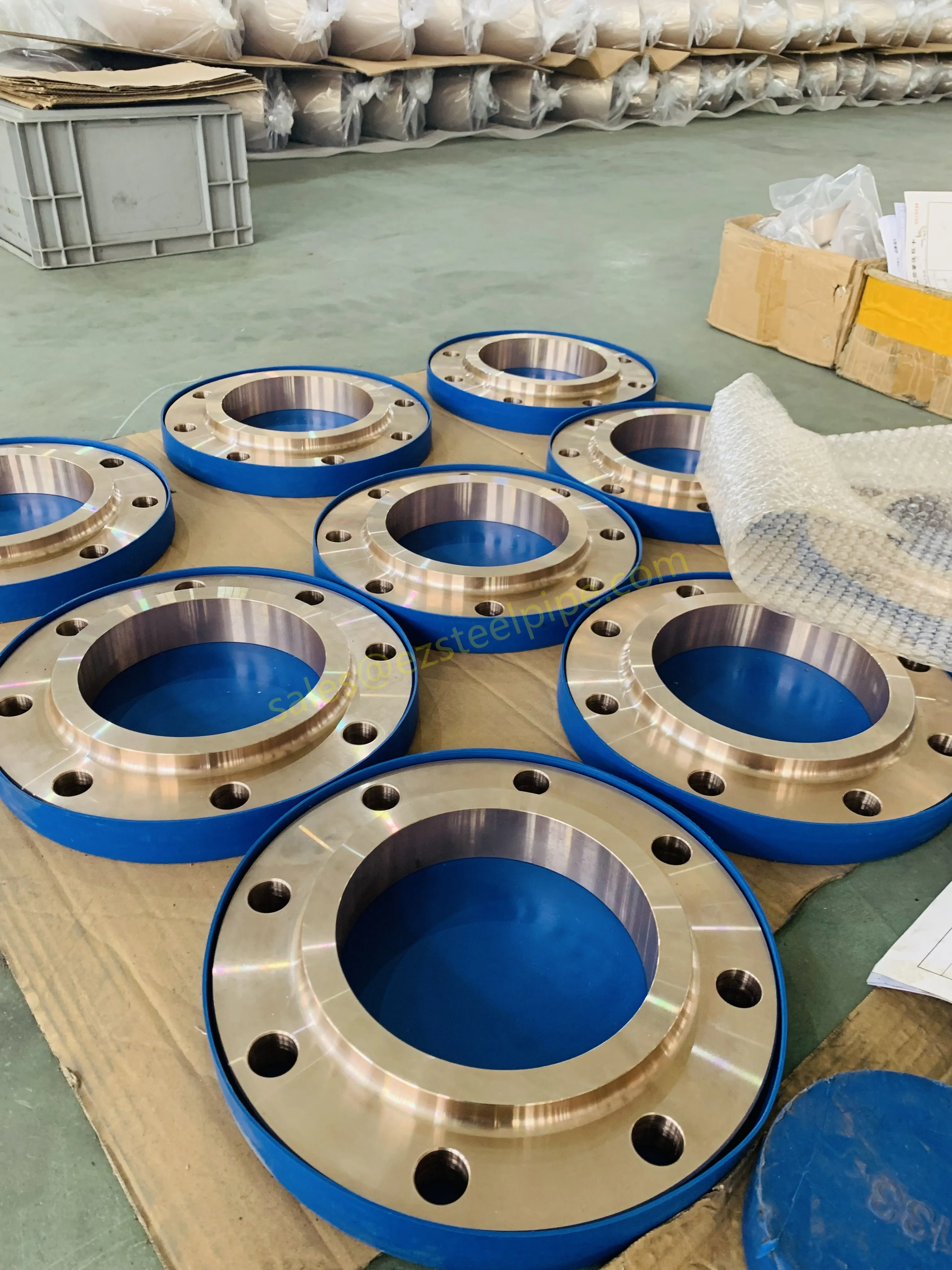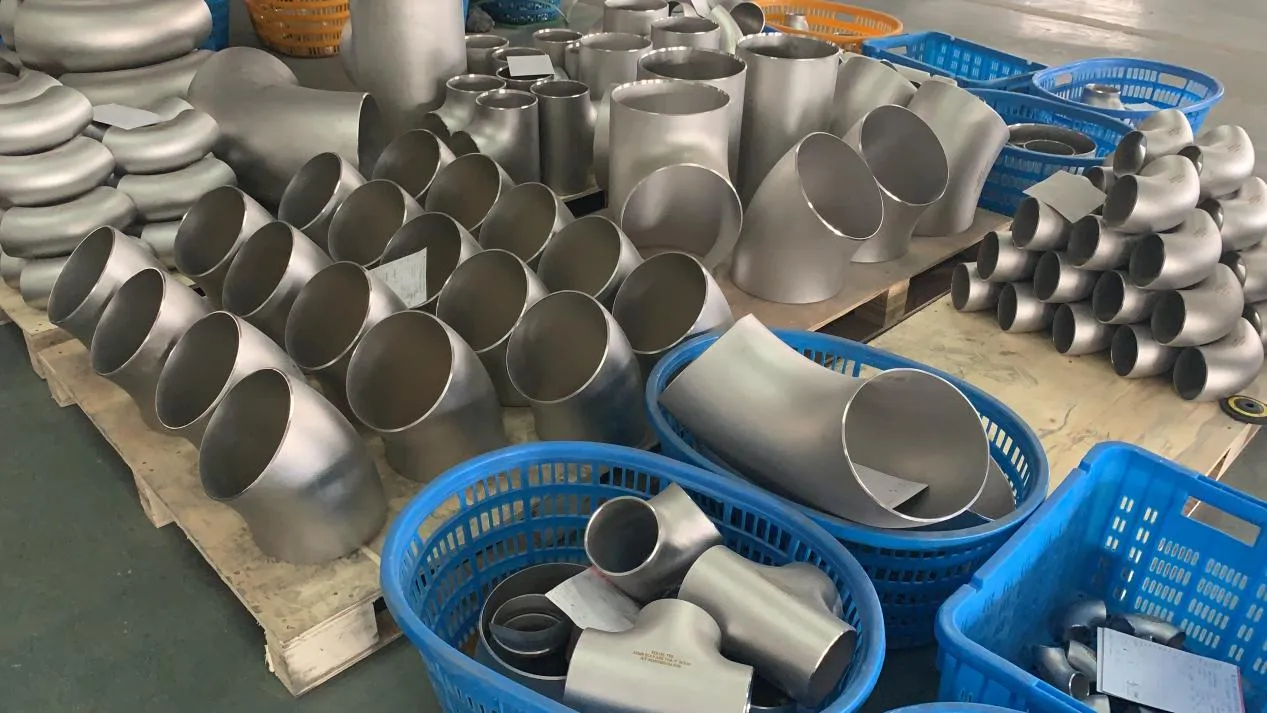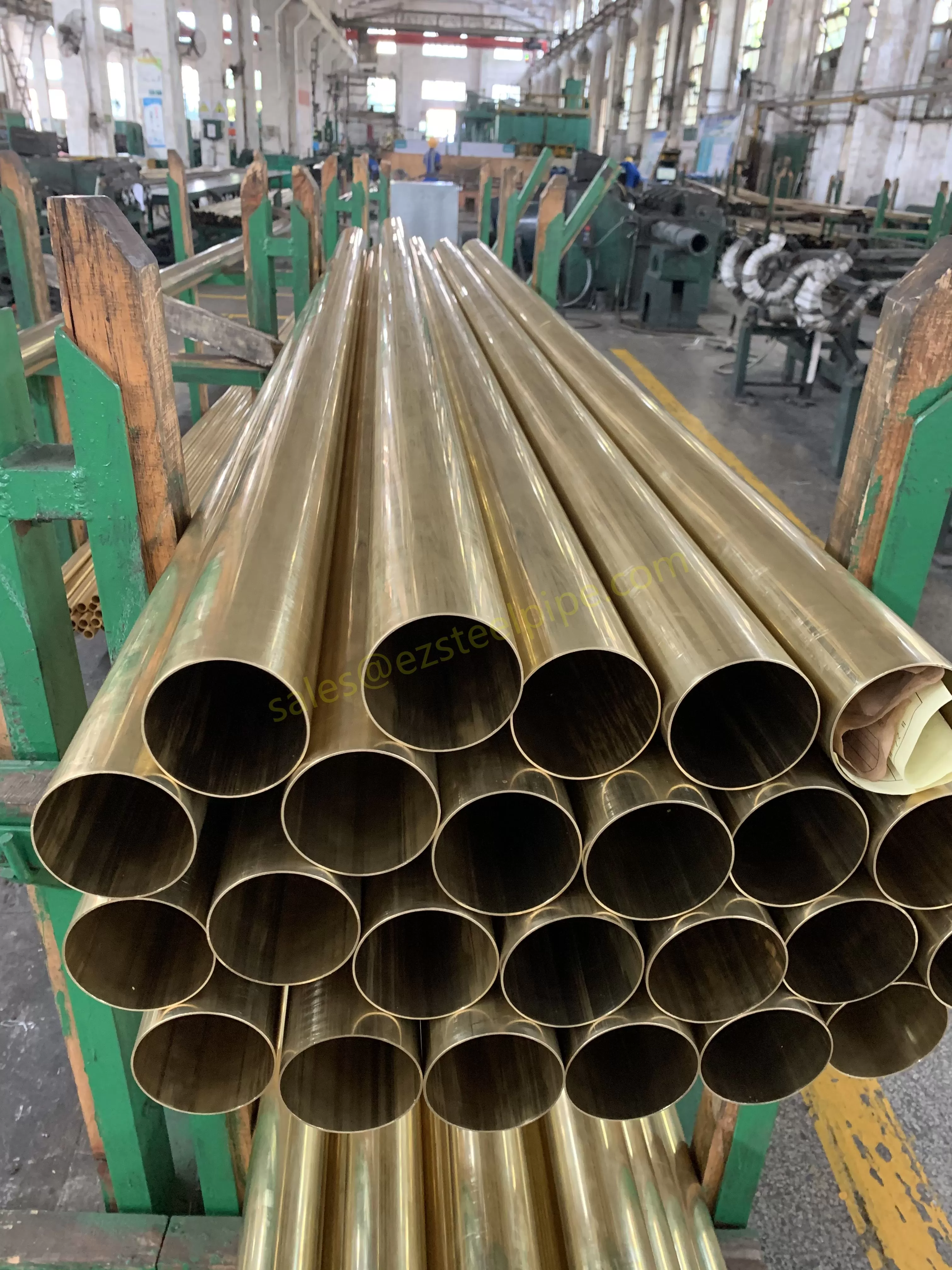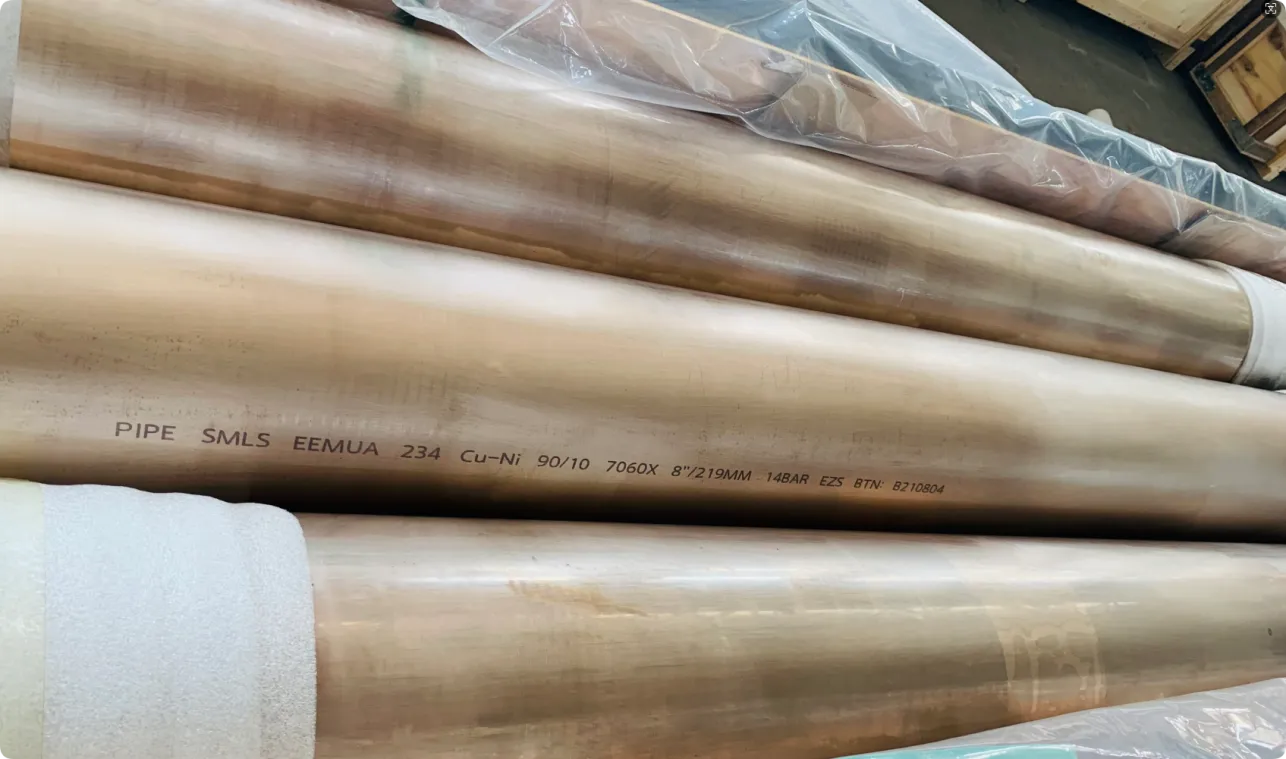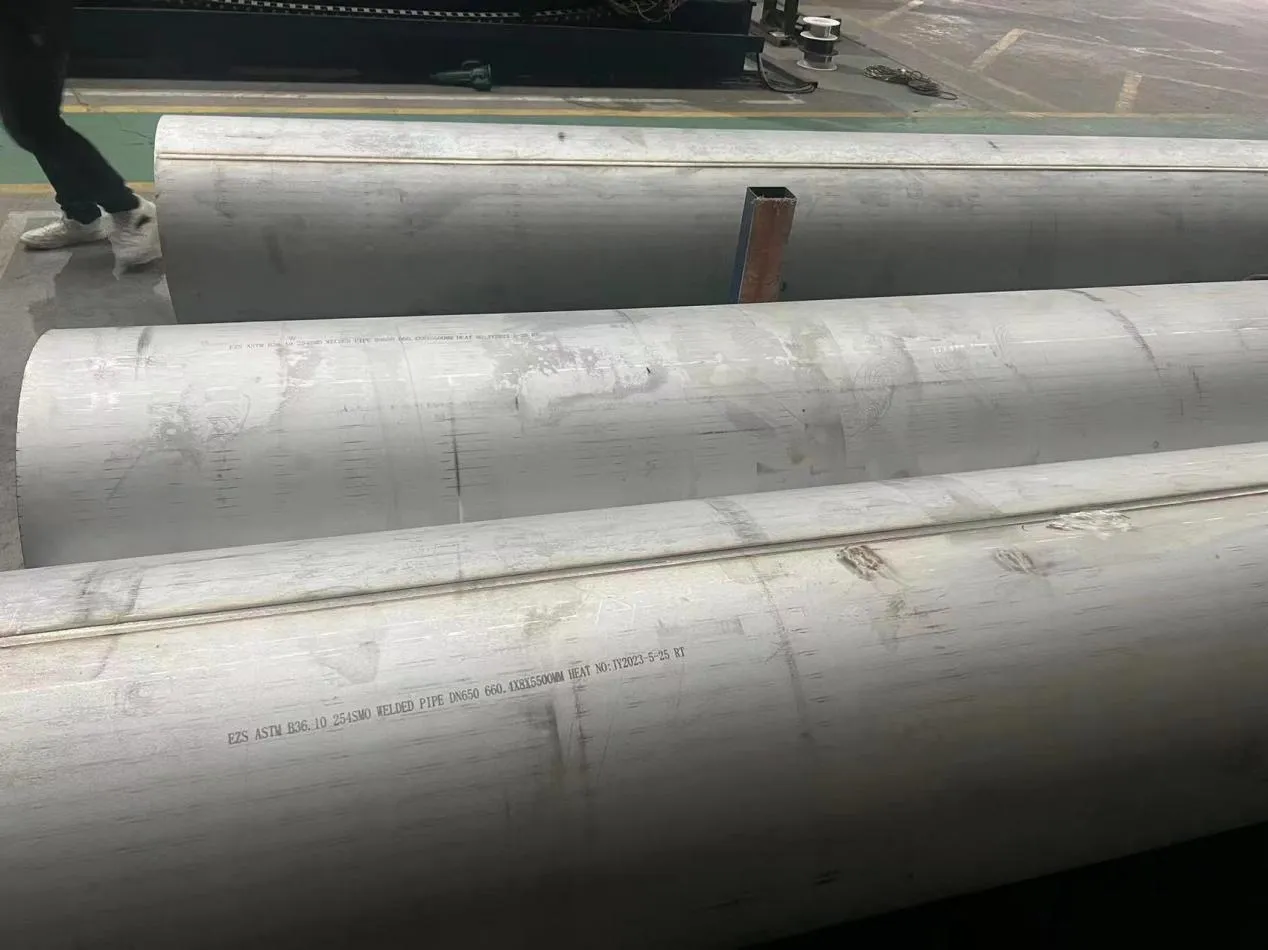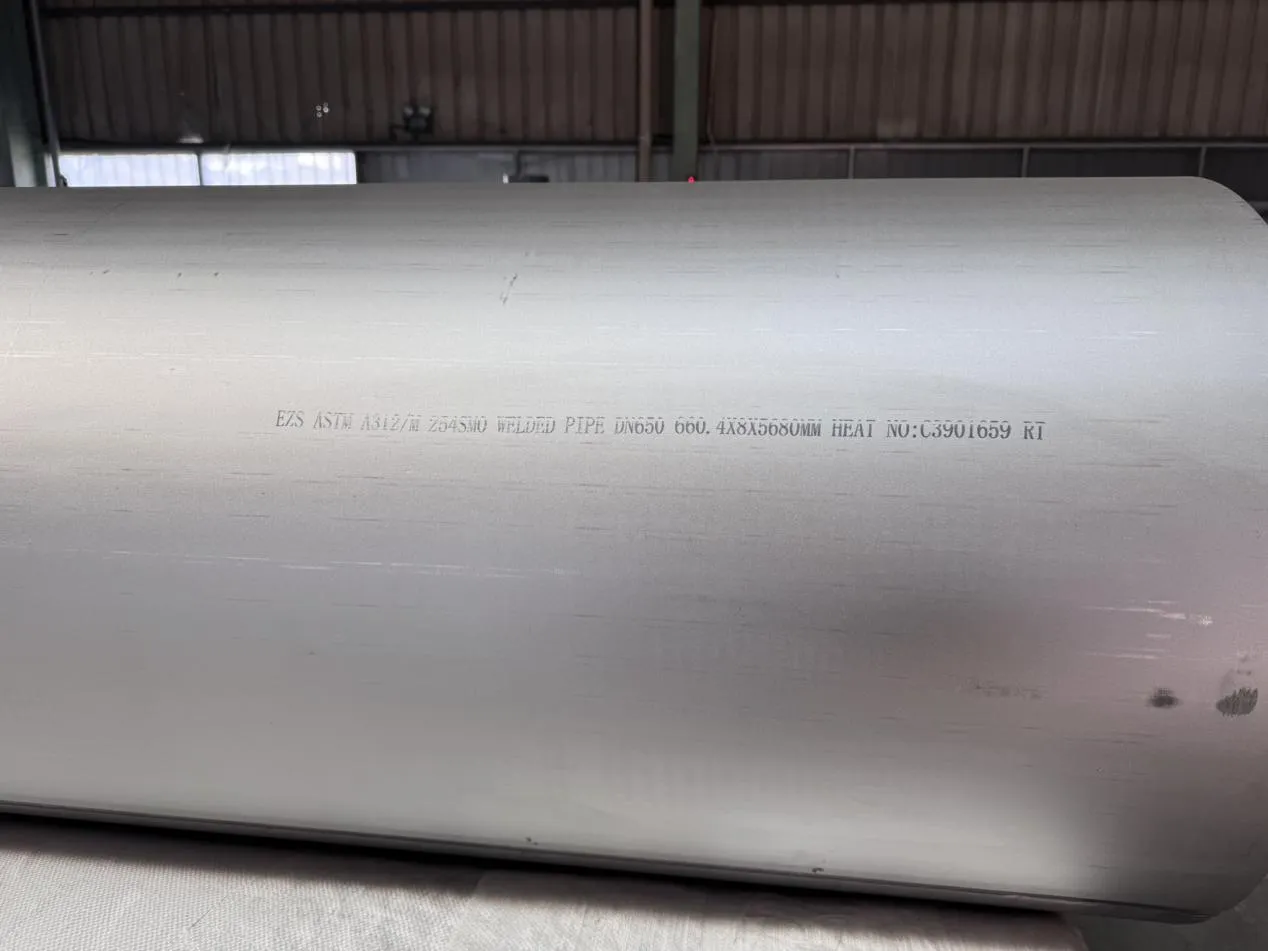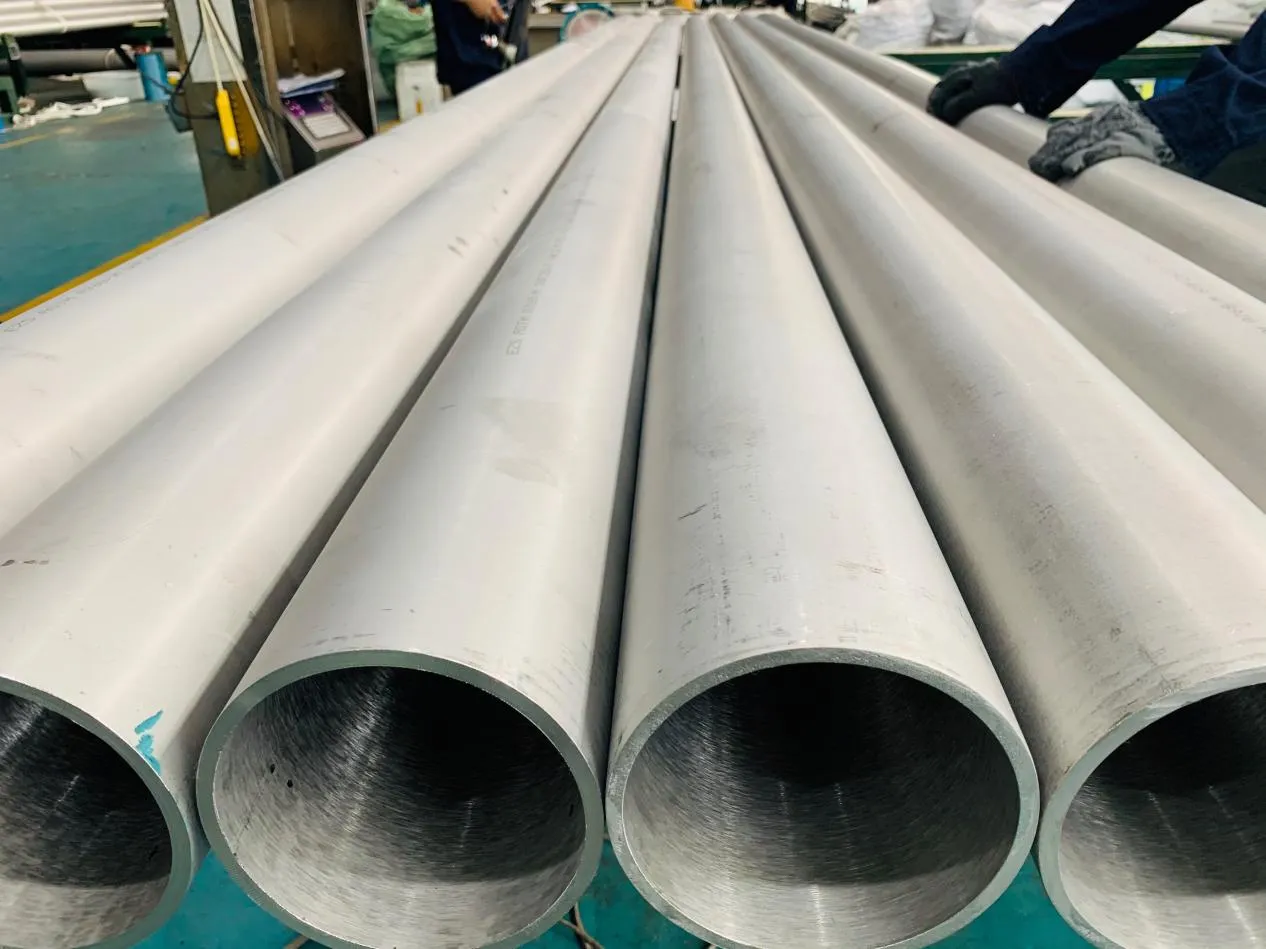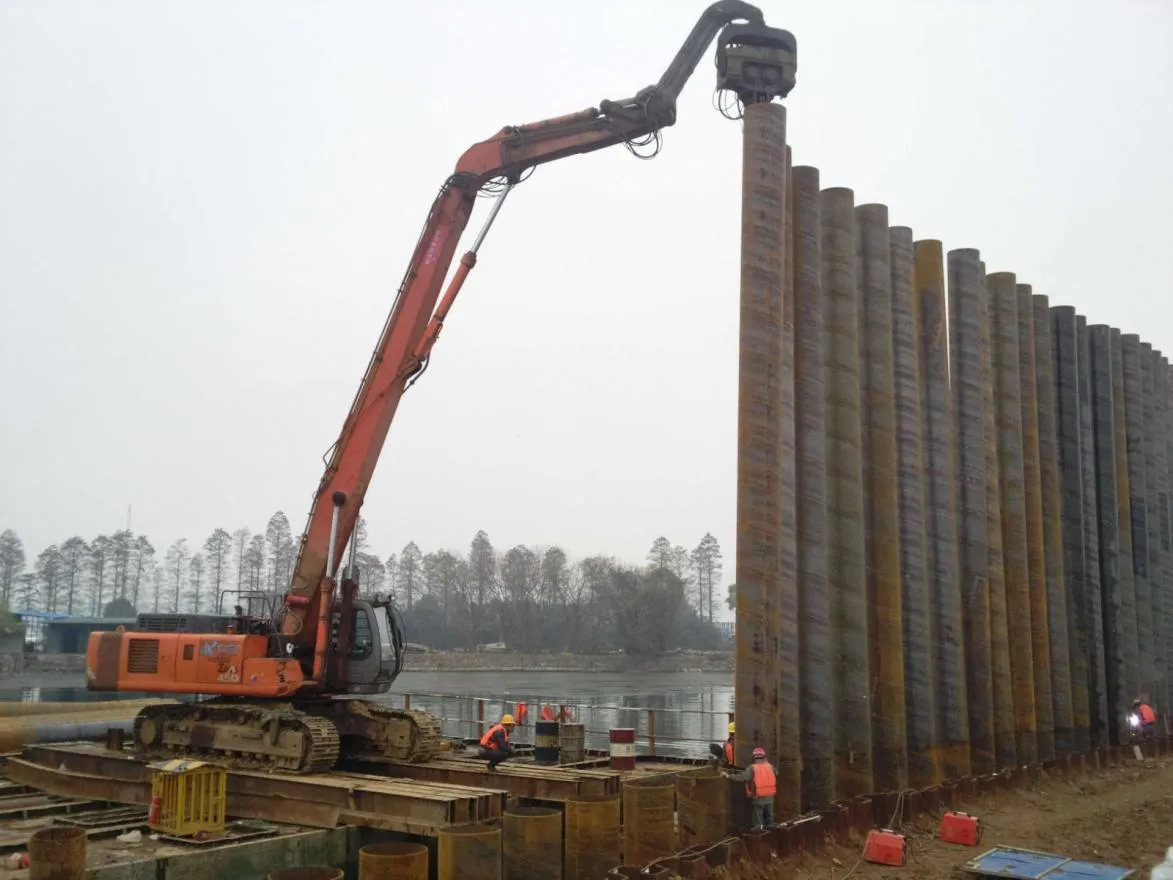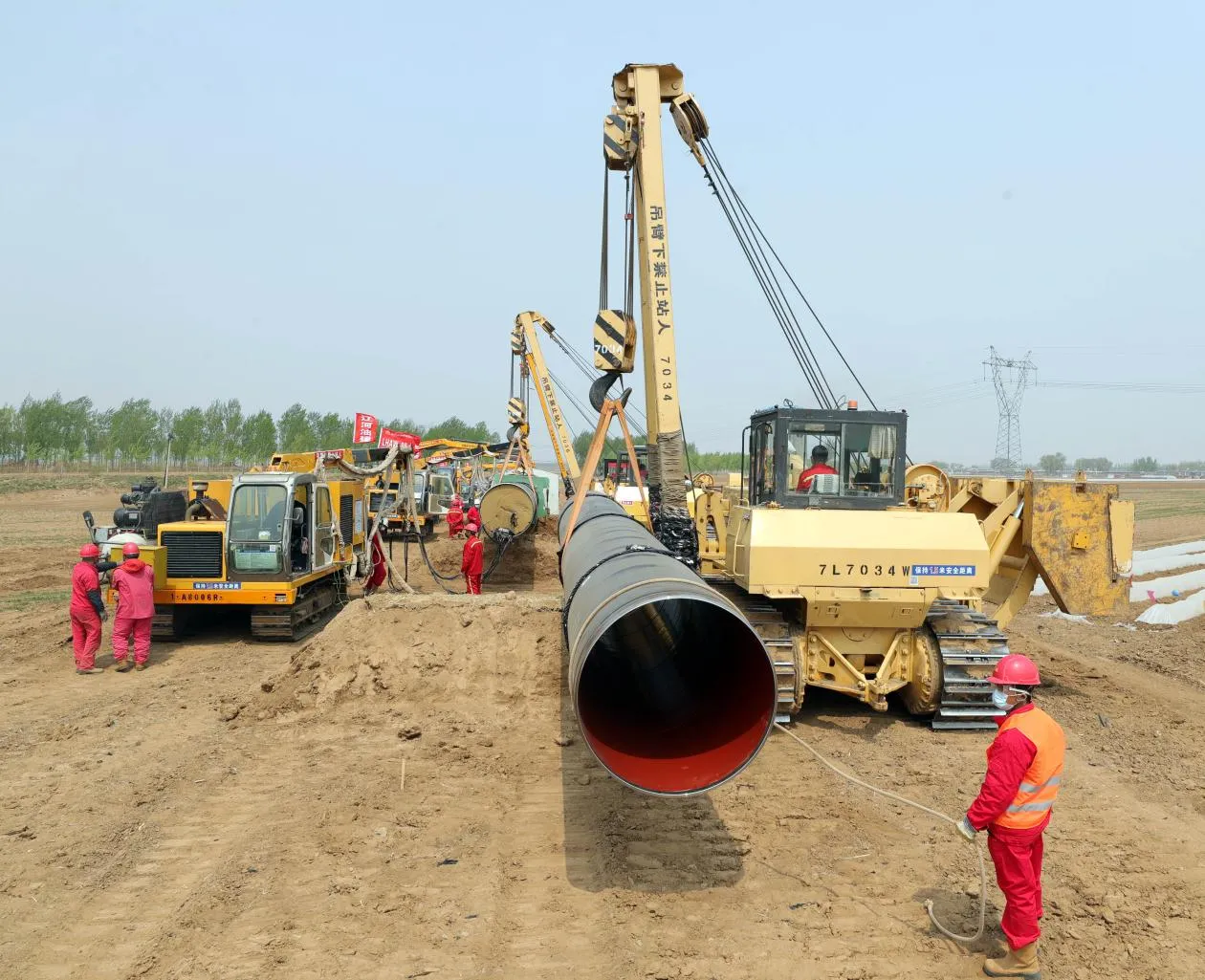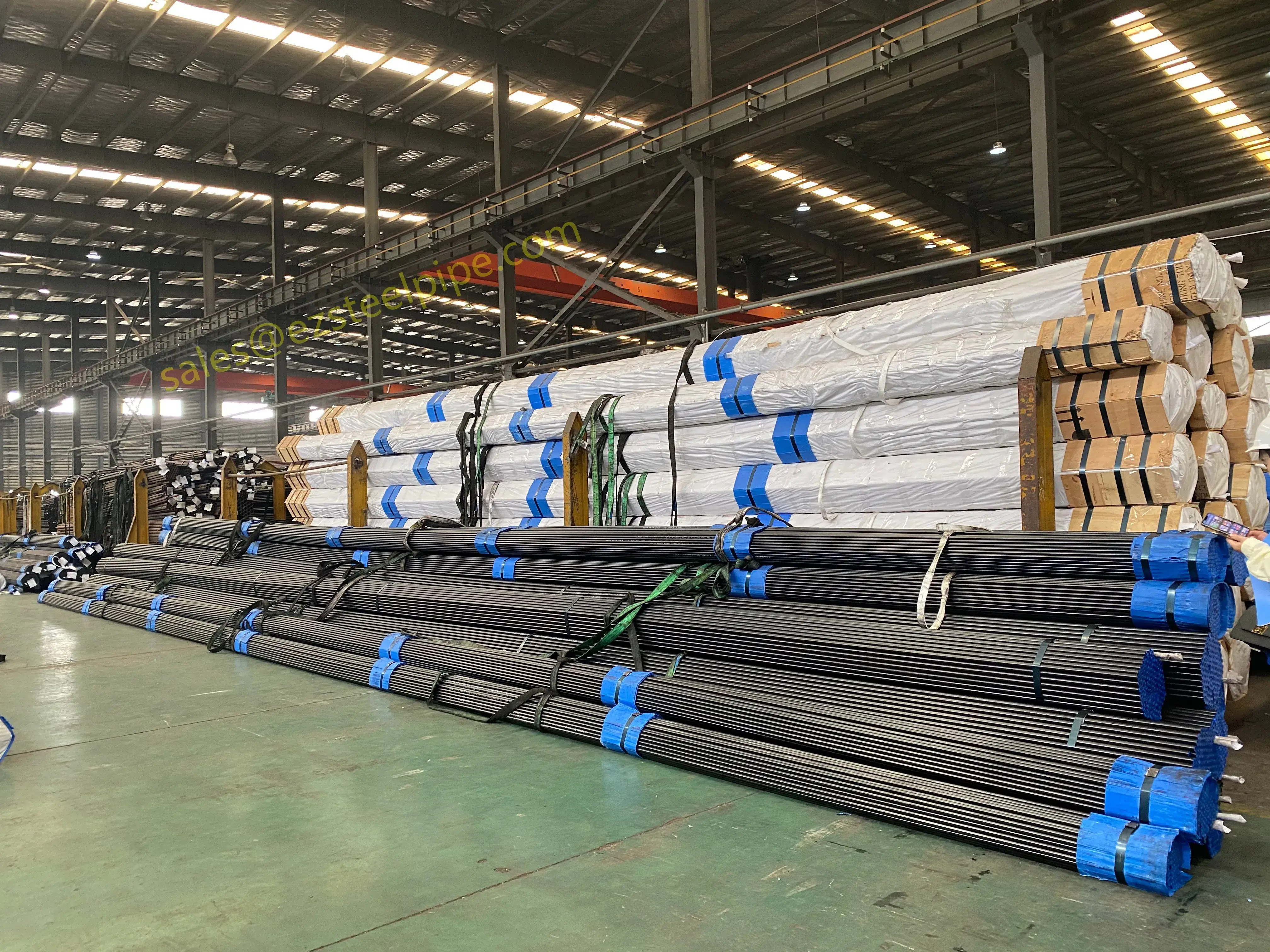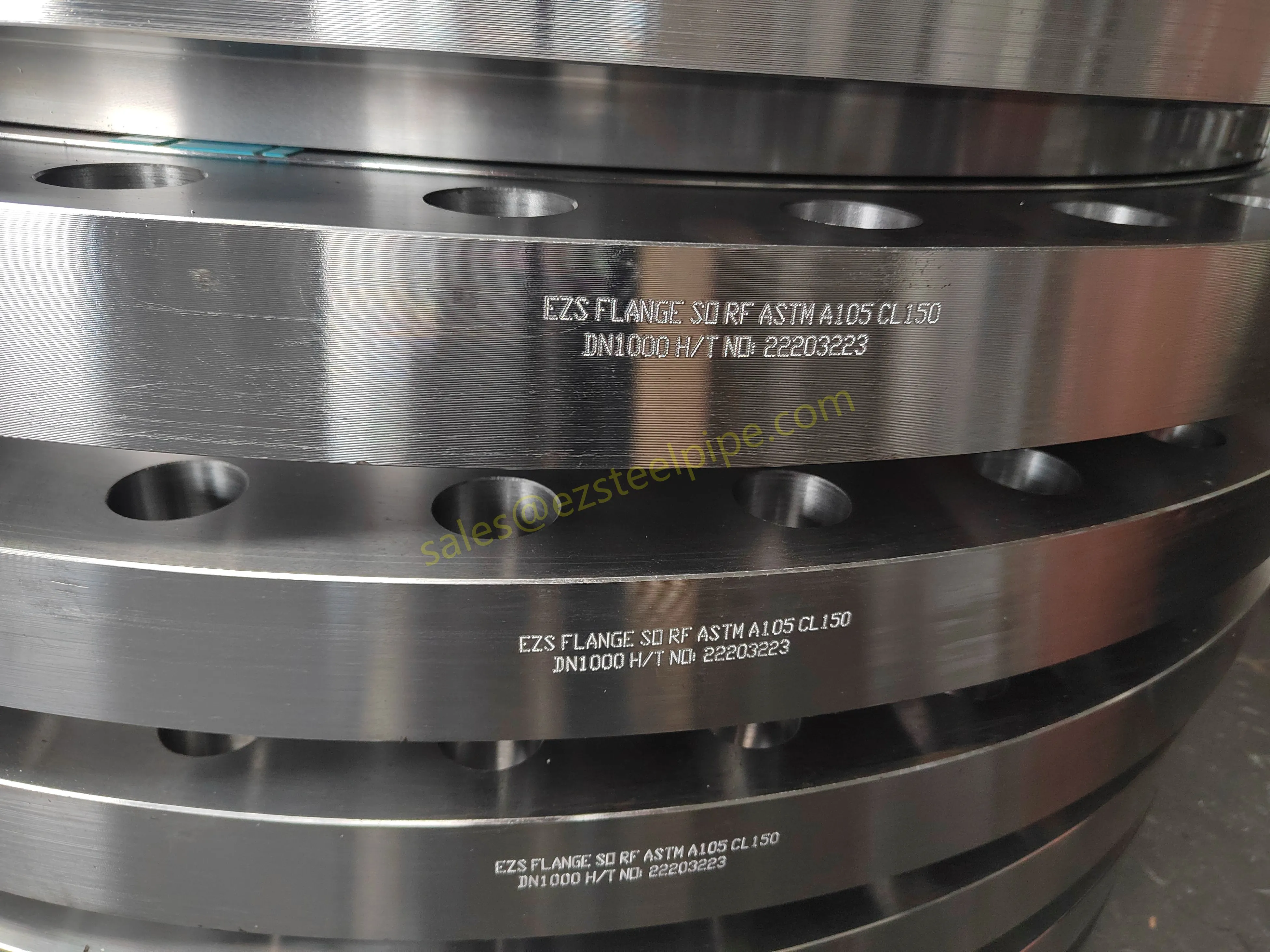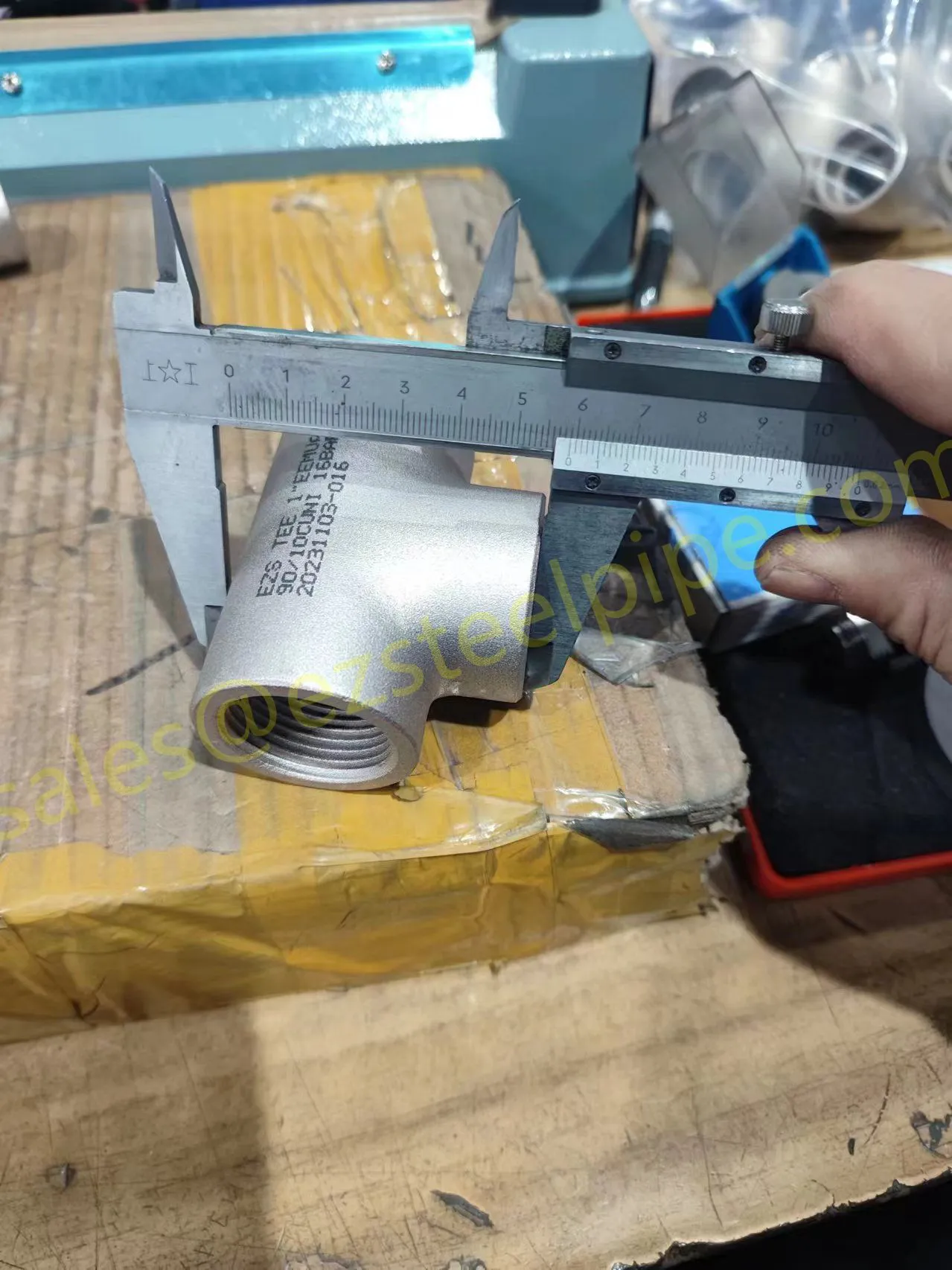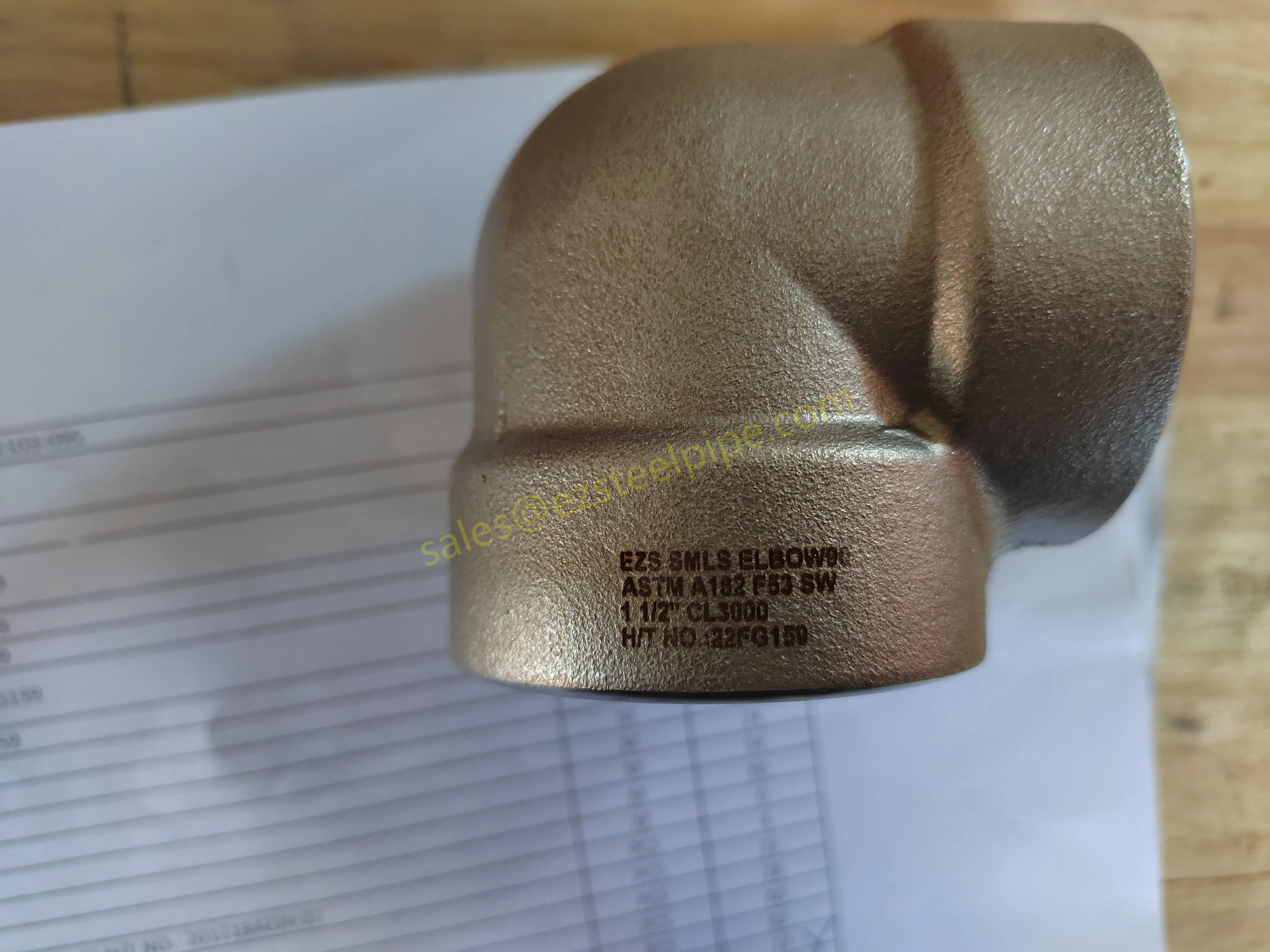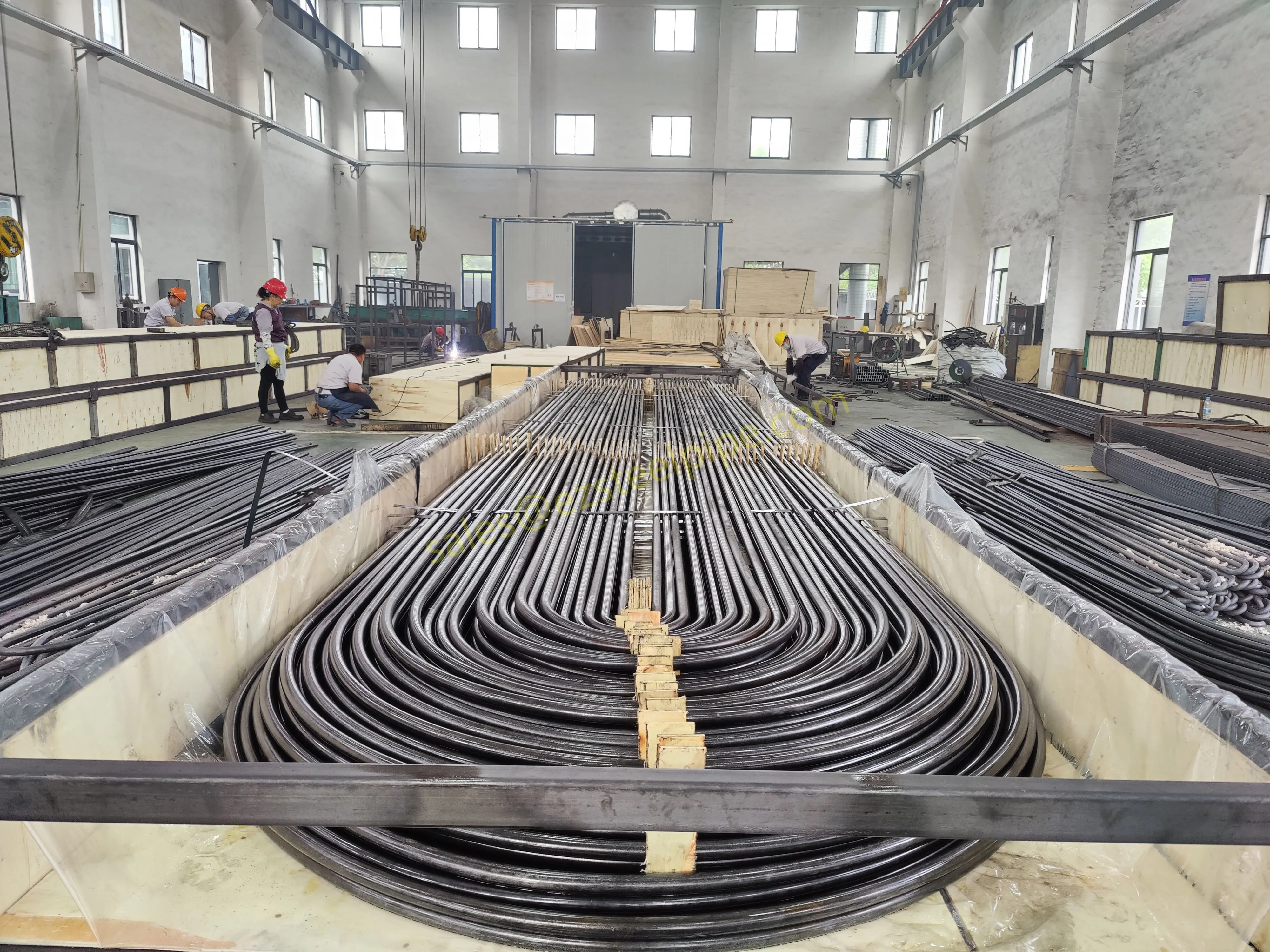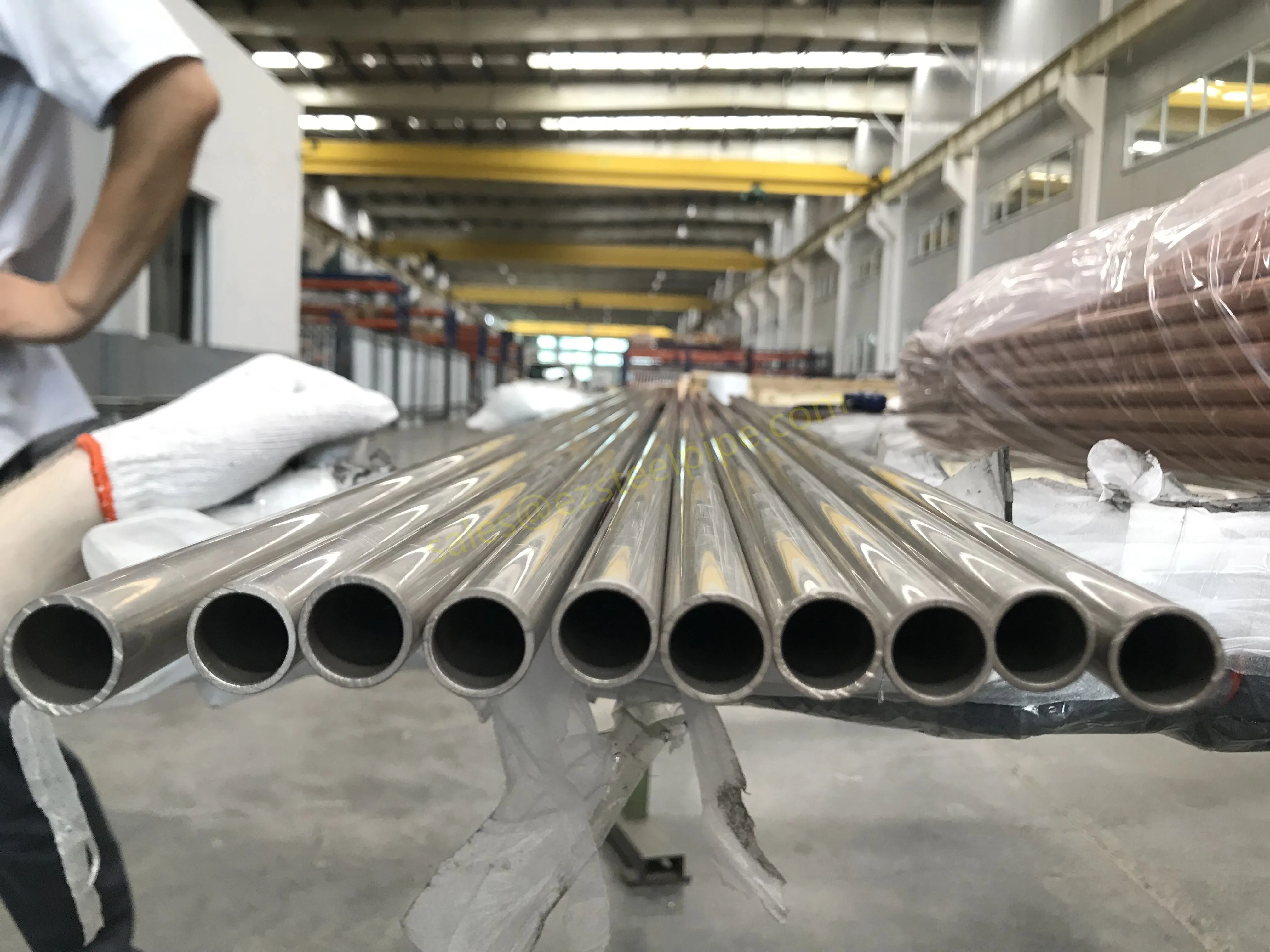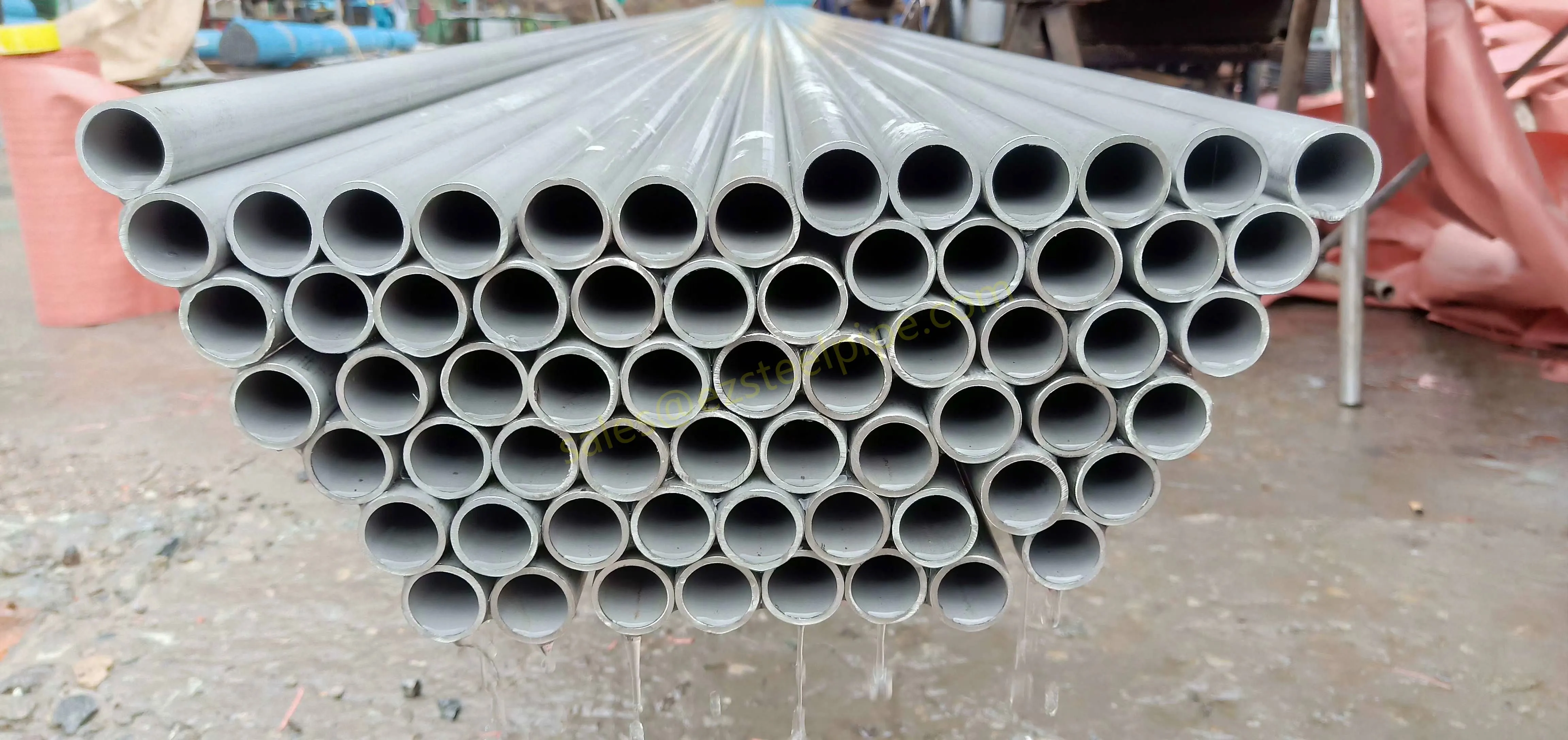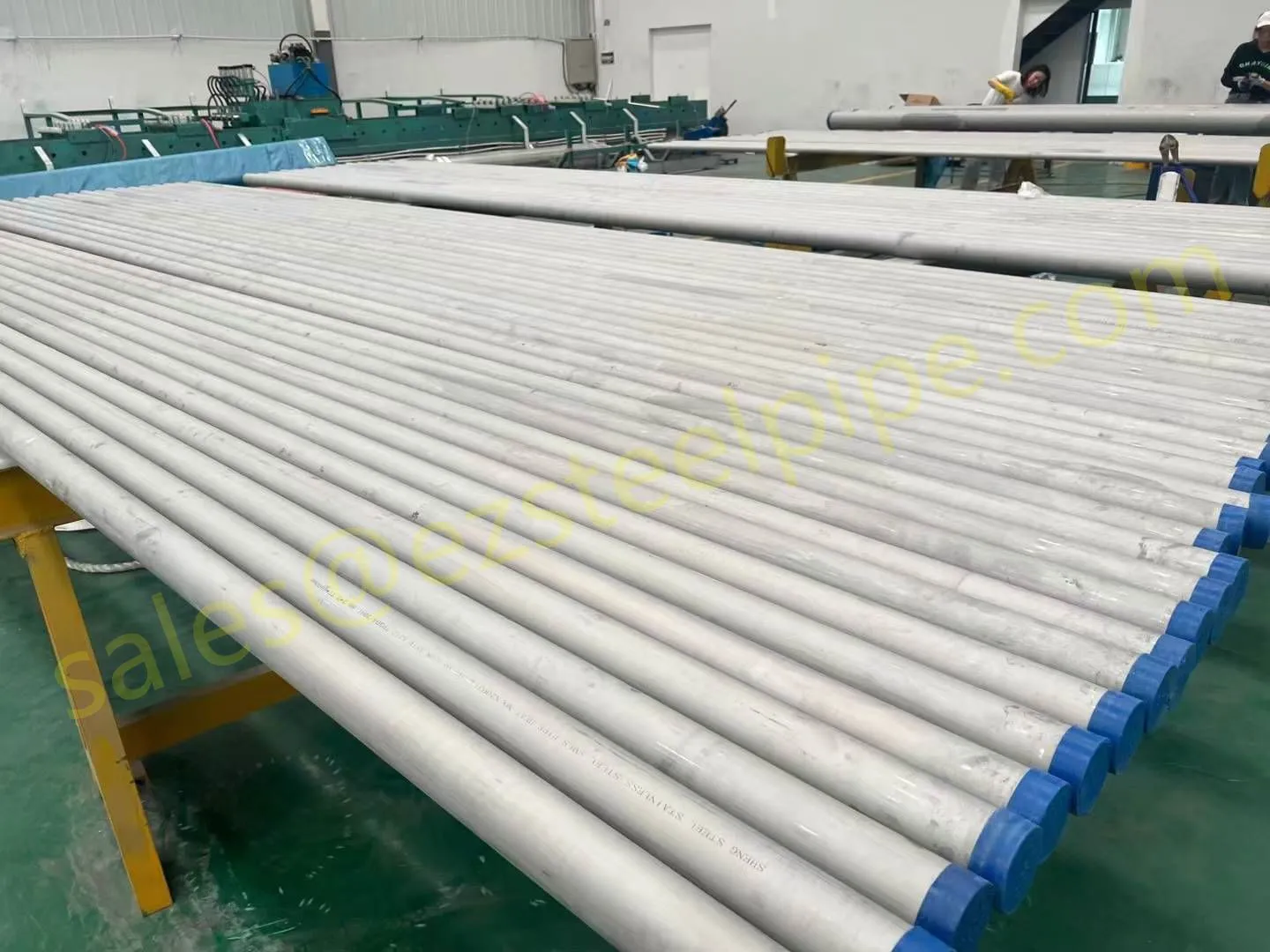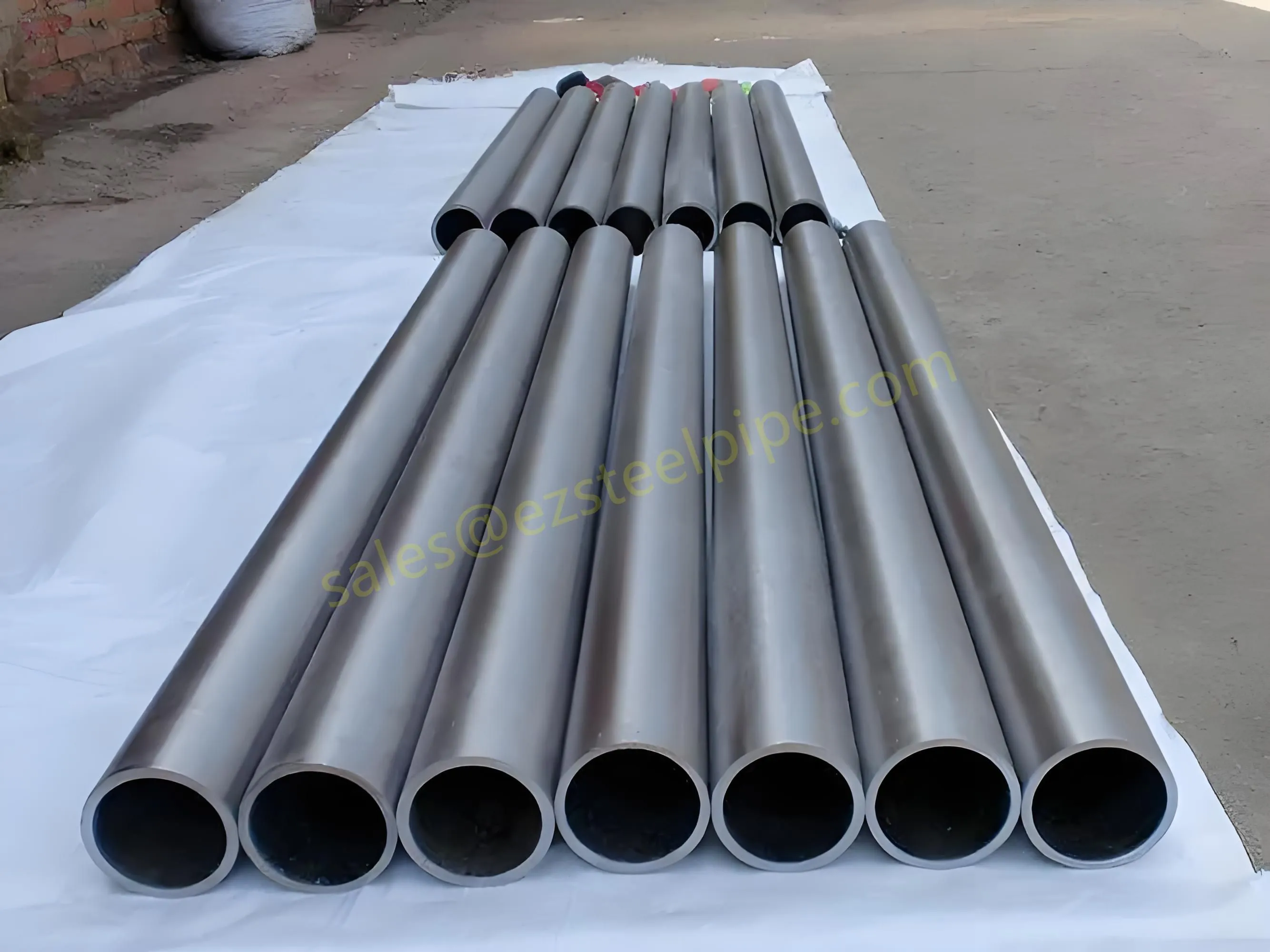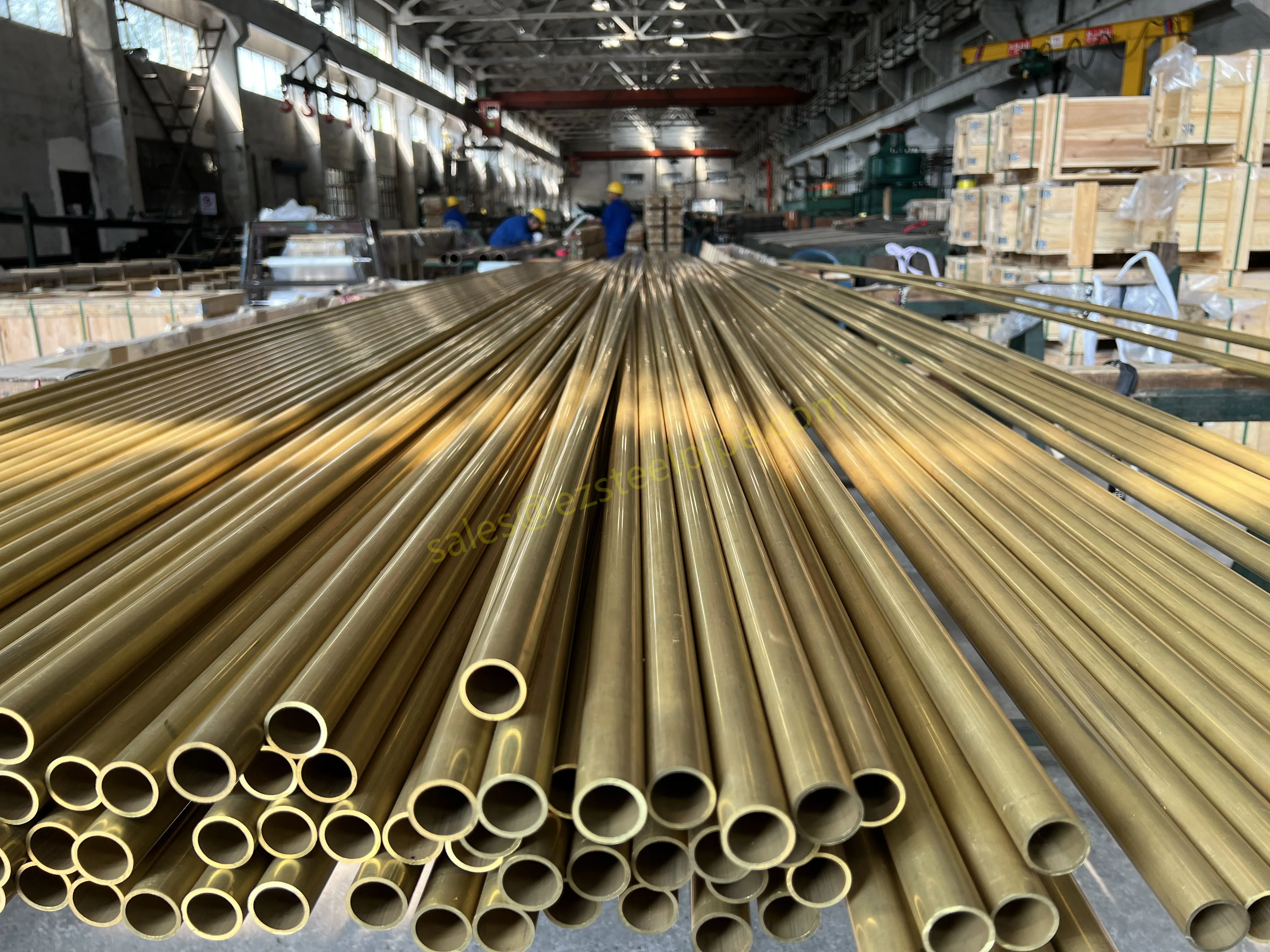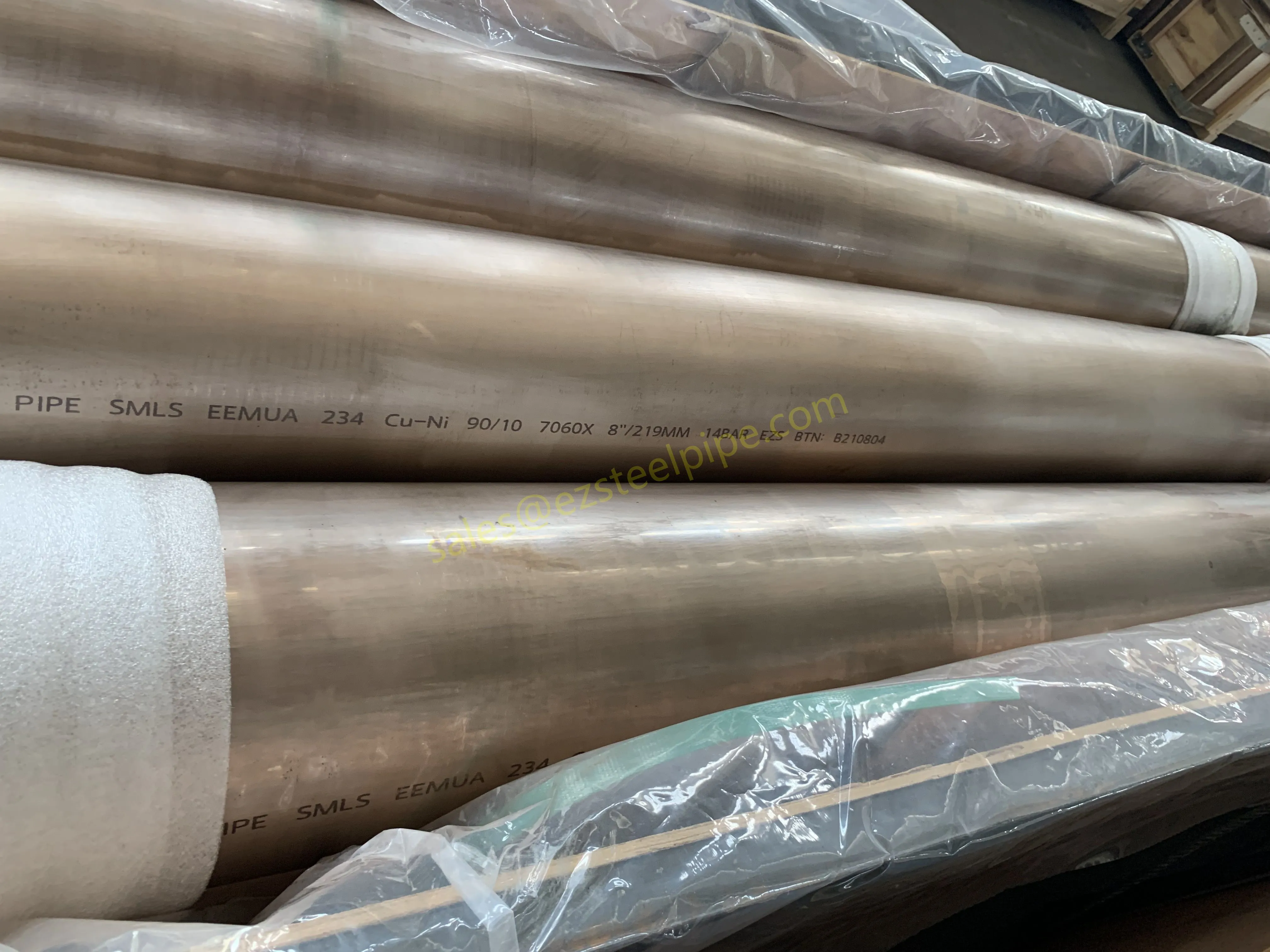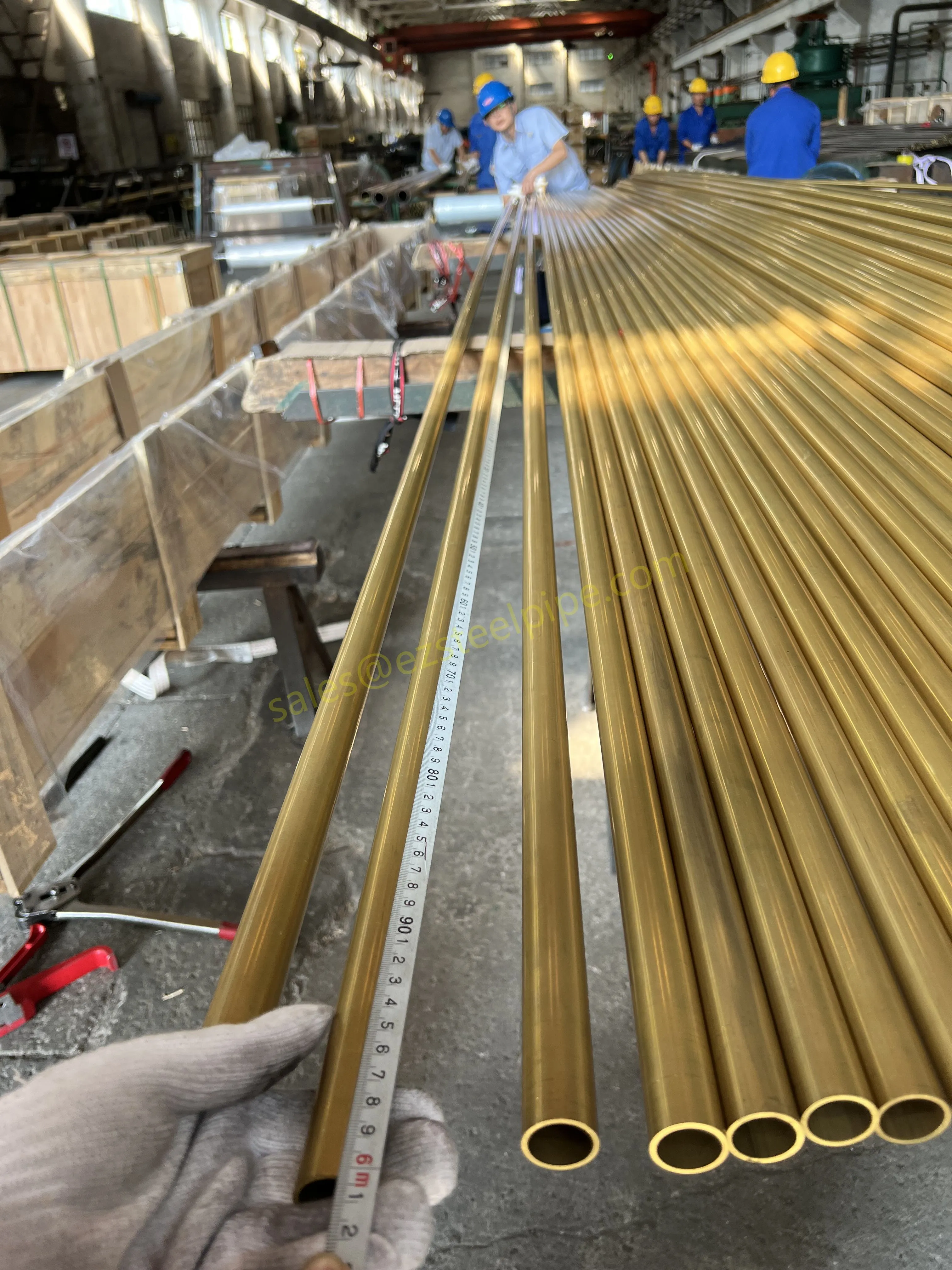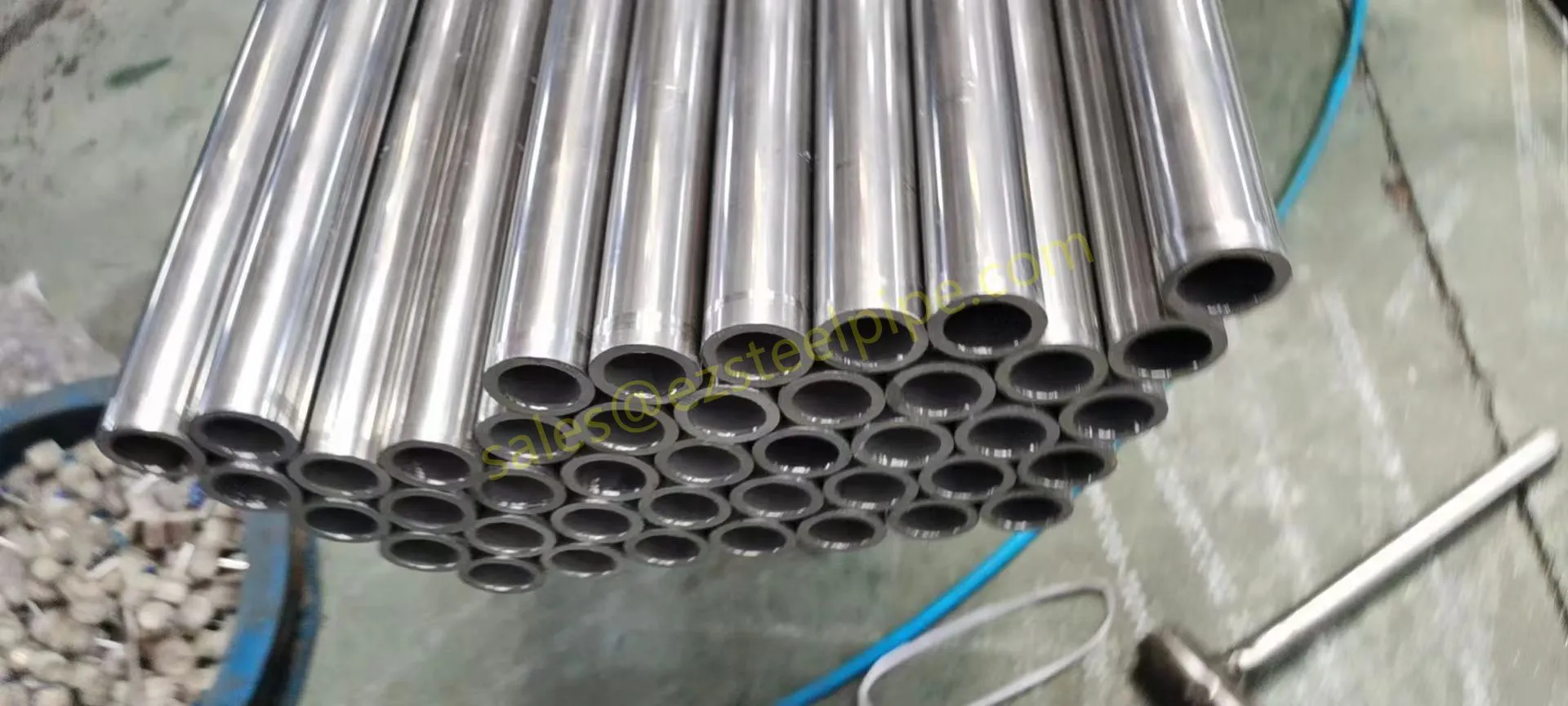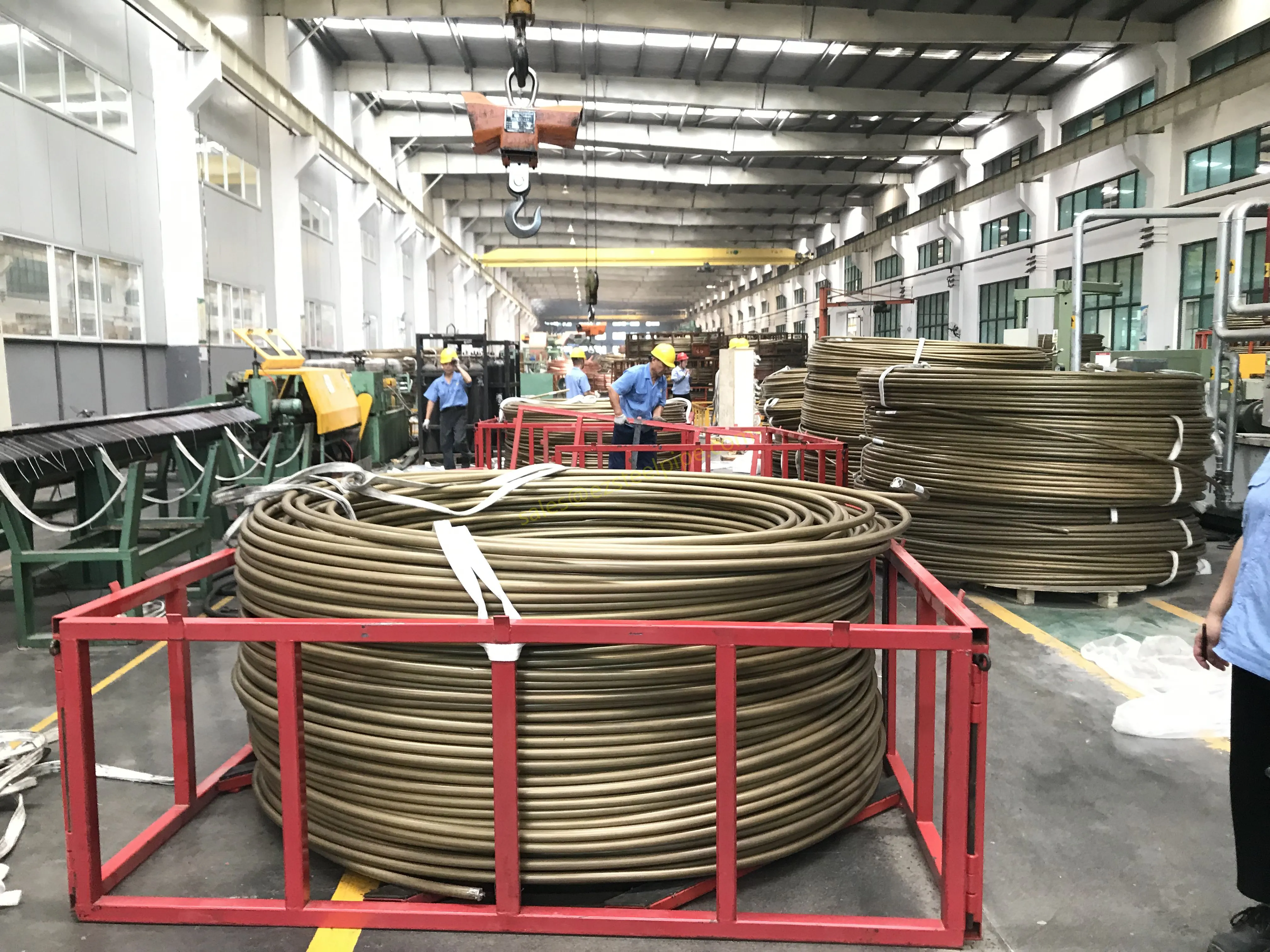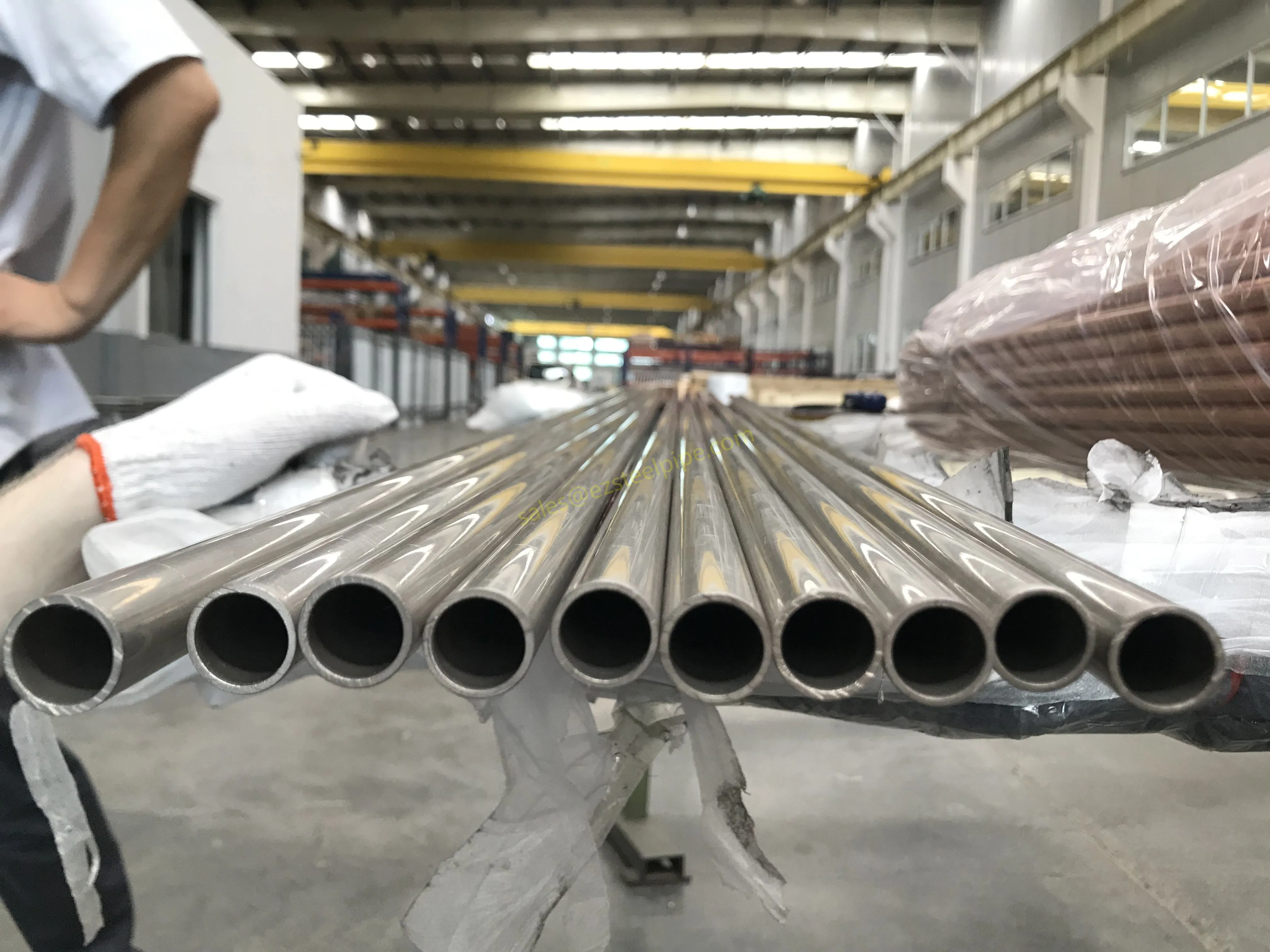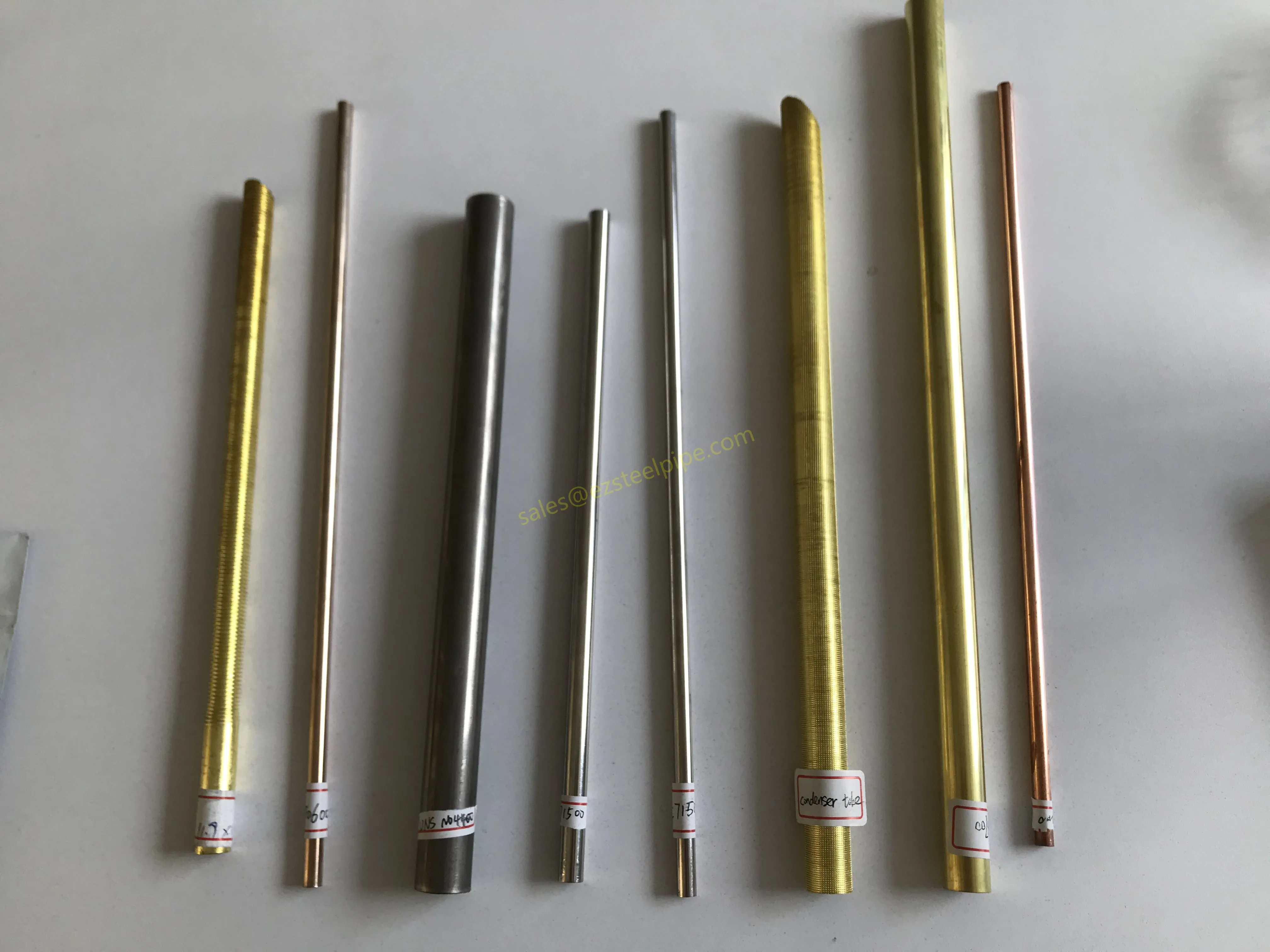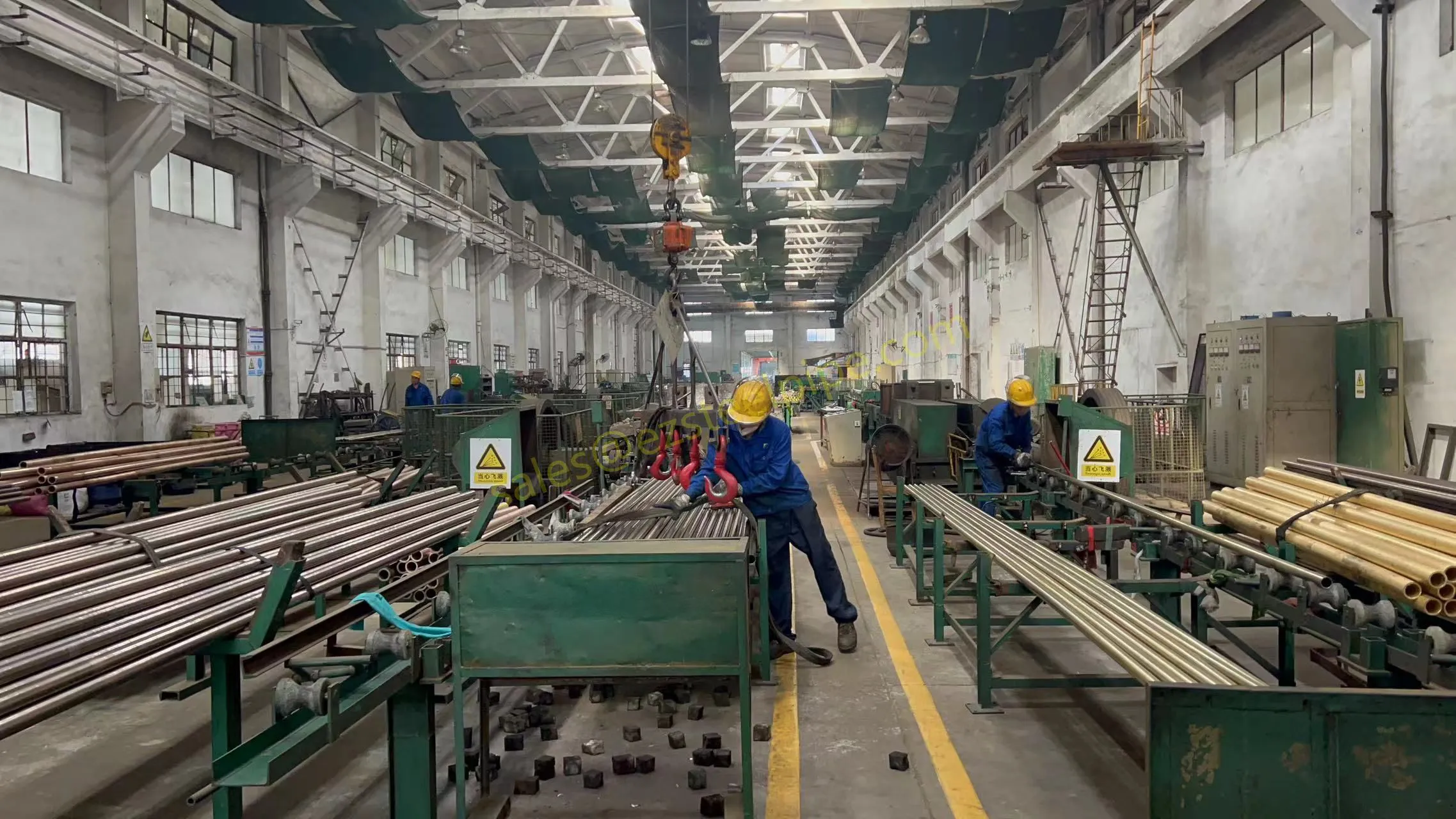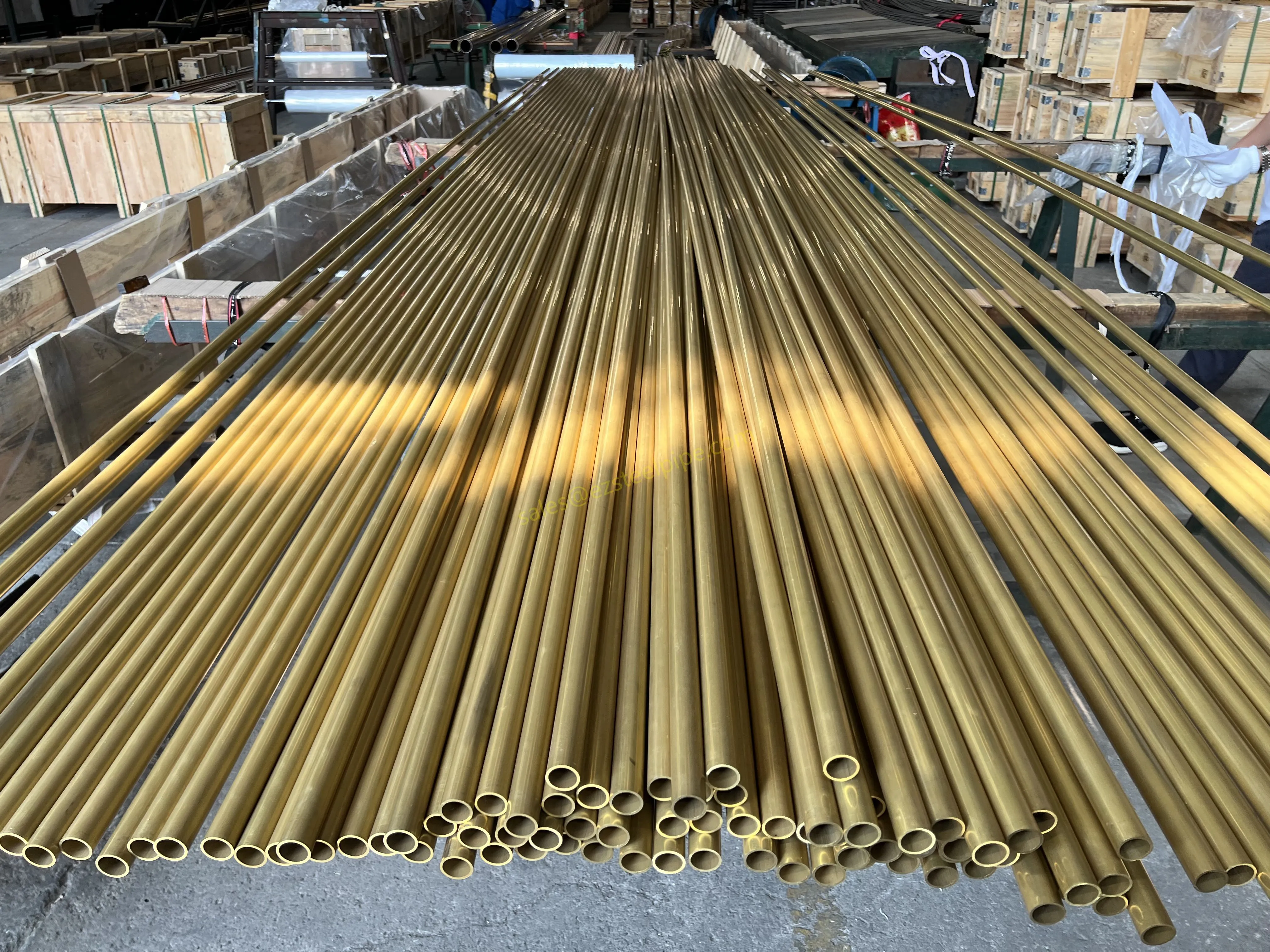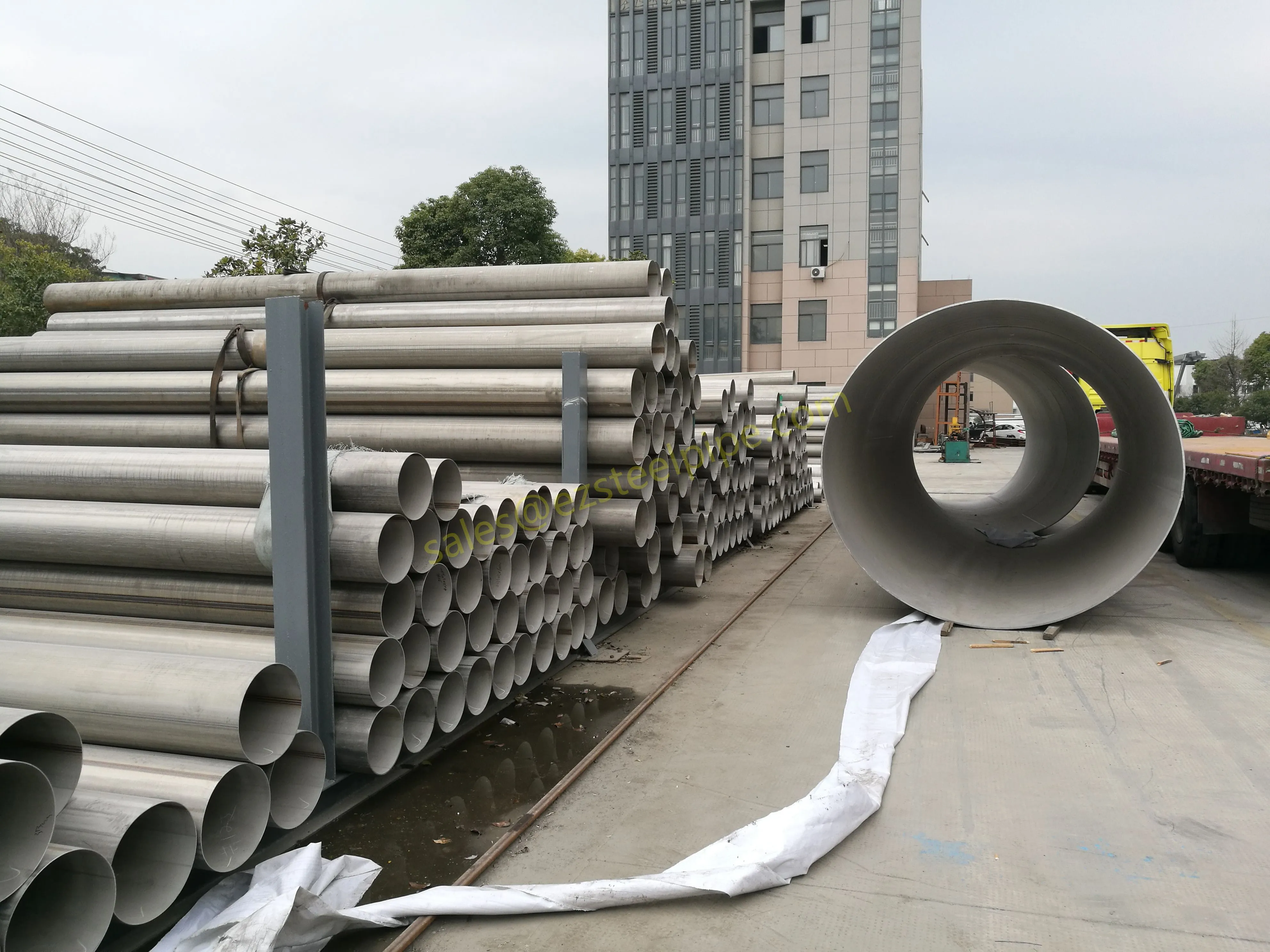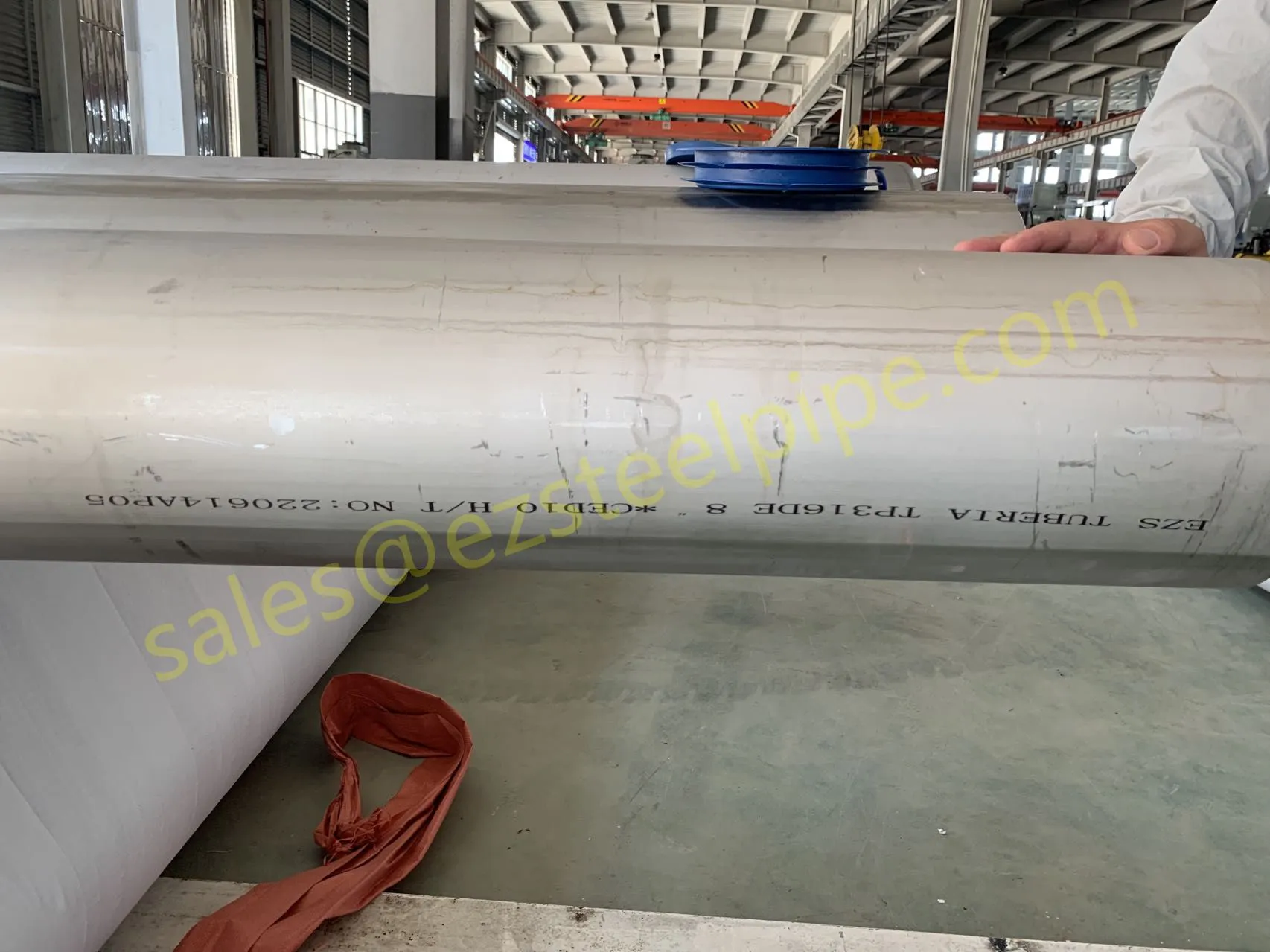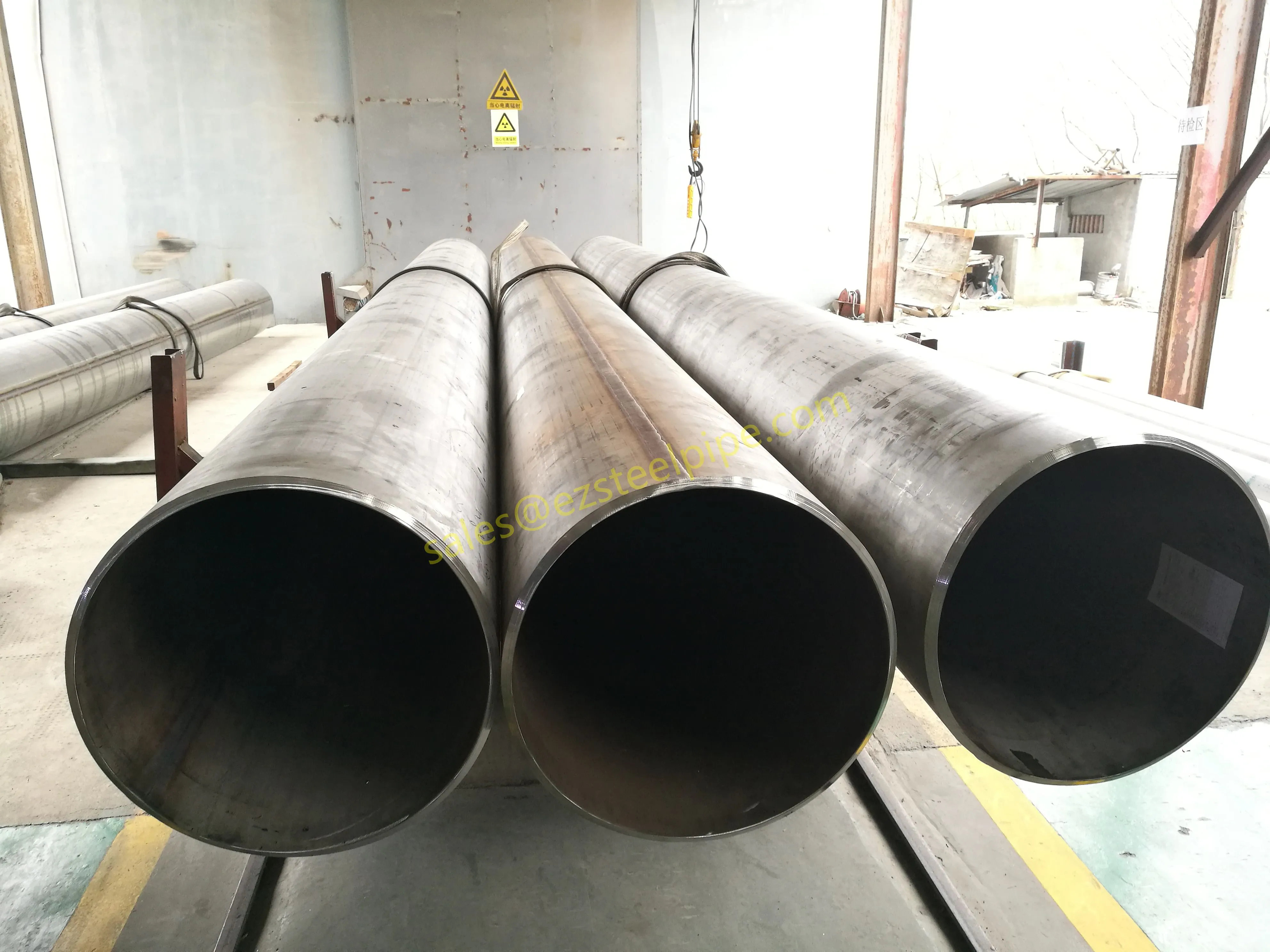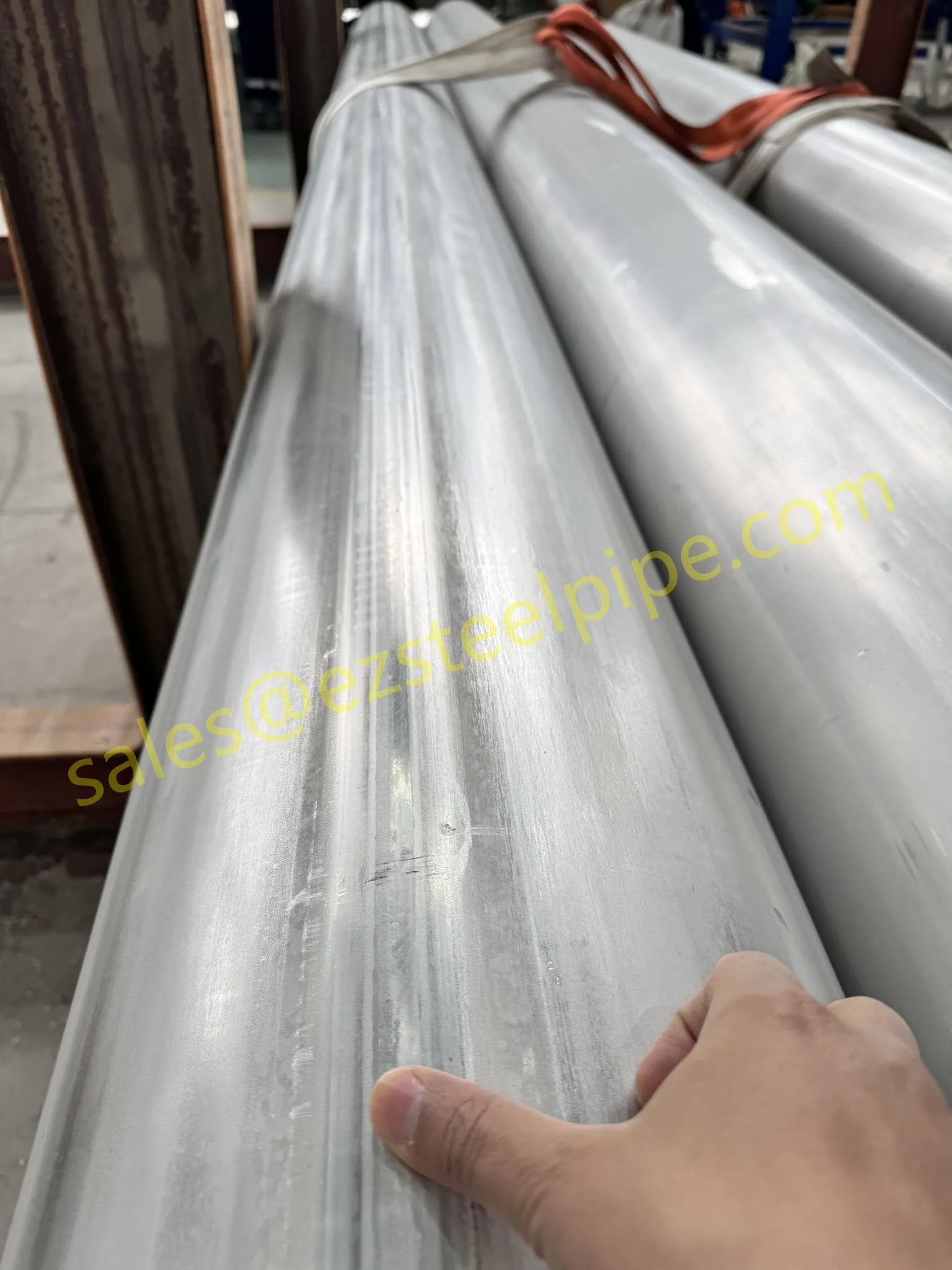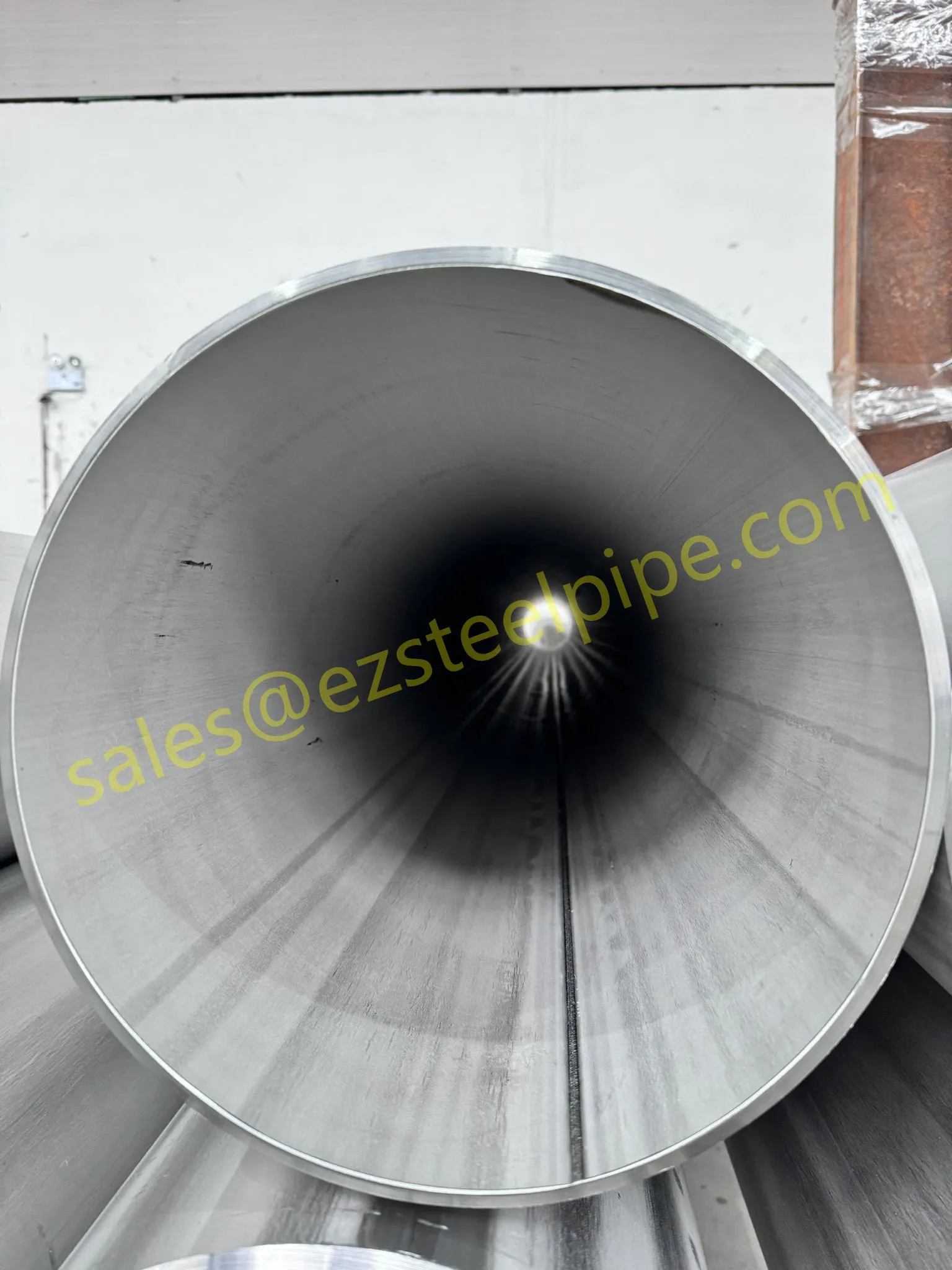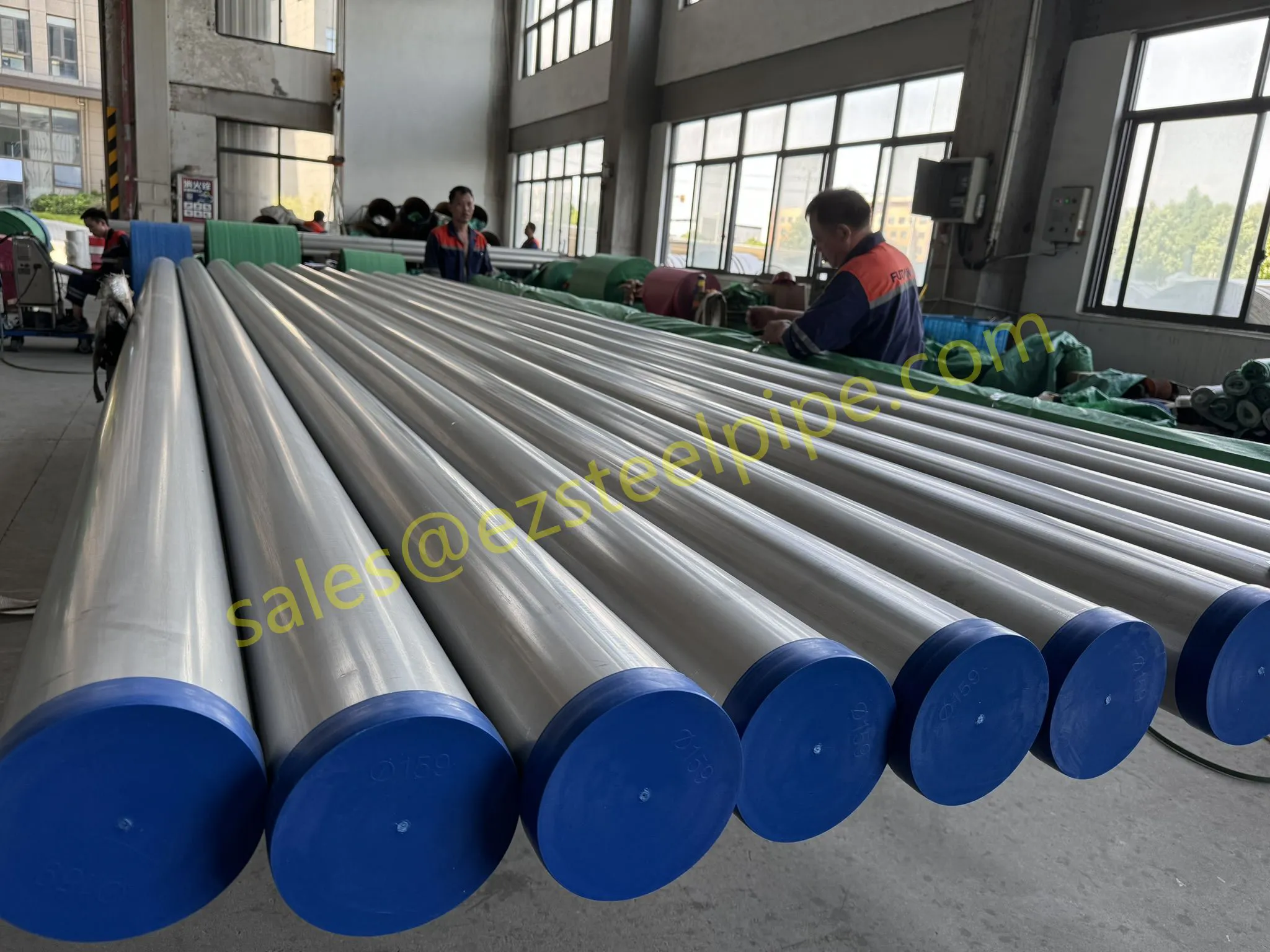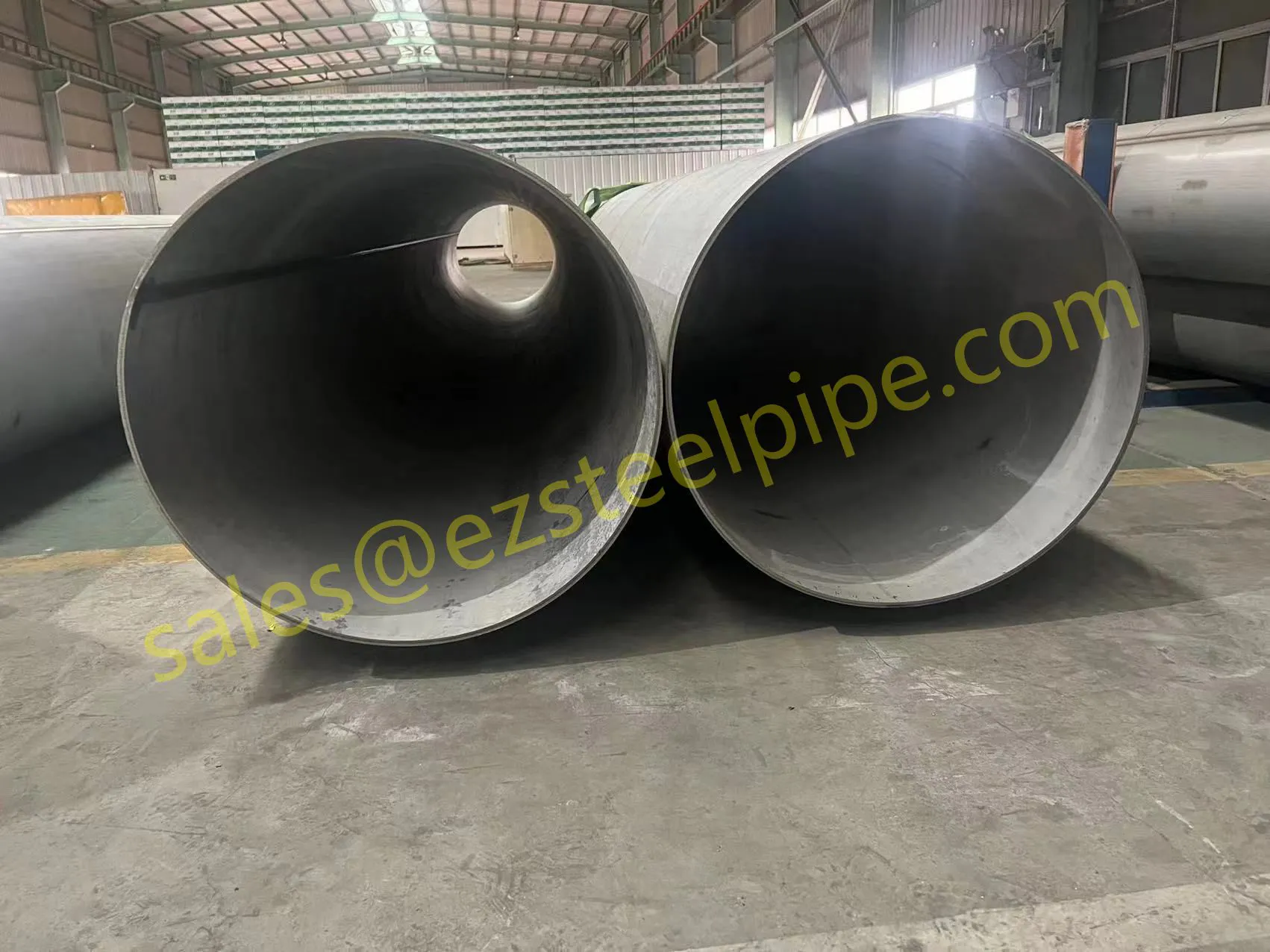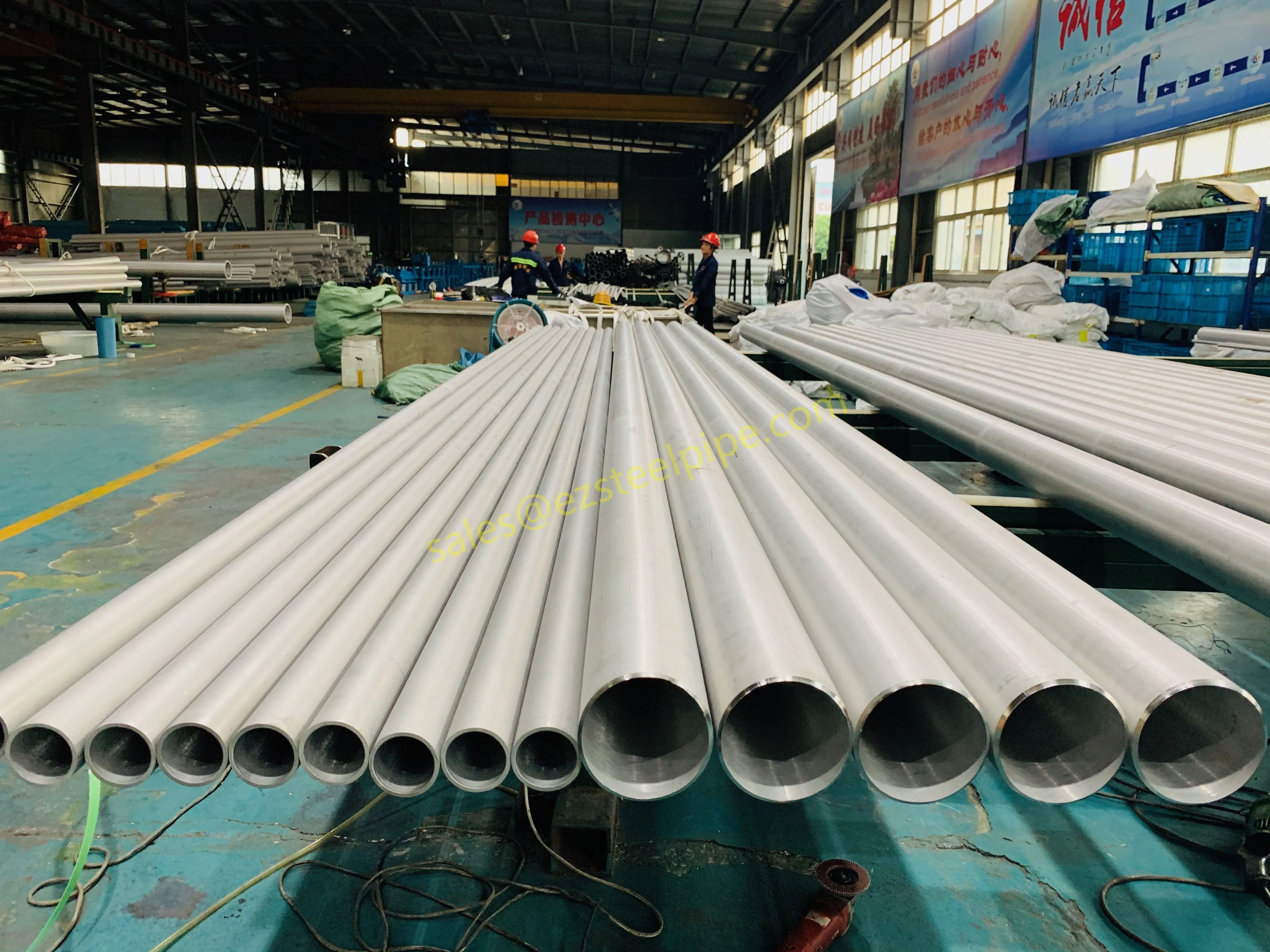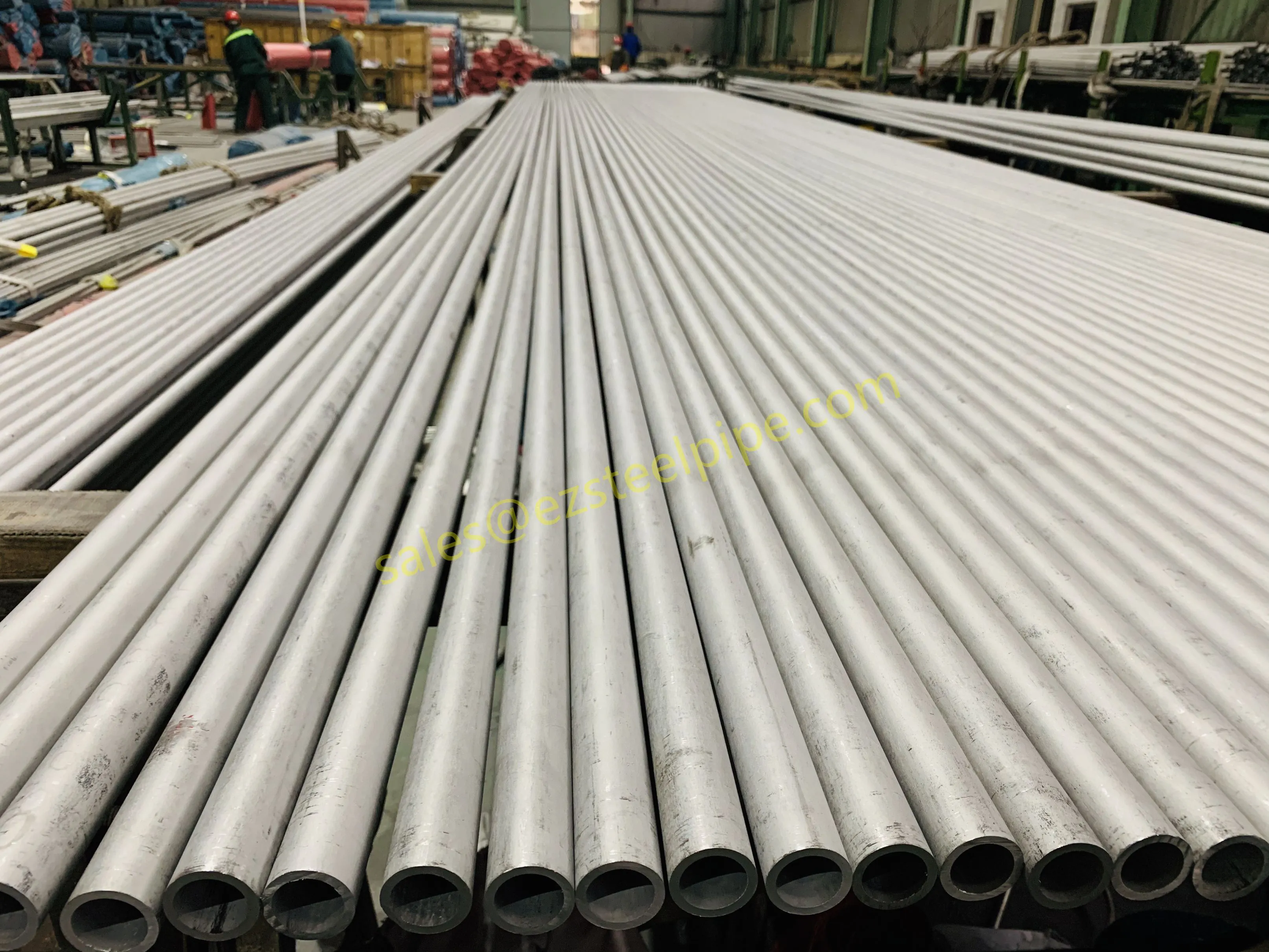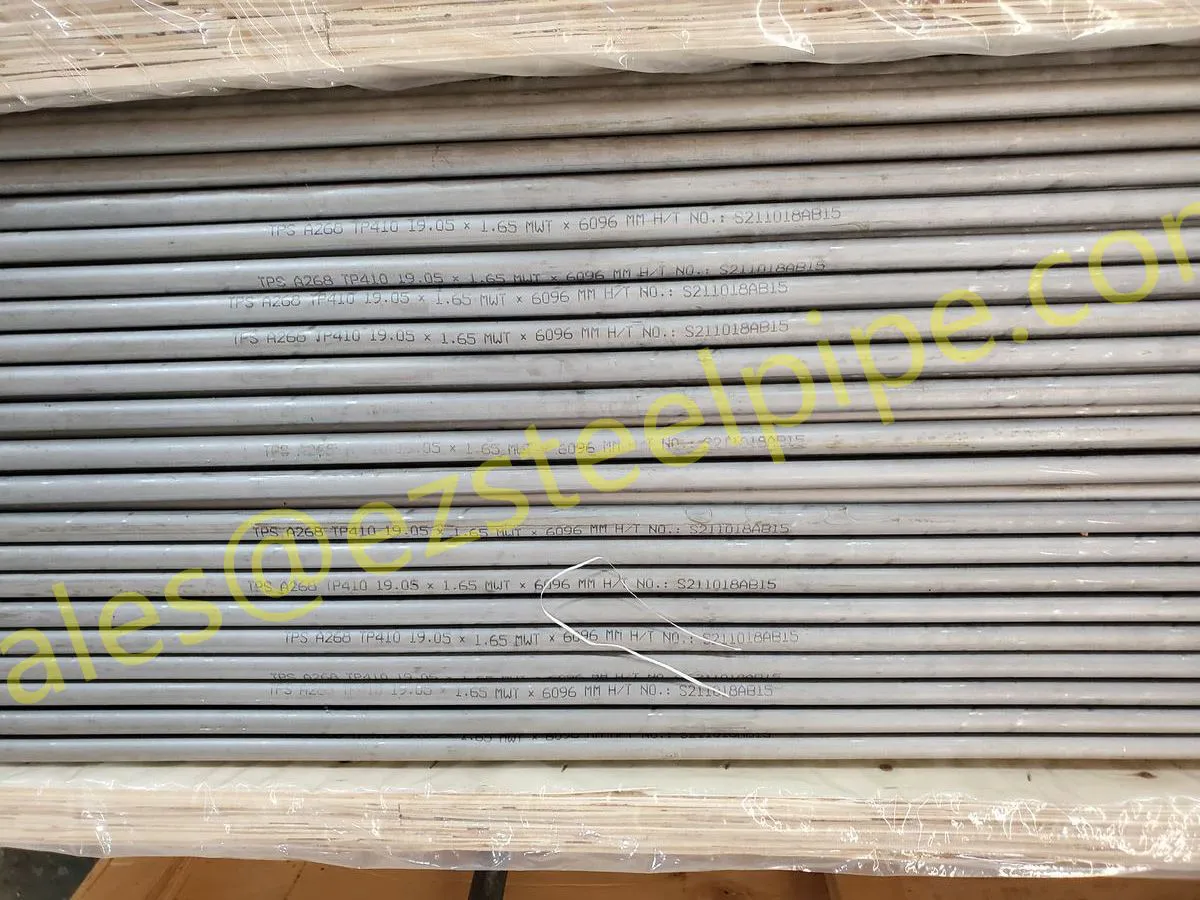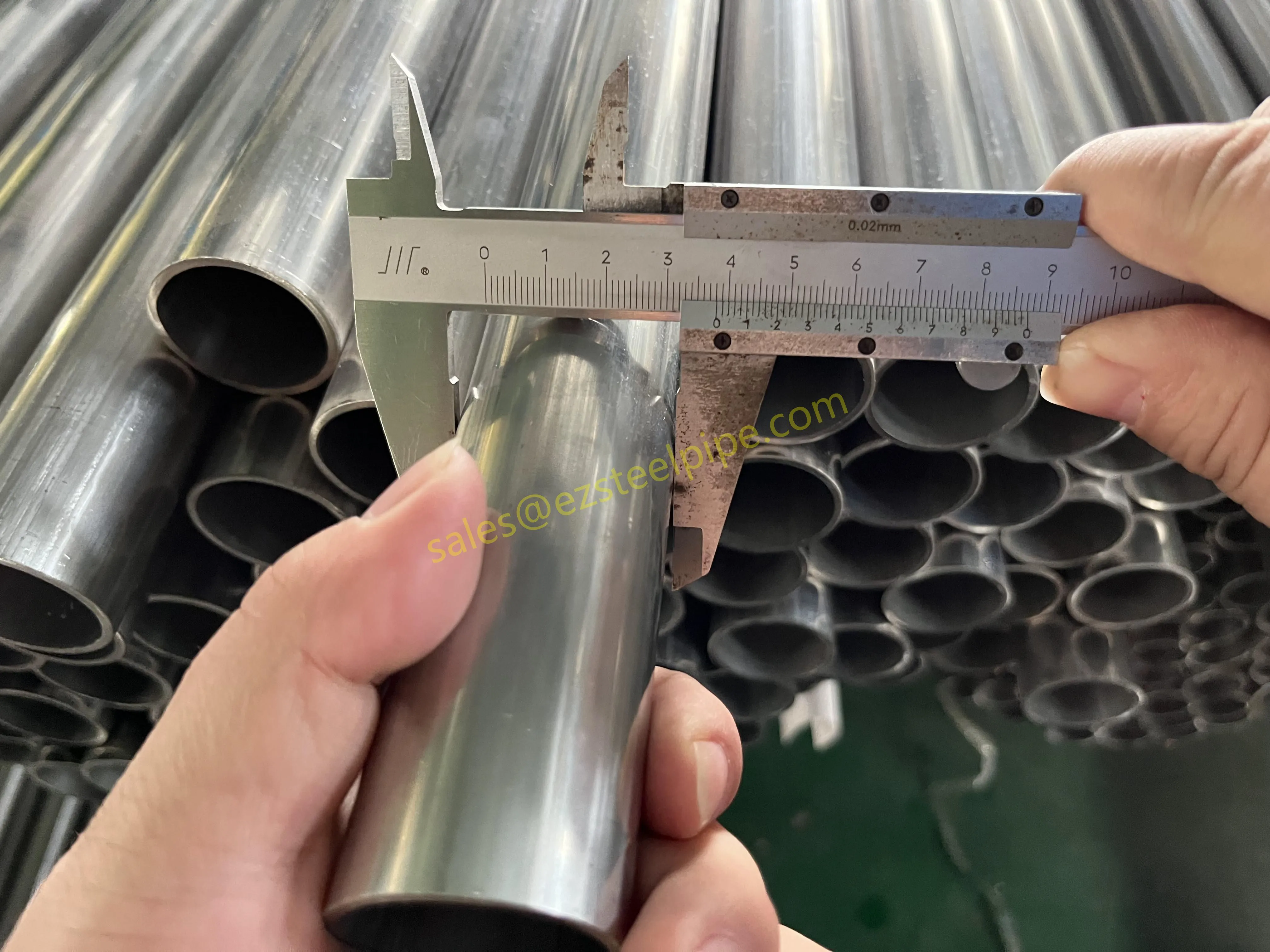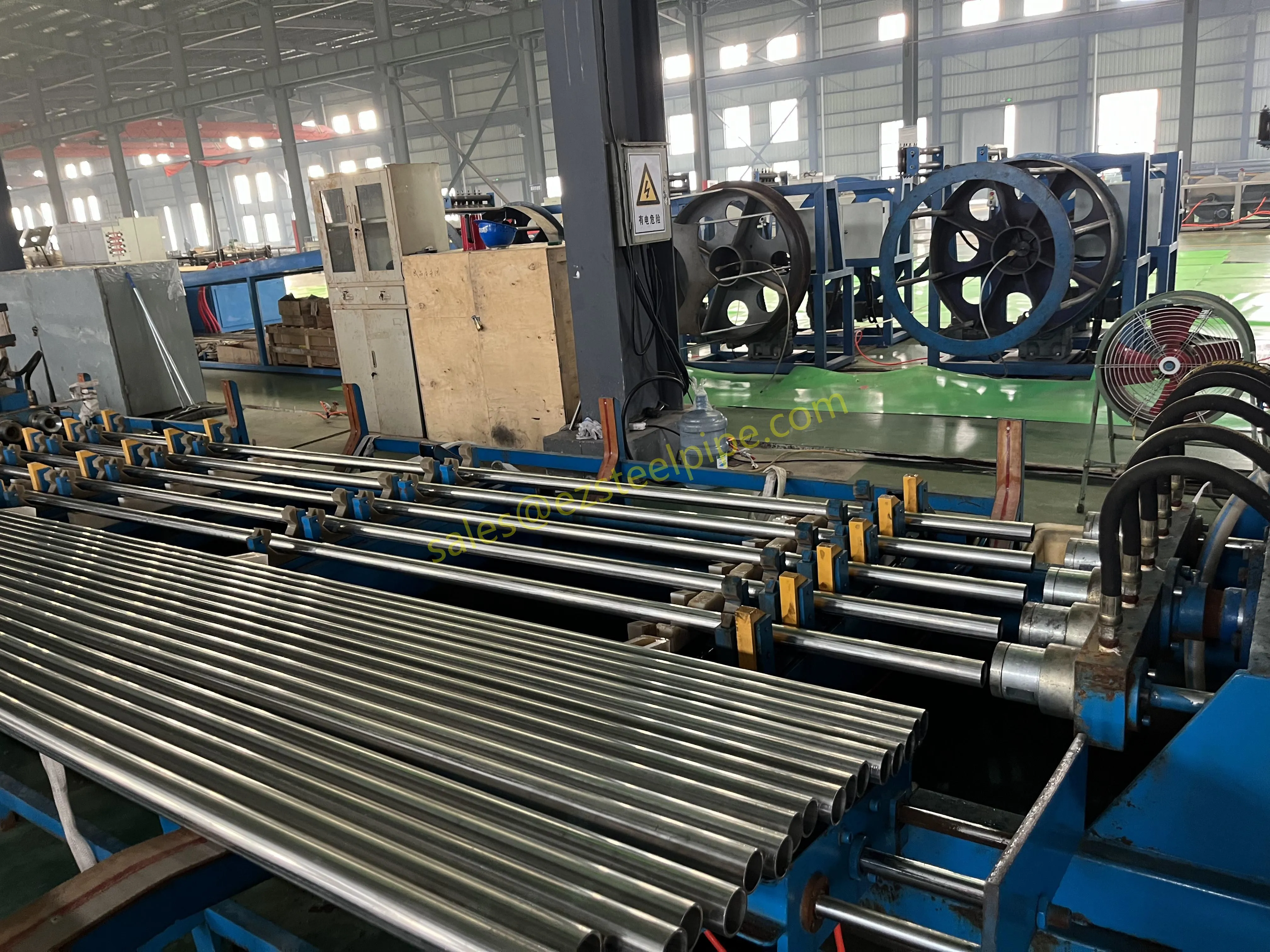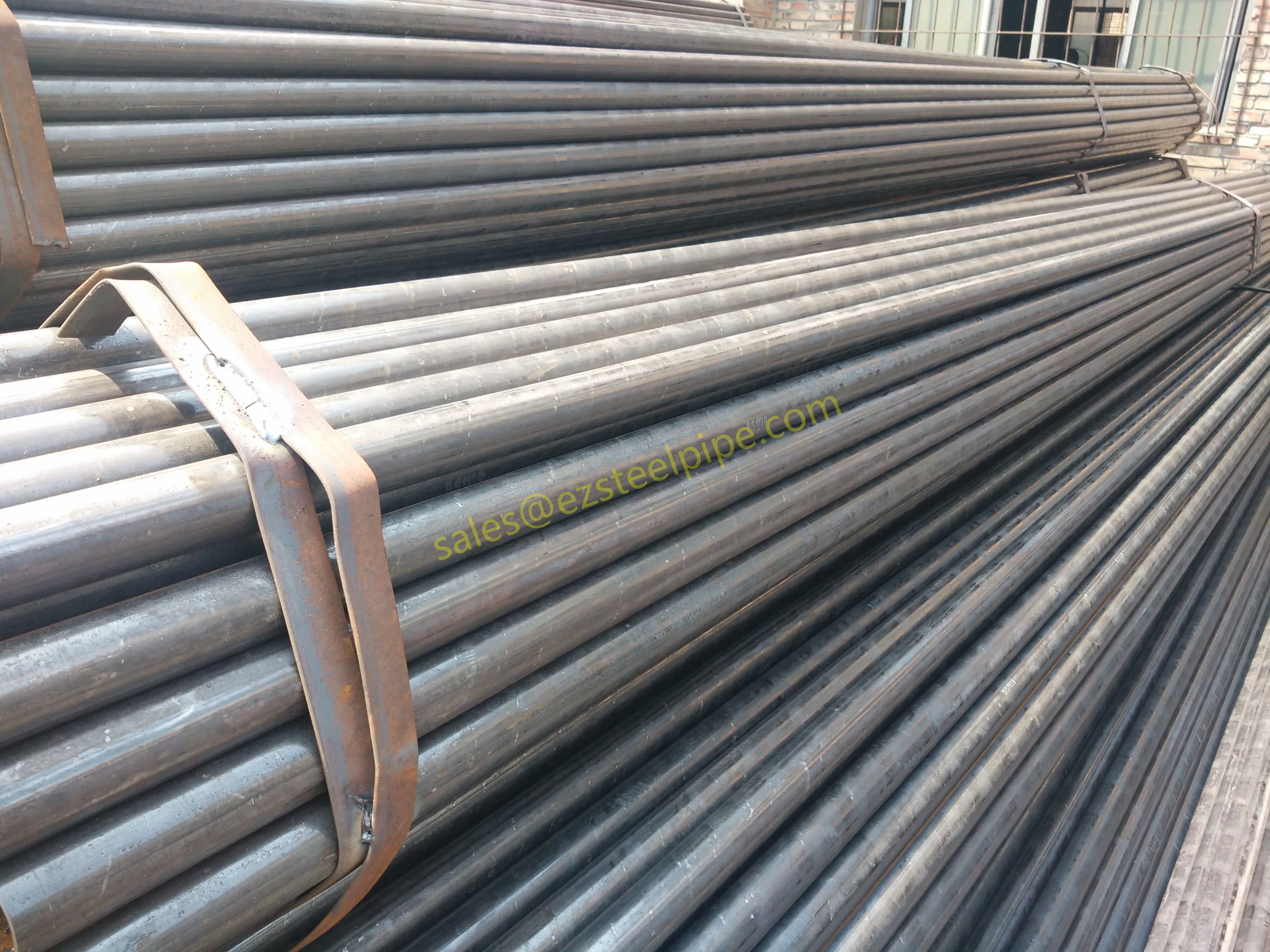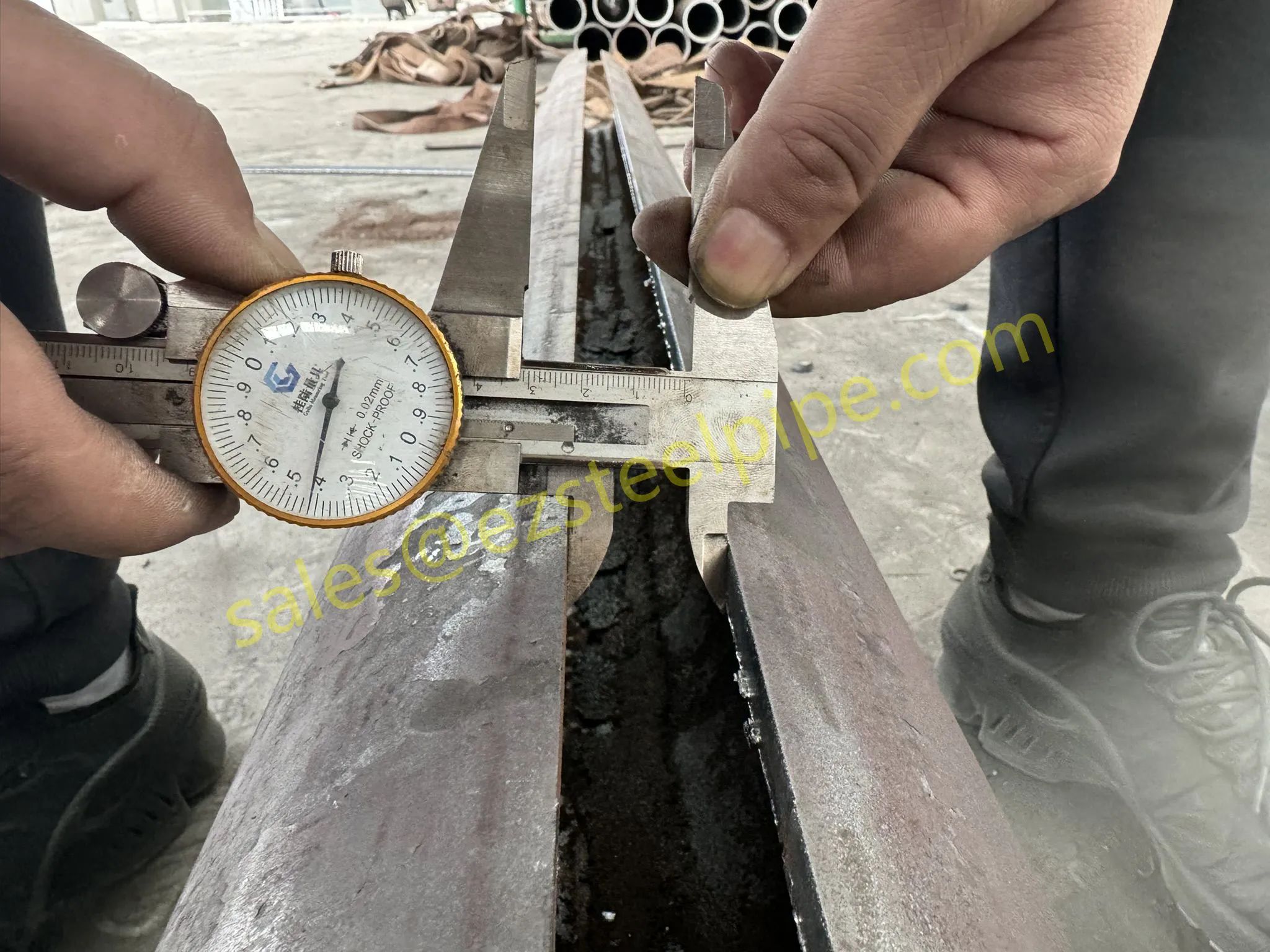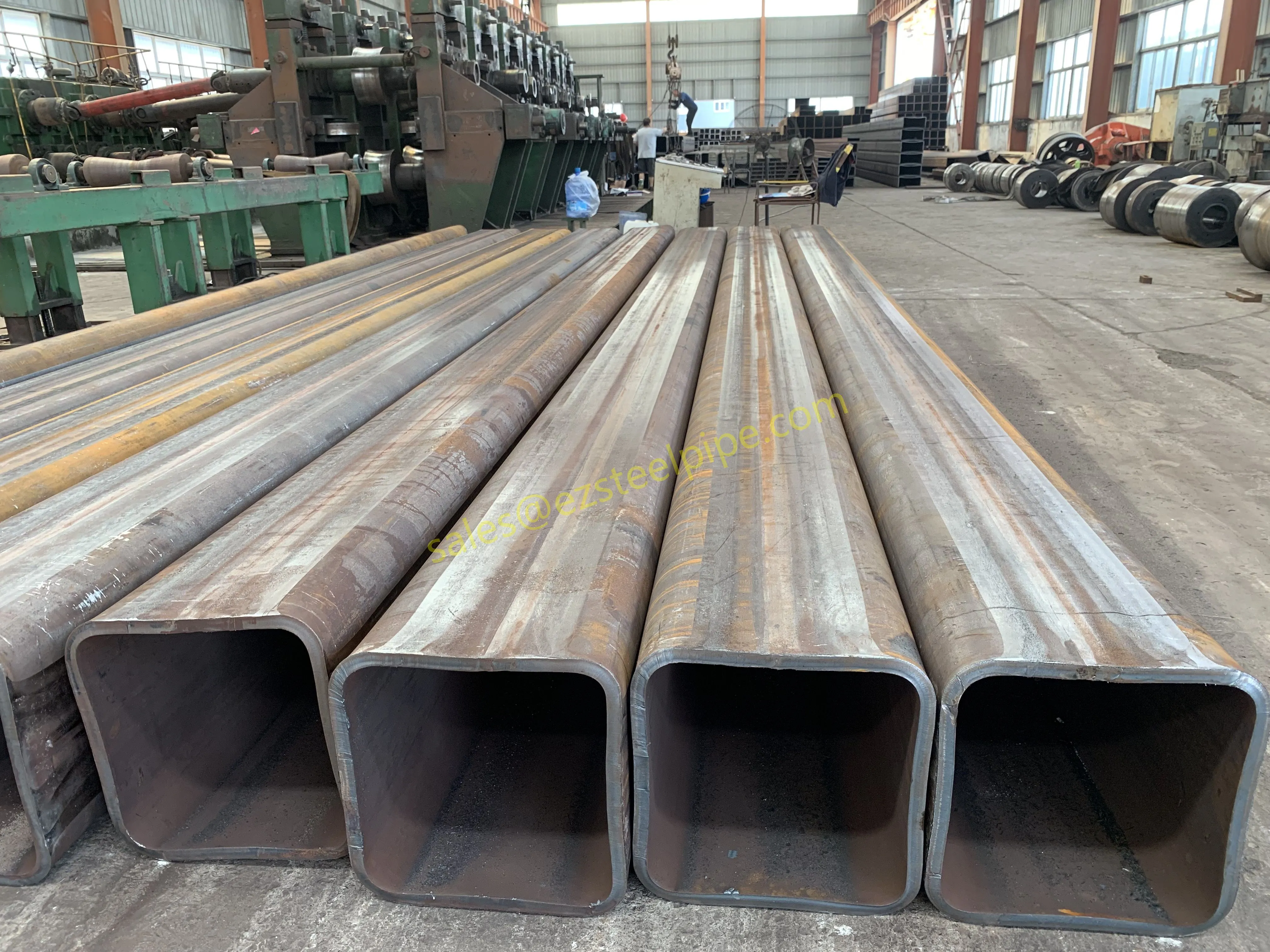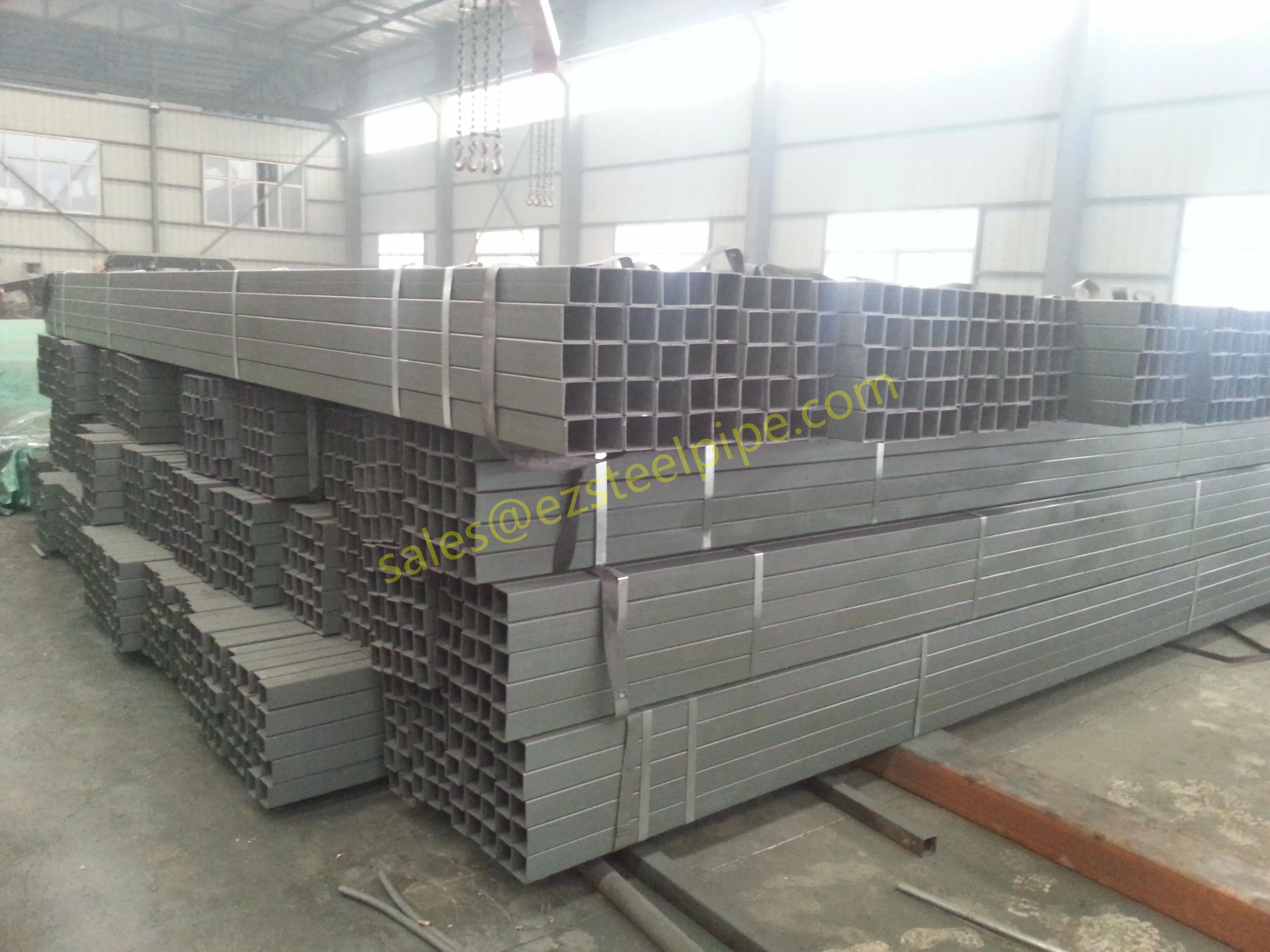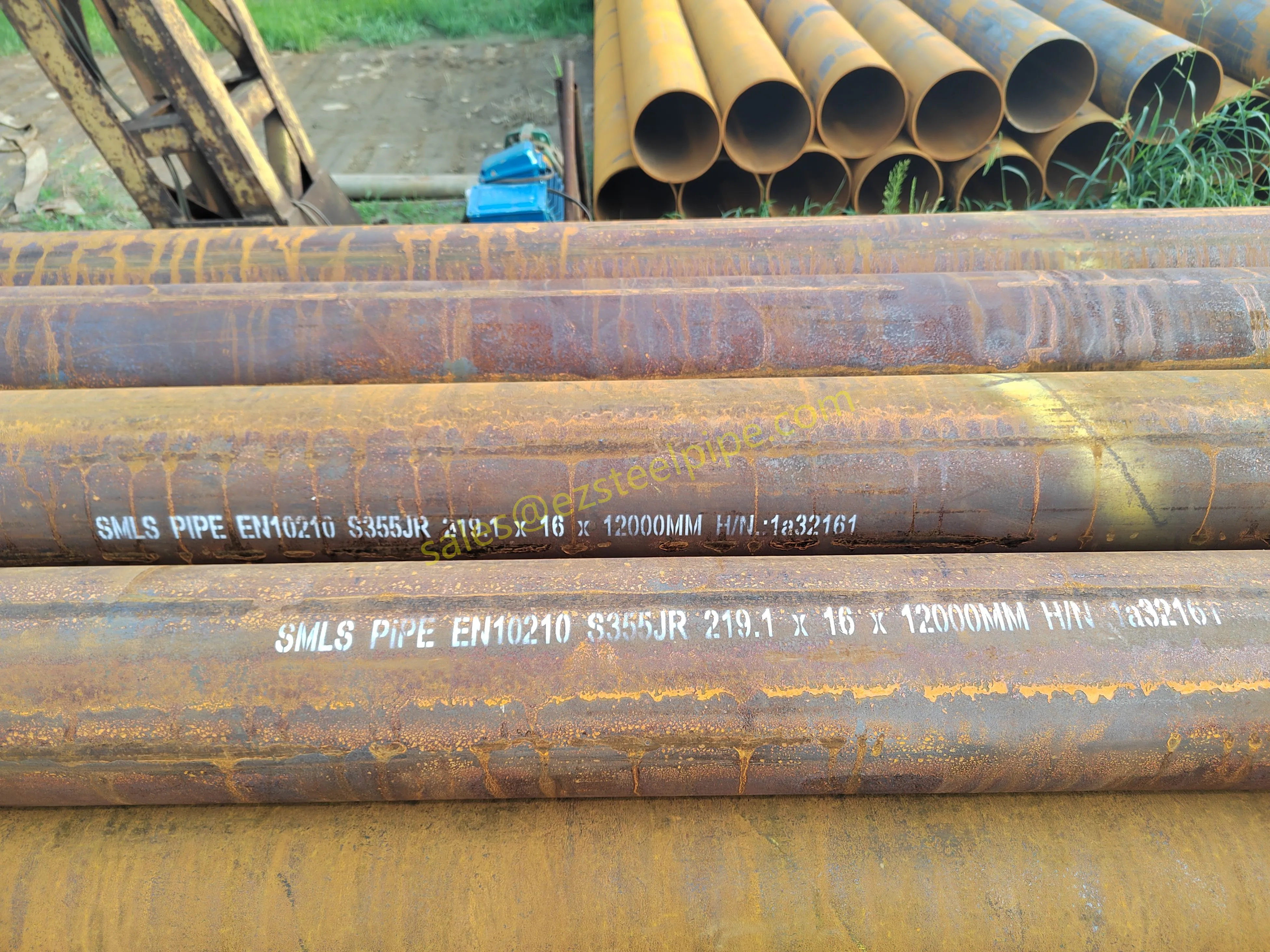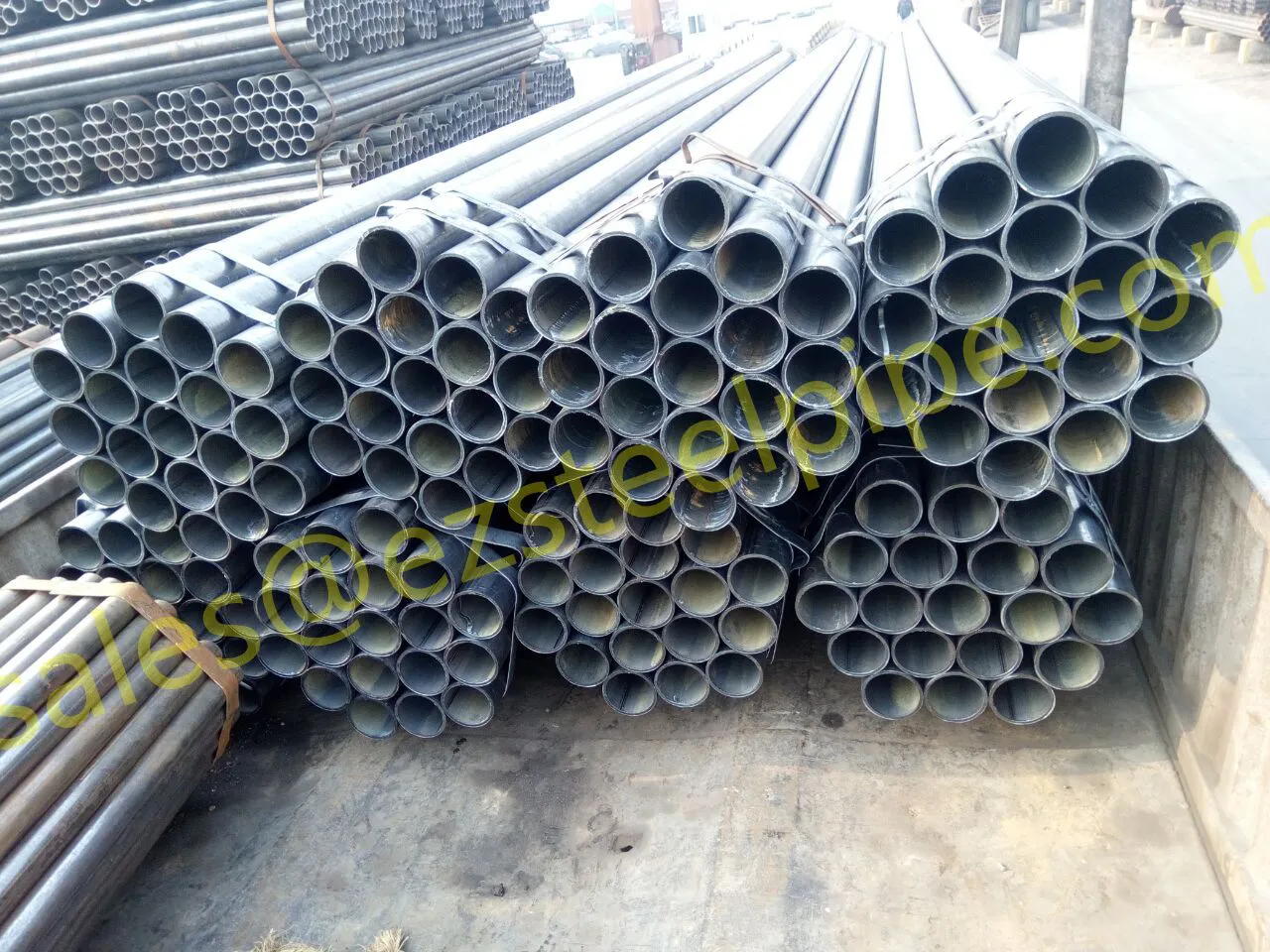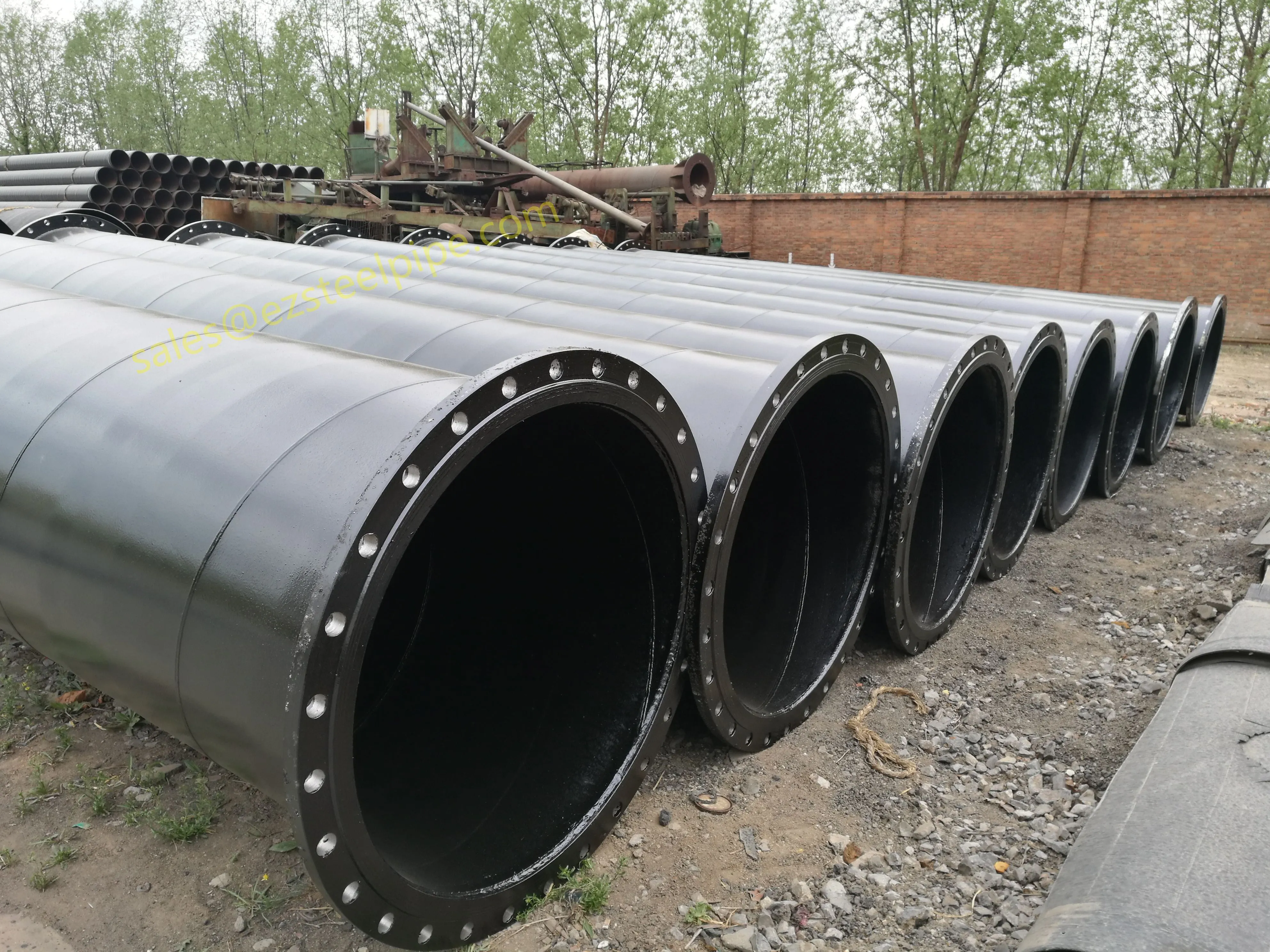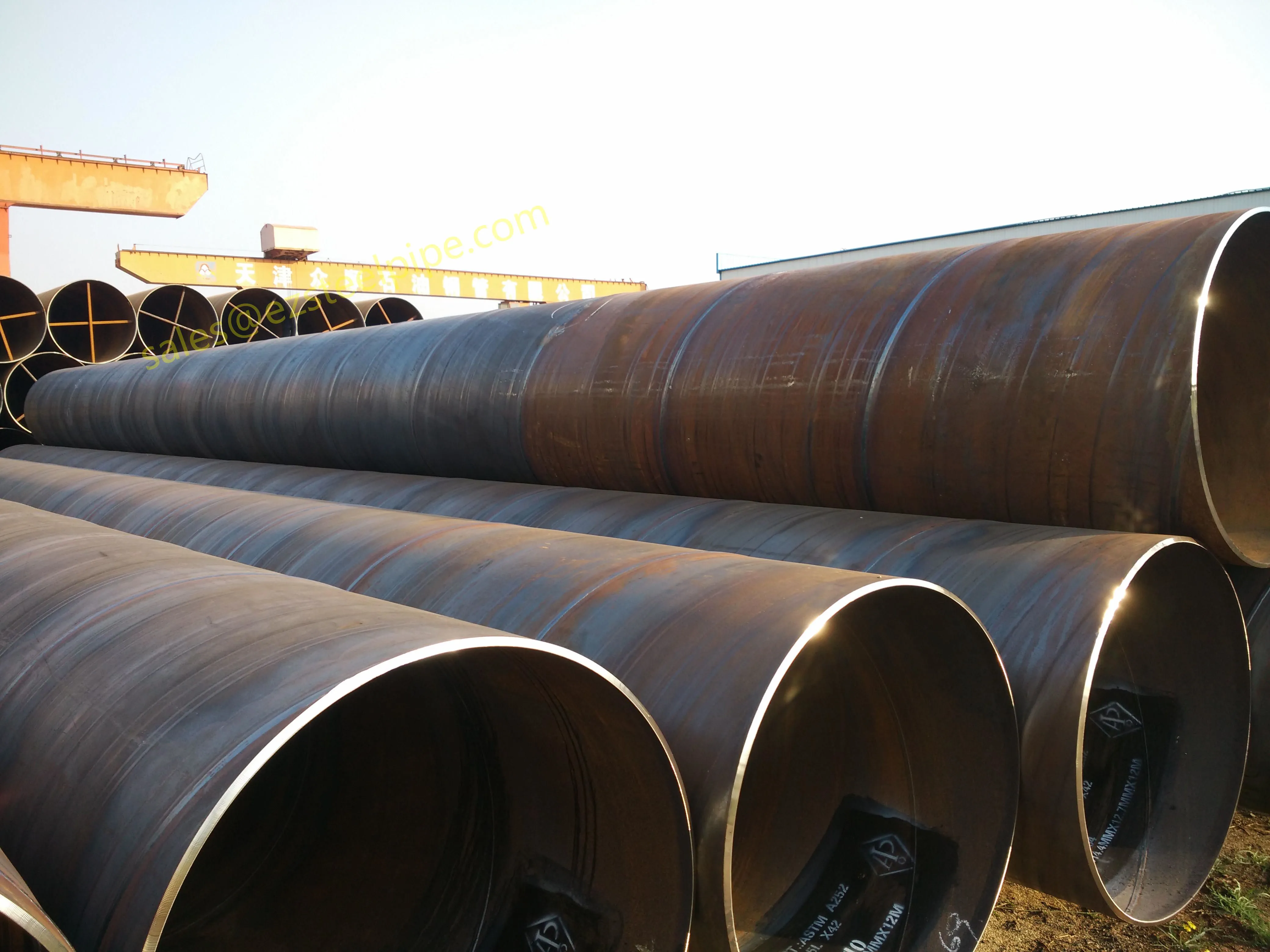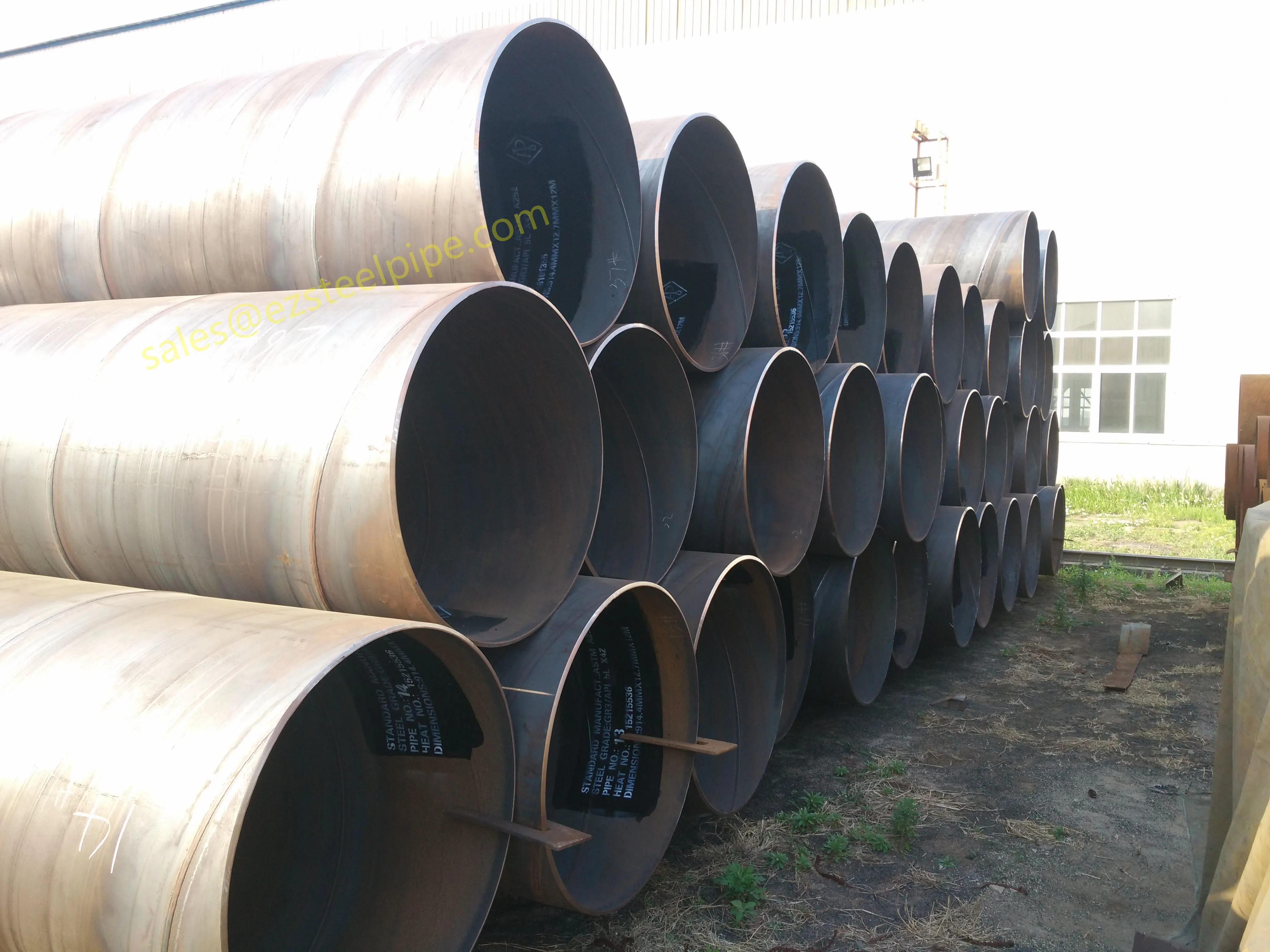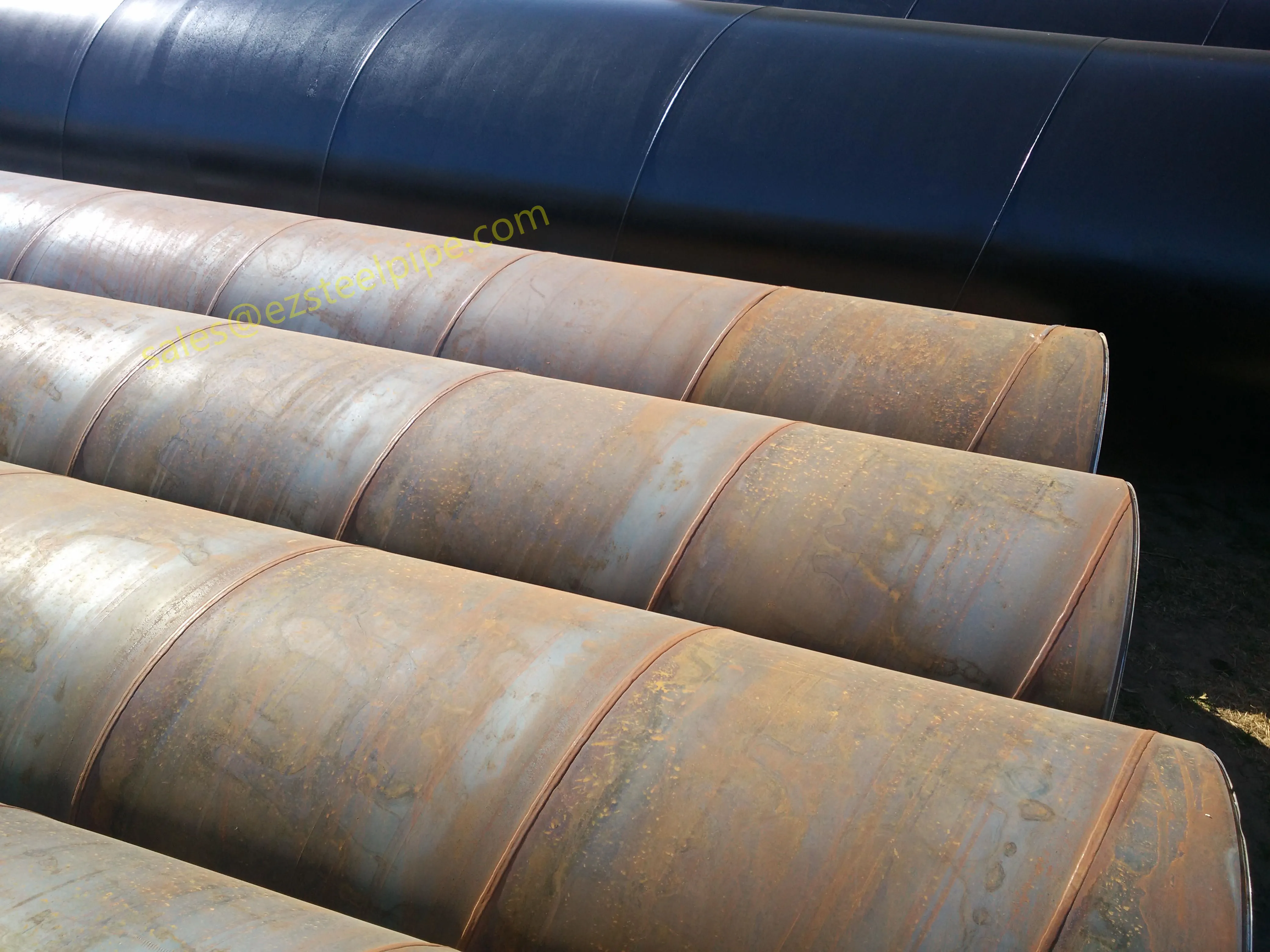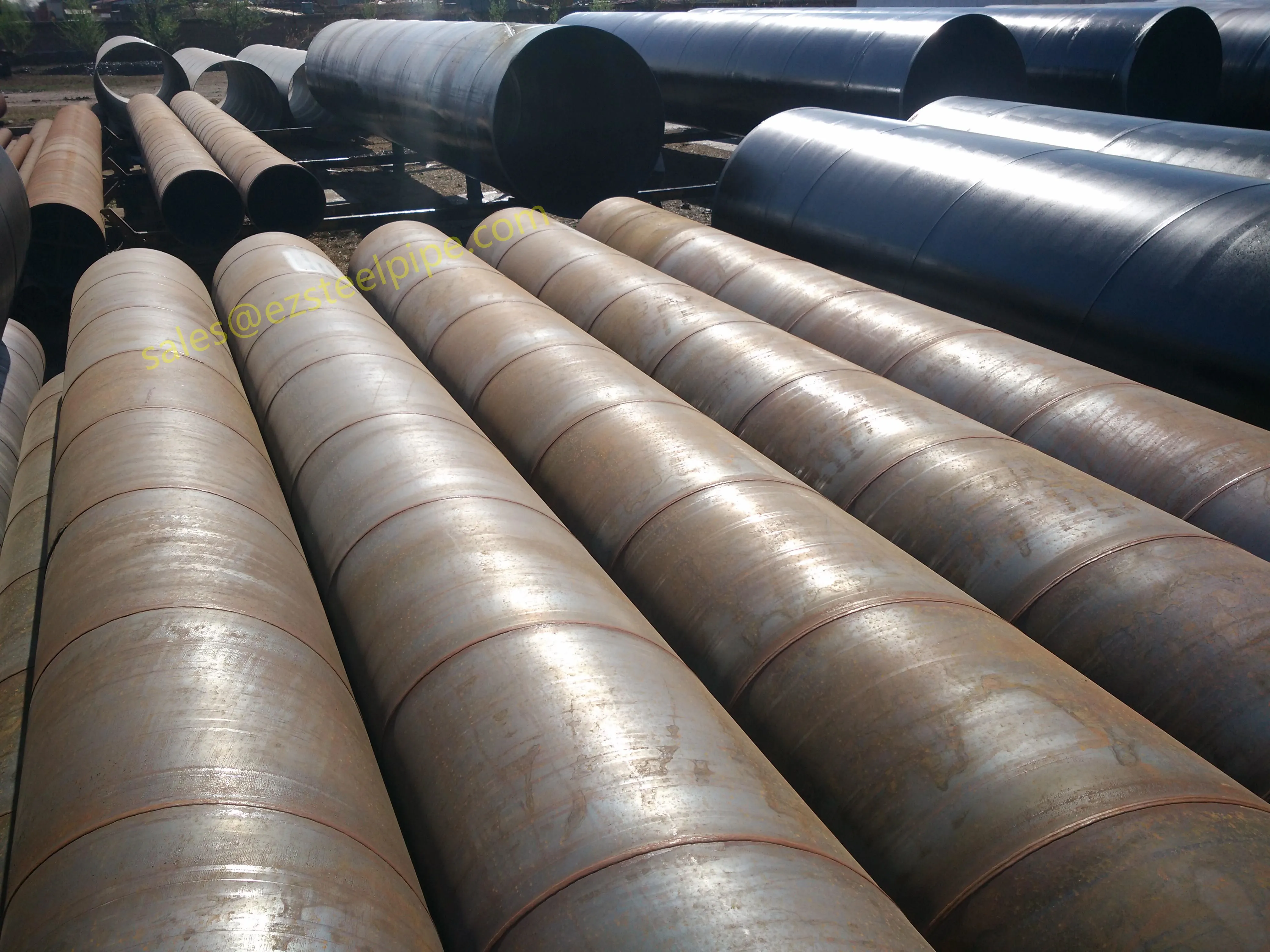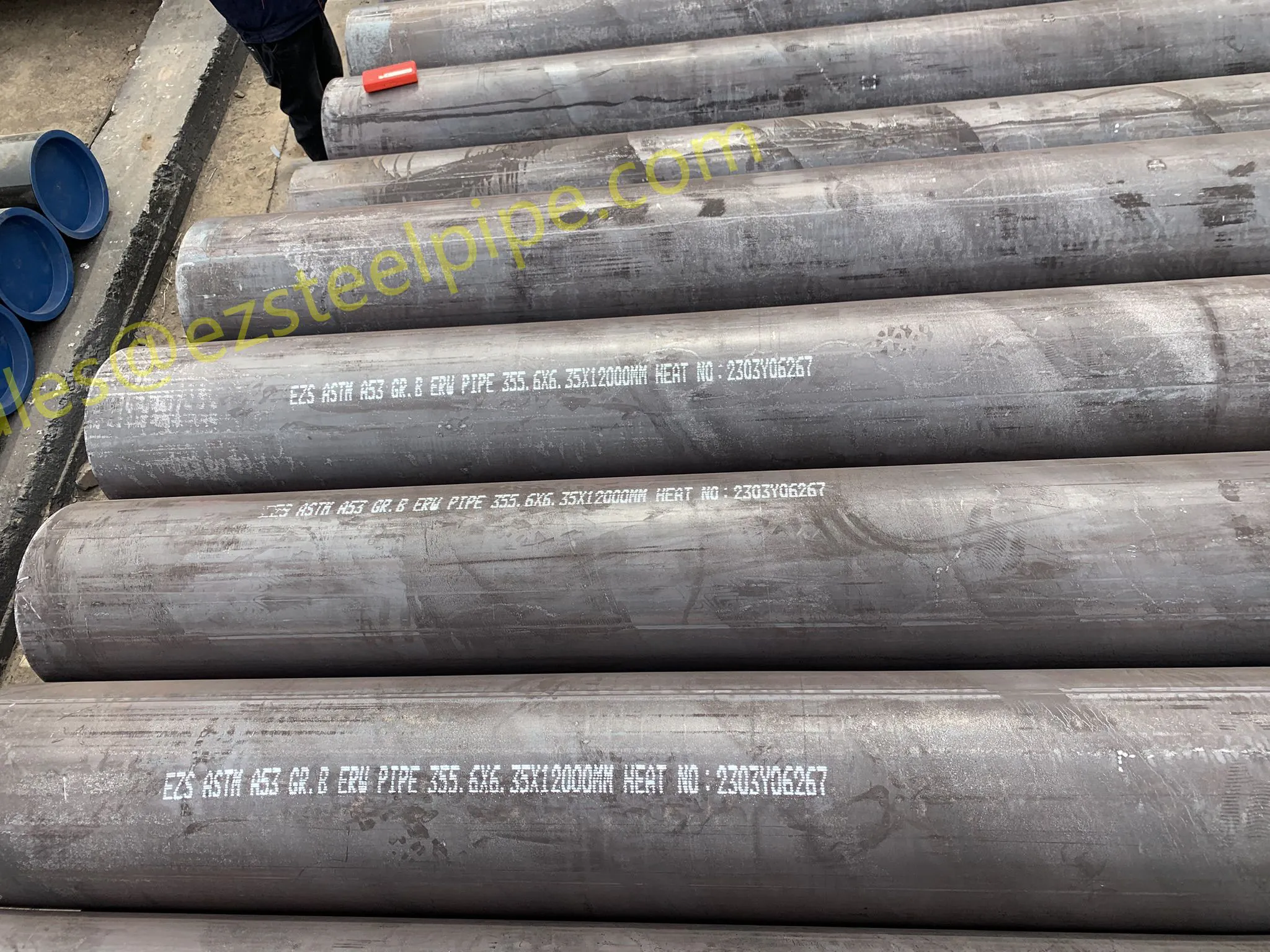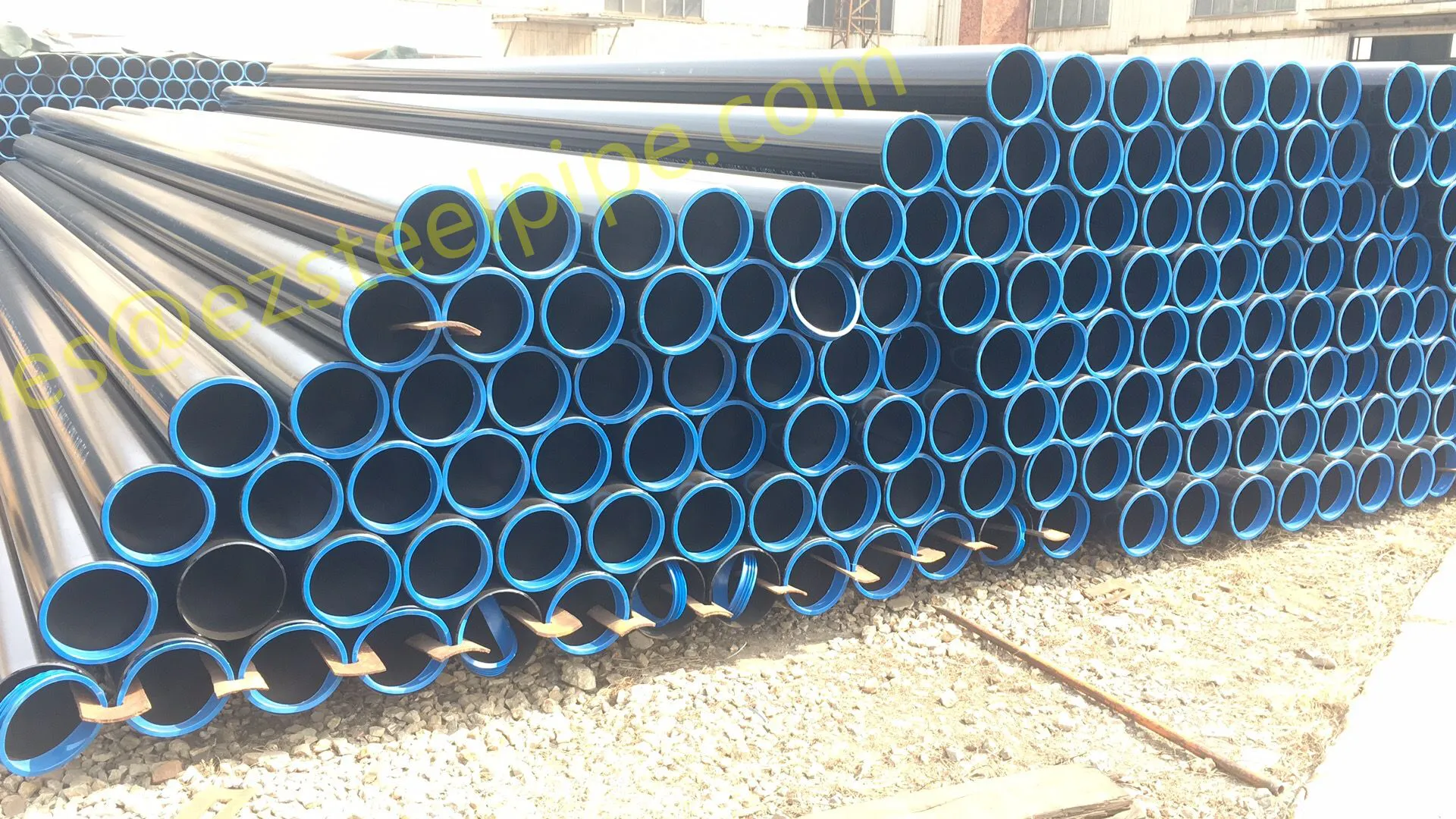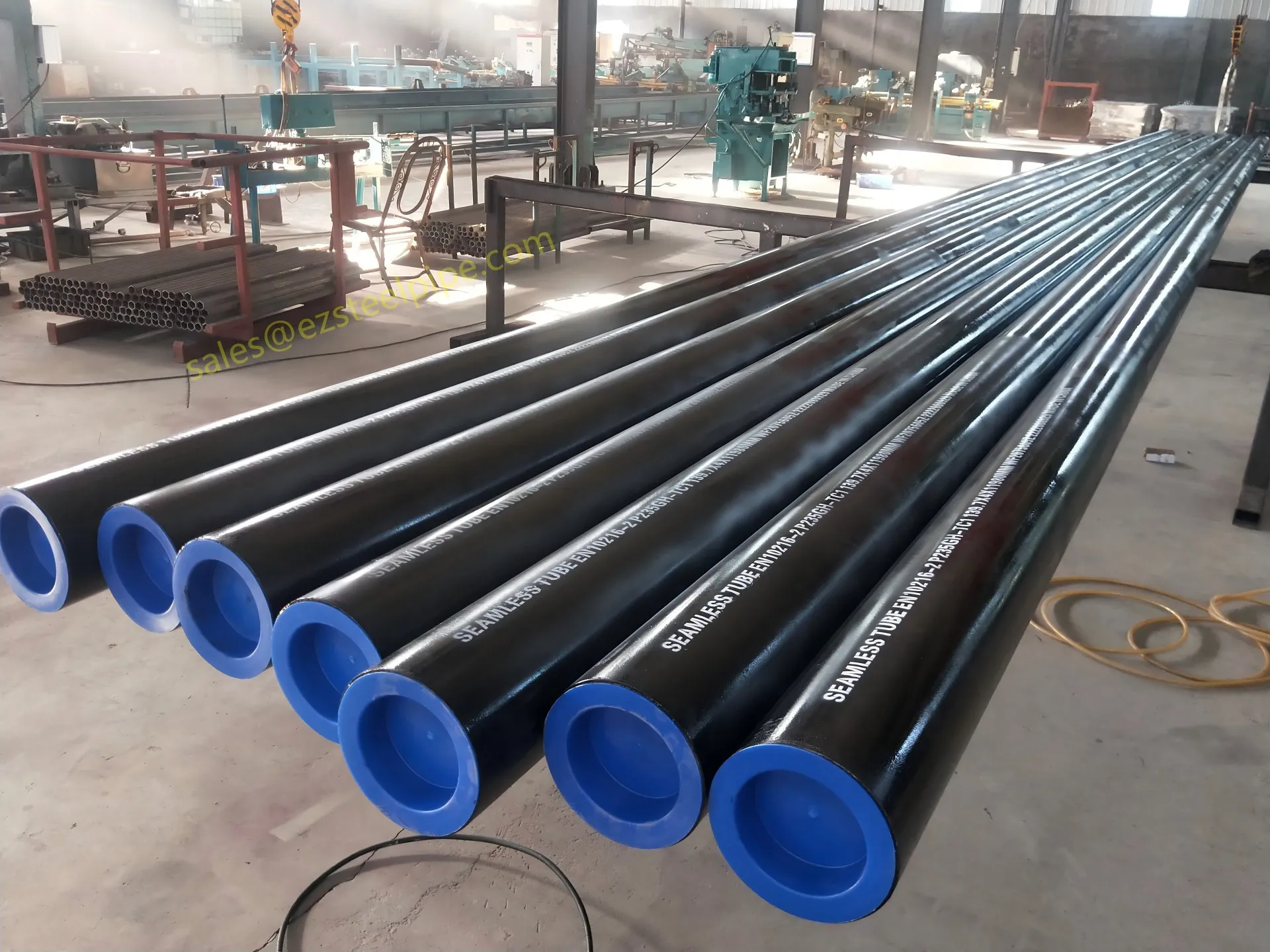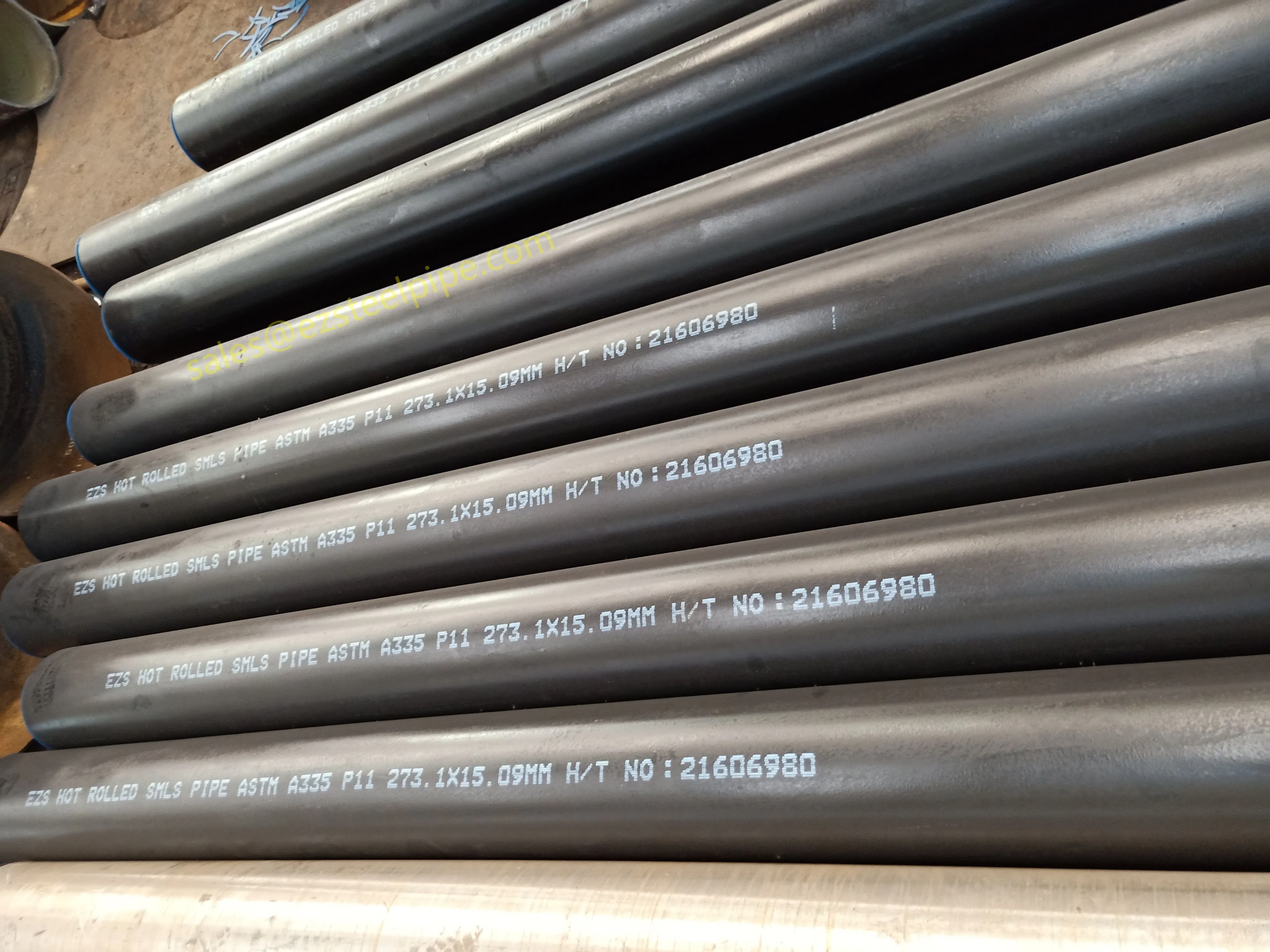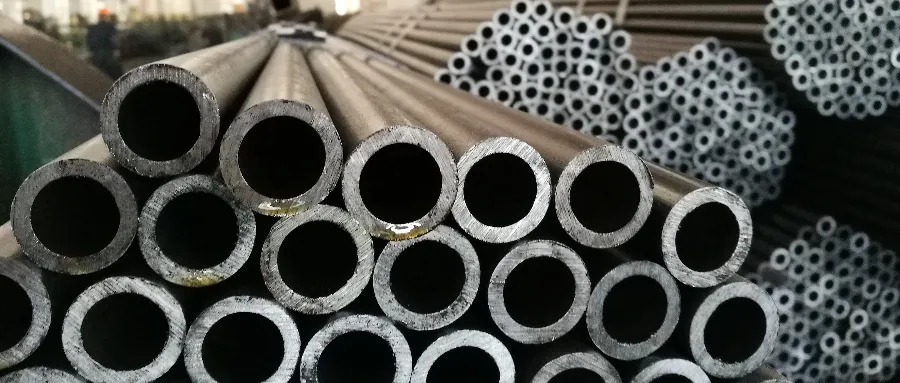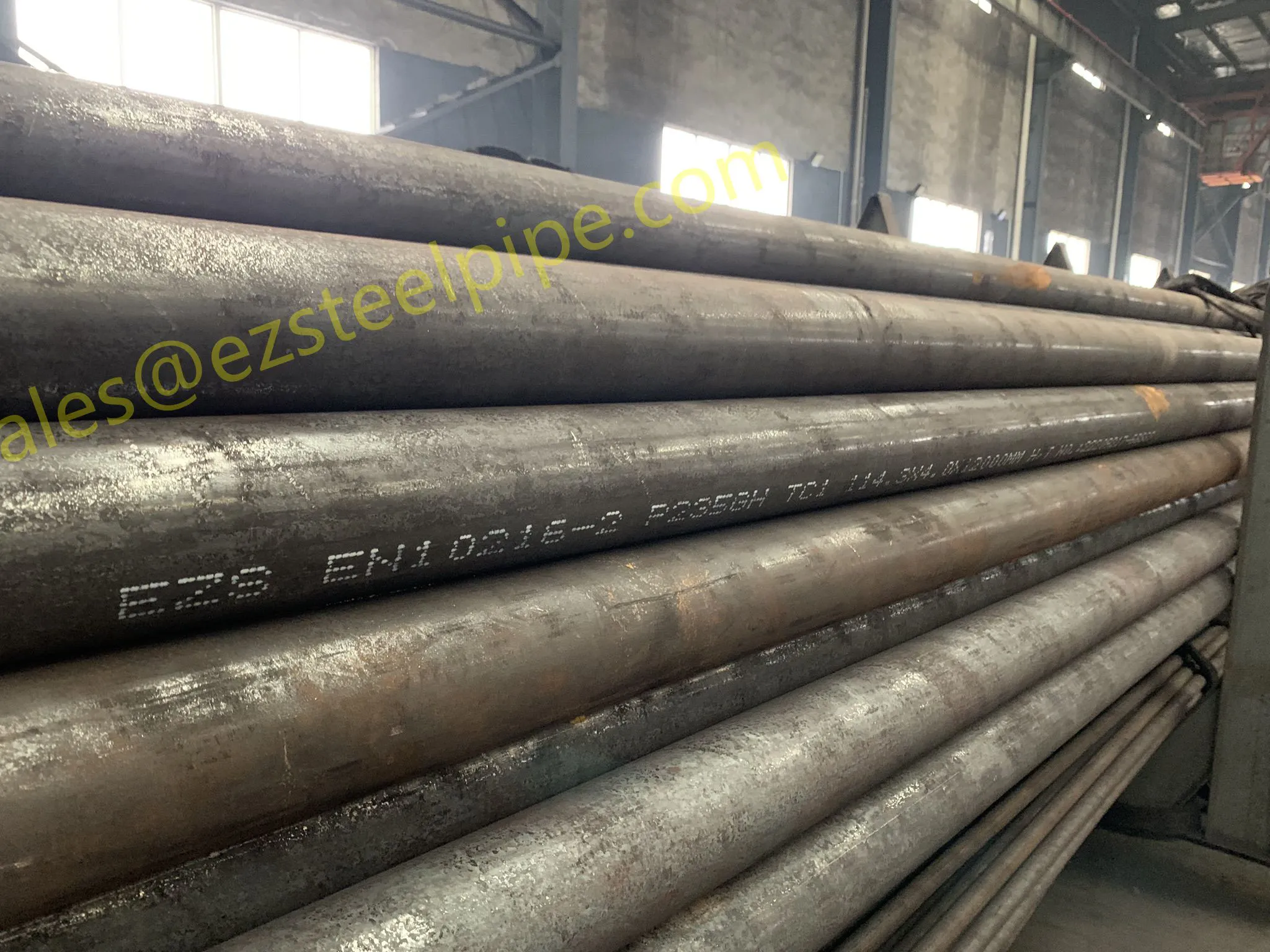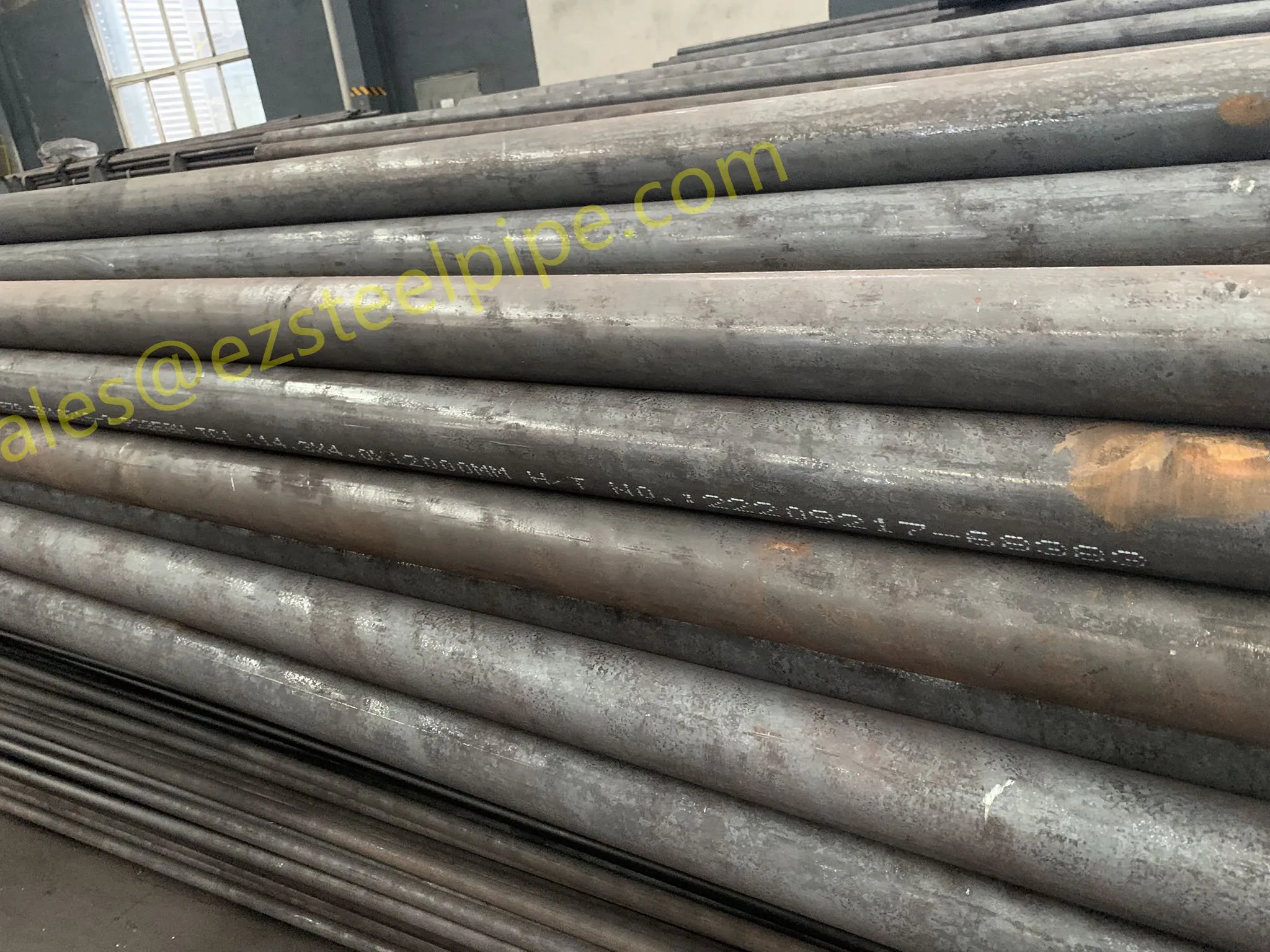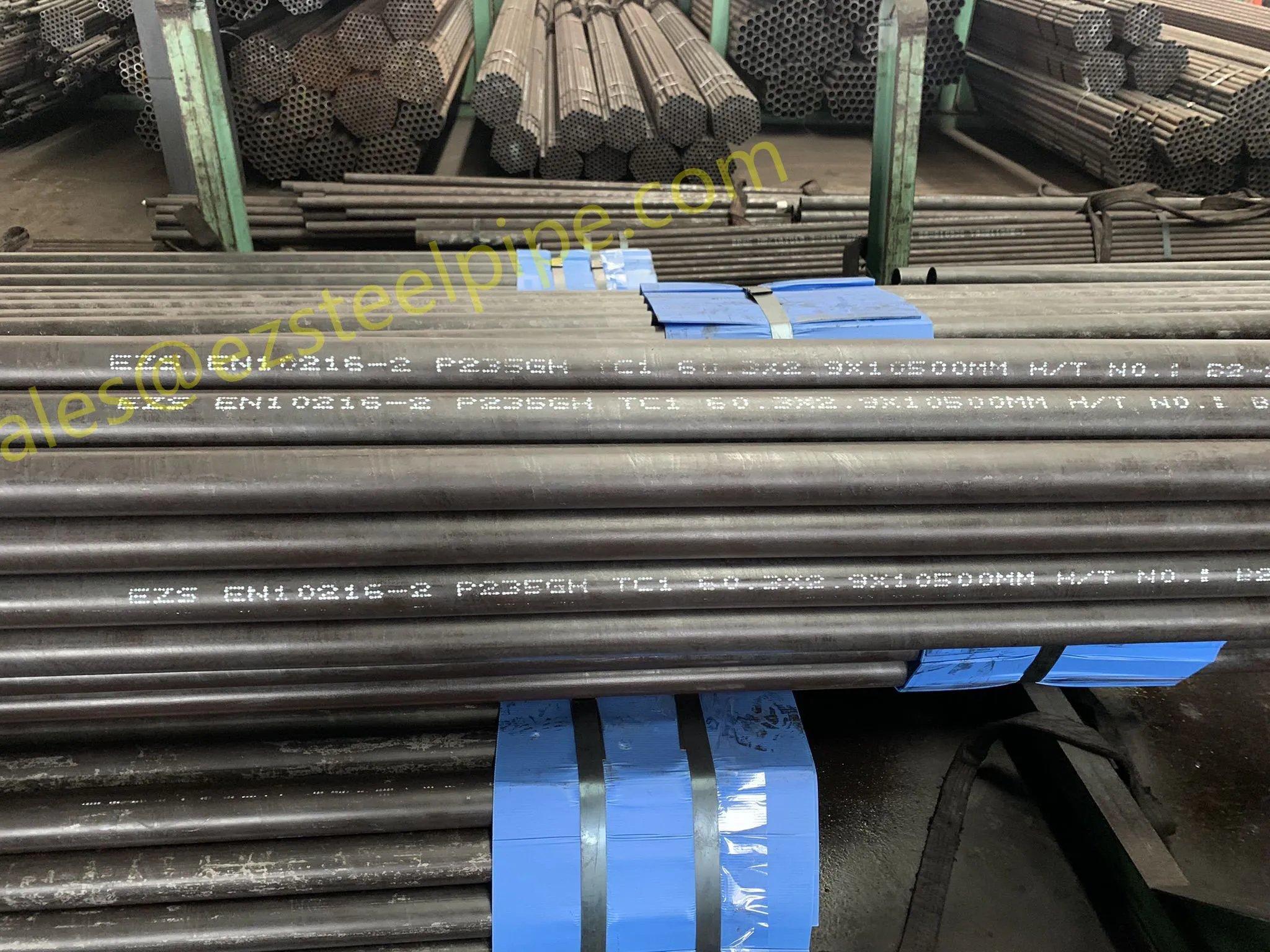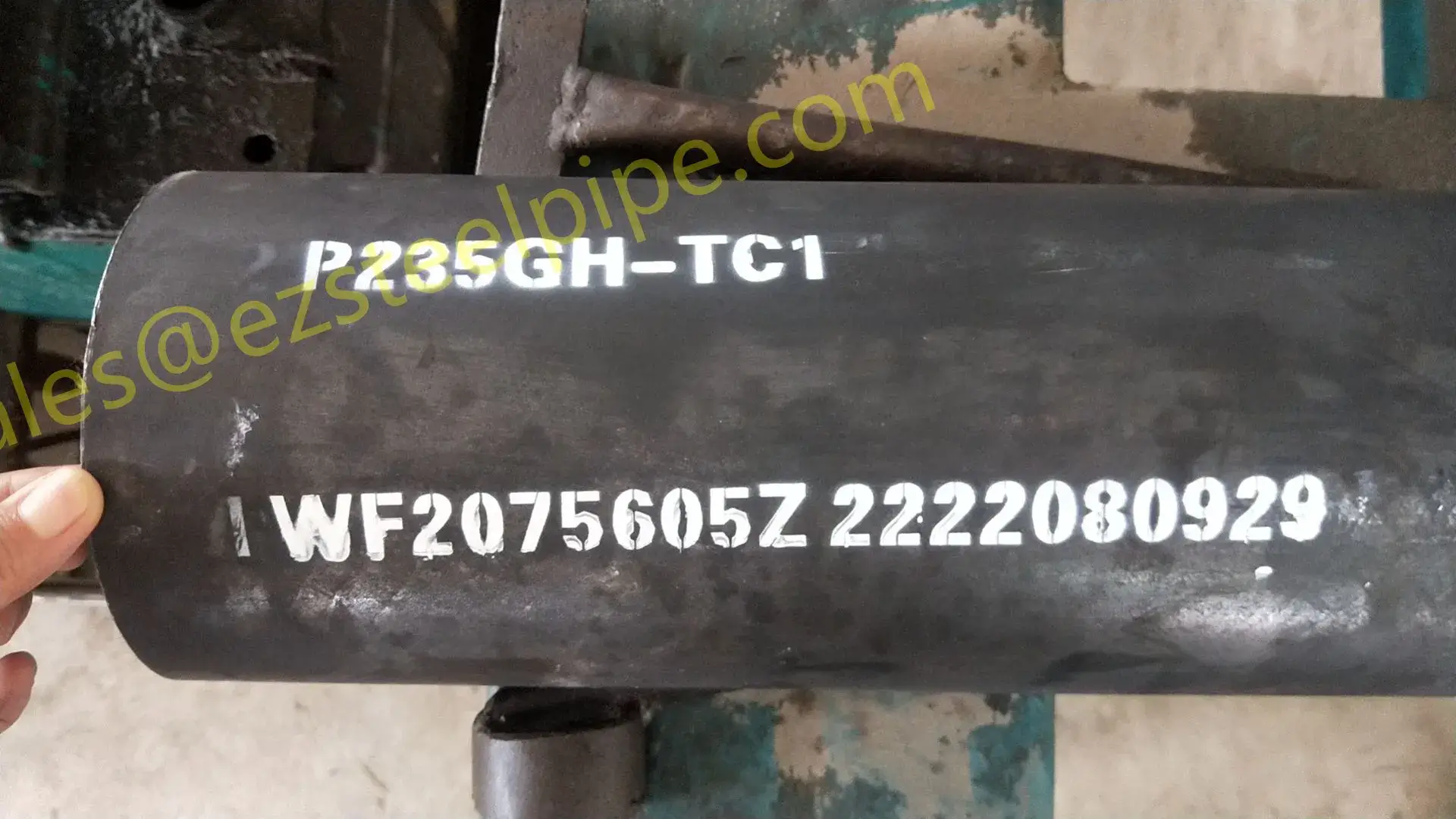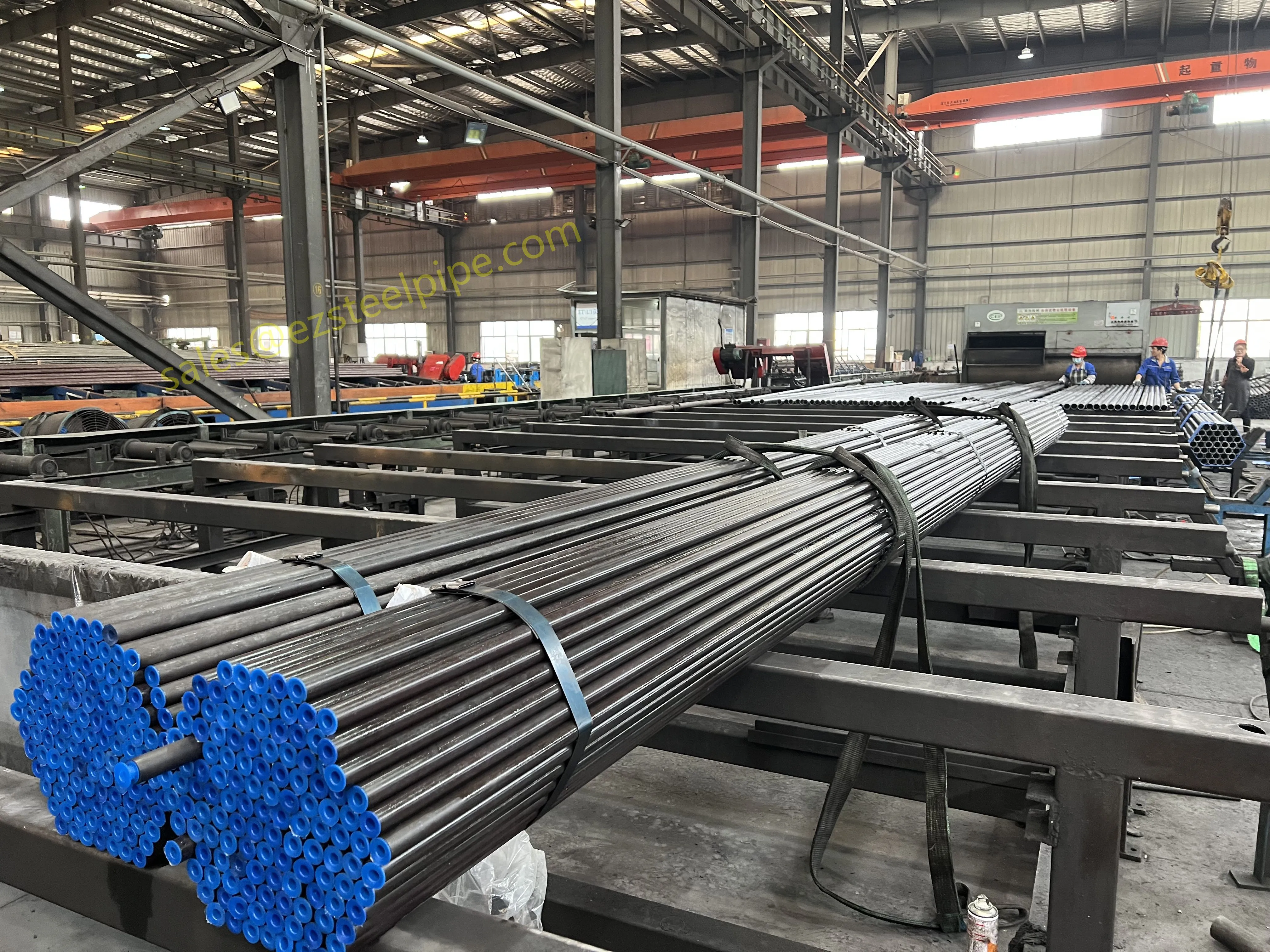Walk through a construction site, stand under a bridge, or look at the frame of a massive factory building—chances are, you're looking at something made with hot-rolled steel sheet. It's one of those unsung heroes of the industrial world: not always flashy, but absolutely everywhere, holding up structures, moving fluids, and powering machinery that keeps our cities and economies running. But what exactly is it? How is it made, and why do industries keep coming back to it, even with fancier materials around? Let's break it down in simple terms, no technical jargon—just the real deal about hot-rolled steel sheet, its perks, its downsides, and where it shines brightest in the industrial world.
First Things First: What Even Is Hot-rolled Steel Sheet?
Let's start with the basics. Hot-rolled steel sheet is exactly what it sounds like: steel that's rolled into thin, flat sheets while it's red-hot . Picture this: a big block of steel (called a "billet" or "slab") gets heated up to super high temperatures—usually around 1,700°F (925°C), which is hot enough to make the steel soft and malleable, like clay in your hands. Then, this glowing-hot billet gets squeezed between giant rollers, over and over, until it's flattened into a sheet of the desired thickness. After rolling, it cools down slowly, either in the air or on a cooling bed, and that's it—you've got hot-rolled steel sheet.
Now, you might be thinking, "Wait, isn't there cold-rolled steel too?" Yep, there is. The main difference? Cold-rolled steel is rolled at room temperature, which makes it harder and smoother but more expensive. Hot-rolled steel, on the other hand, is all about simplicity and scale—heating the steel makes it easier to shape, so the process is faster, uses less energy, and produces more material in less time. That's why it's the go-to for big, tough jobs where you need a lot of steel without breaking the bank.
How Is Hot-rolled Steel Sheet Made? Let's Walk Through the Process
To really get why hot-rolled steel sheet is so useful, it helps to understand how it's made. It's not just "heat and roll"—there's a method to the madness that gives it its unique properties. Here's a step-by-step breakdown:
1. Starting with the raw material: Steel billets or slabs
It all begins with steel billets (smaller, square blocks) or slabs (larger, rectangular blocks). These are made from molten iron mixed with carbon (and sometimes other alloys, like "carbon & carbon alloy steel" for extra strength) in a blast furnace. The billets/slabs are basically big chunks of unformed steel, ready to be shaped.
2. Heating: Getting the steel "workable"
The billet or slab is loaded into a reheating furnace, where it's heated to that magic temperature—around 1,700°F. Why so hot? At this point, the steel's internal structure (its grains) starts to loosen up, making it soft enough to bend and shape without cracking. Think of it like heating a chocolate bar: cold, it's hard and brittle; warm, it's pliable. Steel works the same way, just at way higher temps.
3. Rolling: Squishing it into shape
Once hot, the steel moves through a series of rolling mills—giant machines with heavy metal rollers. These rollers squeeze the steel, pressing it thinner and longer with each pass. The first set of rollers (called "roughing mills") takes the thick slab and reduces it to a thinner "transfer bar." Then, the transfer bar goes through "finishing mills," which press it into the final thickness—anywhere from 1mm up to 200mm or more, depending on what's needed.
4. Cooling: Letting it set (slowly)
After rolling, the hot sheet isn't just thrown into a pile to cool. It's run through a cooling bed—a long, flat surface where it cools slowly in the air. This slow cooling is important: if it cooled too fast, the steel might become too hard or develop internal stresses (which can lead to cracking later). Slow cooling helps keep the steel ductile (bendable) and uniform.
5. Cutting and finishing (sometimes)
Once cooled, the sheet is cut into standard sizes using shears or torches. Some sheets might get a quick surface treatment, like shot blasting (to remove loose scale—more on that later), but unlike cold-rolled steel, hot-rolled sheet usually doesn't get a lot of extra finishing. It's ready to ship to factories and job sites, straight from the mill.
The Big Wins: Advantages of Hot-rolled Steel Sheet
So why do industries love hot-rolled steel sheet so much? Let's get into the perks—the reasons it's the first choice for so many big projects.
1. It's budget-friendly (and who doesn't love that?)
Let's start with the obvious: cost. Hot-rolled steel sheet is almost always cheaper than cold-rolled. Why? Because the process is simpler. No extra steps like cold rolling (which requires more energy and slower speeds) or extensive finishing. For big projects that need tons of steel—like building a bridge or a factory—saving even a little per ton adds up fast. When you're working on "structure works" or large-scale construction, every dollar counts, and hot-rolled steel delivers here.
2. It's super ductile (read: bendable and tough)
Remember that slow cooling we talked about? It does more than prevent cracking—it makes the steel ductile. Ductility is the ability to bend, stretch, or shape without breaking. Hot-rolled steel can be bent into curves, welded into complex shapes, or formed into parts with angles and bends, all without snapping. That's why it's perfect for things like "steel tubular piles"—those long, cylindrical pipes used to support buildings by driving them into the ground. You need that pile to flex a little under pressure, not crack, and hot-rolled steel delivers that toughness.
3. It's great for thick sheets (when you need the beef)
Cold-rolled steel is awesome for thin, precise sheets (like car body panels), but when you need thickness, hot-rolled is the way to go. It can produce sheets up to 200mm thick—thick enough to make heavy machinery parts, armor plating, or the massive beams that hold up skyscrapers. If you tried to make a 50mm-thick sheet with cold rolling, you'd need way more passes through the rollers, which takes time and costs money. Hot-rolled does it in fewer steps, making thick sheets easy and affordable.
4. It works with a wide range of materials (hello, versatility)
Hot-rolled steel isn't just plain carbon steel. It plays well with alloys too. Add a little manganese, silicon, or nickel, and you get "carbon & carbon alloy steel" sheets that are stronger, more corrosion-resistant, or better at handling high temperatures. This versatility means it can be tailored to specific jobs—like pipelines that carry oil (needing corrosion resistance) or structural beams that need to support heavy loads (needing extra strength).
The Not-So-Perfect Parts: Limitations of Hot-rolled Steel Sheet
Of course, no material is perfect. Hot-rolled steel sheet has its downsides, and knowing them helps you pick the right material for the job. Let's be real about its limitations.
1. Surface quality? Not always pretty
Here's the trade-off for that fast, simple process: hot-rolled steel sheet doesn't have the smoothest surface. When steel is heated, it reacts with oxygen in the air, forming a thin layer of "scale"—a rough, flaky coating of iron oxide (like rust, but during manufacturing). Even after cooling, some scale might stick to the surface, leaving a slightly bumpy, matte finish. If you need a sheet that's shiny or super smooth (like for furniture or car exteriors), hot-rolled isn't ideal. You'd probably need to sand it, paint it, or use cold-rolled instead.
2. Size accuracy? Close, but not precise
Hot-rolled steel is great for big, thick sheets, but it's not the best for tight tolerances. Because it cools slowly, the sheet can shrink or warp a tiny bit as it cools—maybe 0.5mm to 1mm in length or thickness. For most structural jobs, that's no big deal (a beam that's 1mm shorter than planned won't collapse a building). But if you need parts that have to fit together perfectly—like machine components with tight gaps—hot-rolled might not cut it. Cold-rolled, which is rolled at room temperature and has less cooling shrinkage, is better for precision here.
3. Thin sheets? It struggles with the "skinny" stuff
Remember how we said hot-rolled is great for thick sheets? The flip side is that it's not great for very thin ones. Trying to roll steel thinner than 1mm hot is tough—the sheet can tear or warp under the rollers. Cold-rolled steel, which is rolled at room temperature (and sometimes with lubricants), can handle super thin sheets (down to 0.1mm) with ease. So if you need something like a thin metal roof or a lightweight panel, hot-rolled isn't the first choice.
| Feature | Hot-rolled Steel Sheet | Cold-rolled Steel Sheet |
|---|---|---|
| Production Temperature | High (1,700°F/925°C) | Room temperature |
| Surface Quality | Rough, may have scale | Smooth, shiny |
| Size Accuracy | Moderate (±0.5-1mm tolerance) | High (±0.1mm tolerance) |
| Thickness Range | 1mm-200mm+ (excellent for thick sheets) | 0.1mm-3mm (excellent for thin sheets) |
| Cost | Lower (simpler process) | Higher (more steps, slower production) |
| Ductility | High (bends easily without cracking) | Lower (harder, more brittle) |
Where Does Hot-rolled Steel Sheet Actually Get Used? Real-World Applications
Enough theory—let's talk about where you'll actually find hot-rolled steel sheet out in the world. It's not just a material for factories; it's the backbone of some of the biggest, most important projects we rely on every day.
1. "Structure works": Building the bones of our cities
Walk into any skyscraper, factory, or bridge, and you're looking at hot-rolled steel sheet in action. Structural engineers love it for beams, columns, and frames because it's strong, cheap, and easy to weld. Take a typical office building: the main support beams? Probably hot-rolled. The metal frames that hold up the walls? Hot-rolled. Even the stairs and walkways in industrial plants often use hot-rolled sheets for their durability. When you need to hold up tons of weight without breaking the bank, hot-rolled is the go-to.
2. "Steel tubular piles": Holding up buildings from underground
Ever wonder how skyscrapers stay standing, even on soft ground? Enter "steel tubular piles"—long, hollow pipes driven deep into the earth to support the building above. These piles are often made by rolling hot-rolled steel sheet into a cylinder and welding the edges. Why hot-rolled? Because the sheet needs to be thick enough to resist the pressure of being driven into the ground, and hot-rolled makes thick, ductile sheets that won't crack under the hammer. Plus, the rough surface of hot-rolled steel helps the pile grip the soil better, making the foundation even stronger.
3. "Pipeline works": Moving fluids across continents
Those massive pipelines that carry oil, gas, or water across countries? Many of them start as hot-rolled steel sheets. The sheets are bent into a tube shape and welded together to form long pipes. Hot-rolled steel is perfect here for a few reasons: it's thick enough to handle high pressure (imagine the force of oil flowing through a pipeline!), it's easy to weld (so you can make long, continuous pipes), and using "carbon & carbon alloy steel" versions adds corrosion resistance—important when the pipeline is buried underground or under water. Next time you see a pipeline snaking across a field, remember: hot-rolled steel is what's keeping that fluid moving safely.
4. Heavy machinery: From tractors to cranes
Think about the tough parts on construction equipment—crane booms, bulldozer blades, tractor frames. These need to be thick, strong, and able to take a beating. Hot-rolled steel sheet fits the bill. For example, a crane's boom (the long arm that lifts heavy loads) is often made from thick hot-rolled steel plates welded together. The ductility of hot-rolled steel means the boom can bend slightly under the weight of a load without snapping, and the thickness ensures it doesn't bend too much. Even agricultural machinery, like combine harvesters, uses hot-rolled steel for their frames and cutting parts—because when you're working in a field, you need equipment that can handle rocks, dirt, and all kinds of abuse.
Wrapping It Up: Hot-rolled Steel Sheet—A Workhorse of Industry
So, what's the bottom line? Hot-rolled steel sheet isn't the fanciest material out there, but it's a workhorse. It's the steel you use when you need strength, affordability, and the ability to make thick, bendable parts. Sure, it's not as smooth or precise as cold-rolled, but for "structure works," "steel tubular piles," "pipeline works," and heavy machinery, those limitations take a backseat to its big advantages: low cost, high ductility, and versatility with materials like "carbon & carbon alloy steel."
As industries grow and demand more infrastructure—taller buildings, longer pipelines, stronger machinery—hot-rolled steel sheet will keep playing a starring role. And with new technologies making it easier to improve its surface quality or tighten its tolerances, there's no doubt it will remain a cornerstone of industrial manufacturing for years to come. So the next time you pass a construction site or see a pipeline, take a second to appreciate the hot-rolled steel sheet working behind the scenes—quietly, reliably, and affordably building the world around us.
 export@ezsteelpipe.com
export@ezsteelpipe.com +86 731 8870 6116
+86 731 8870 6116






 Related Products
Related Products

